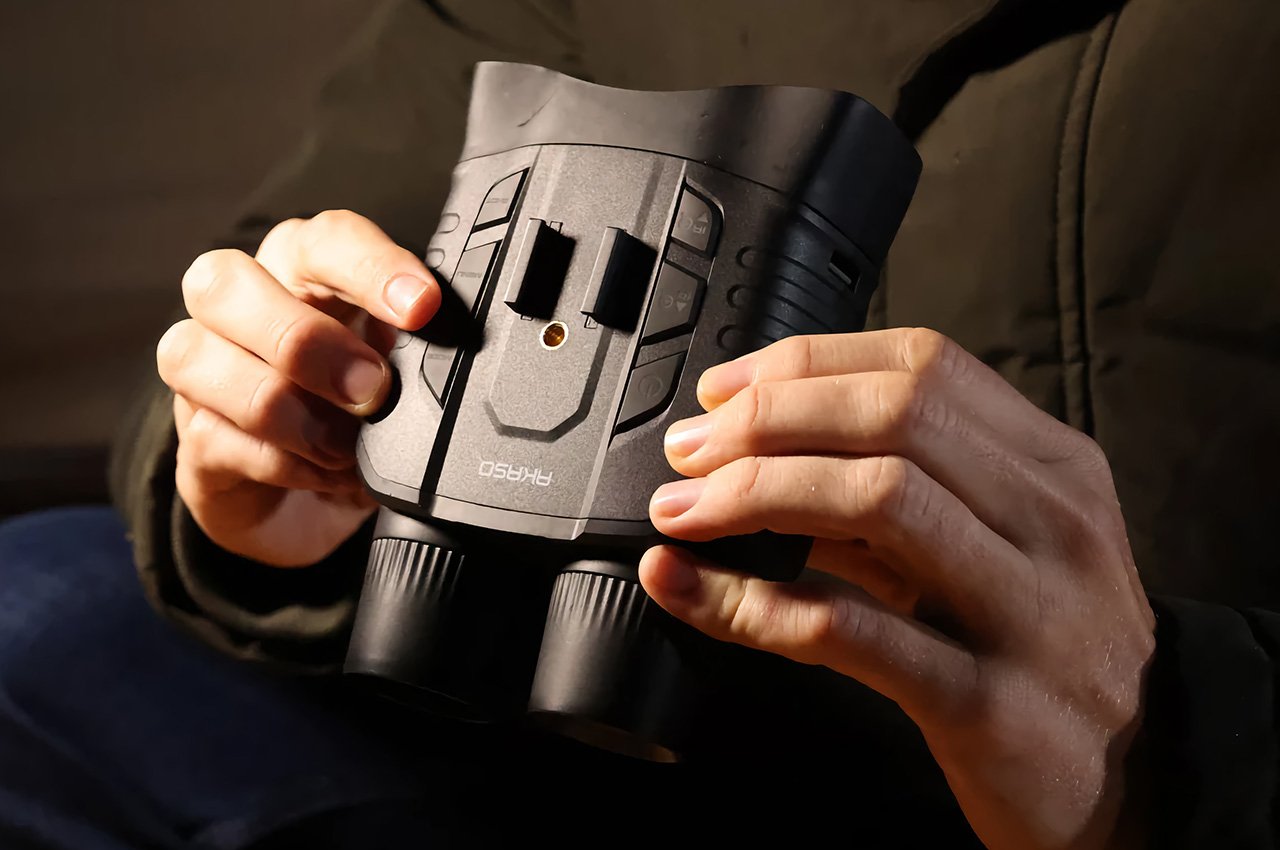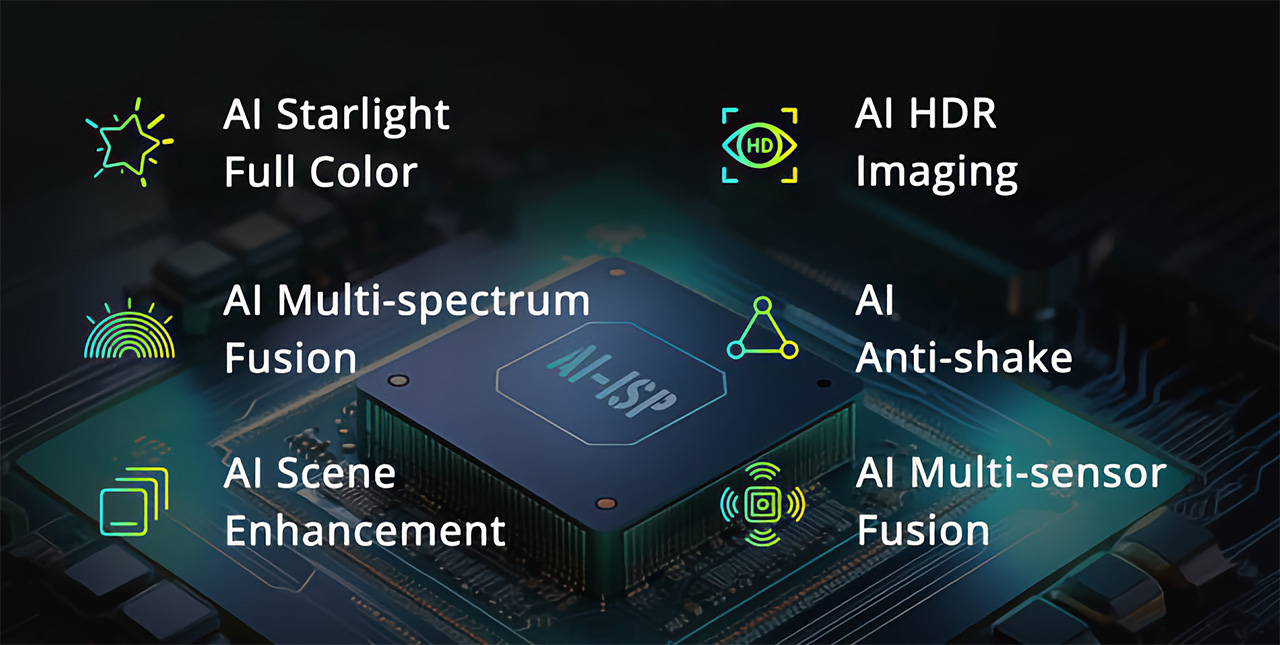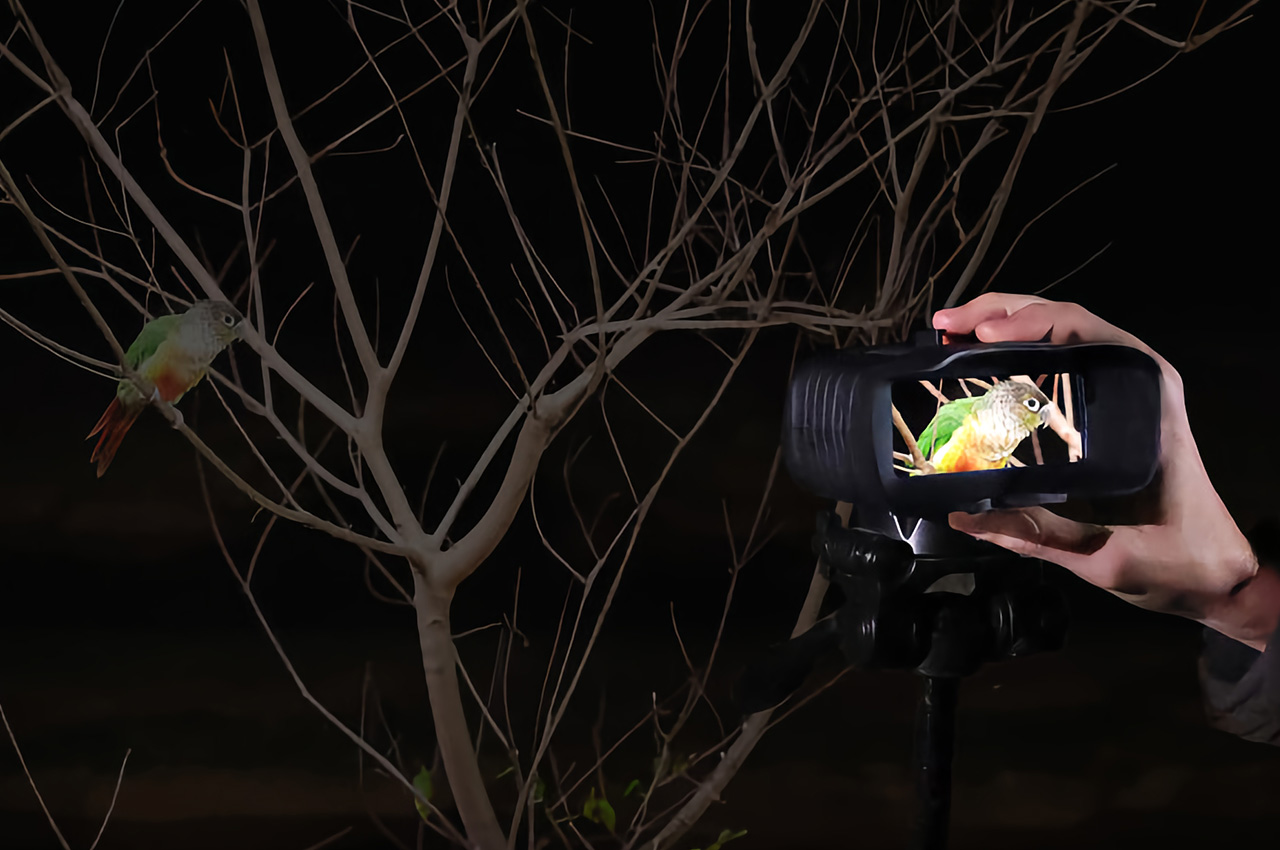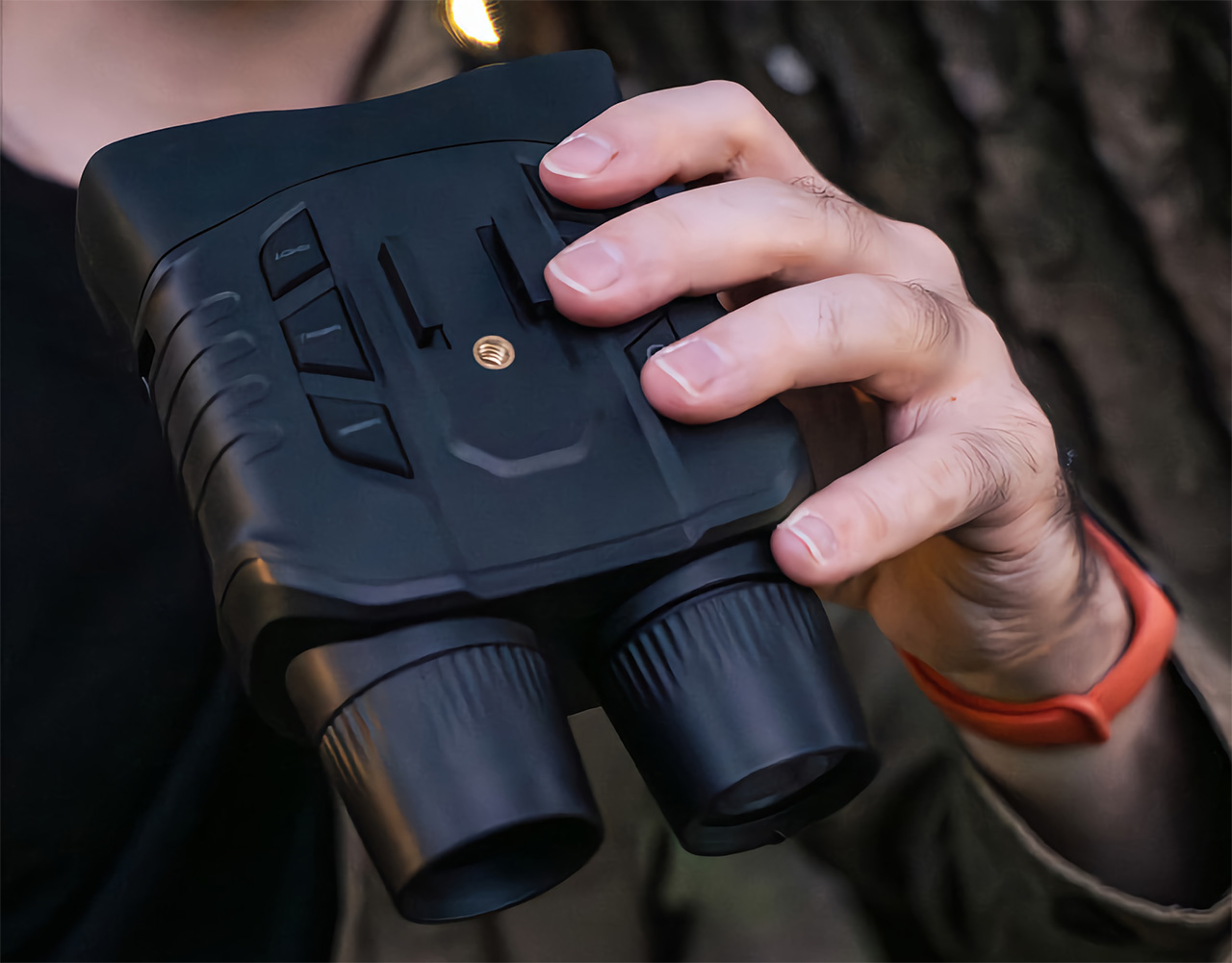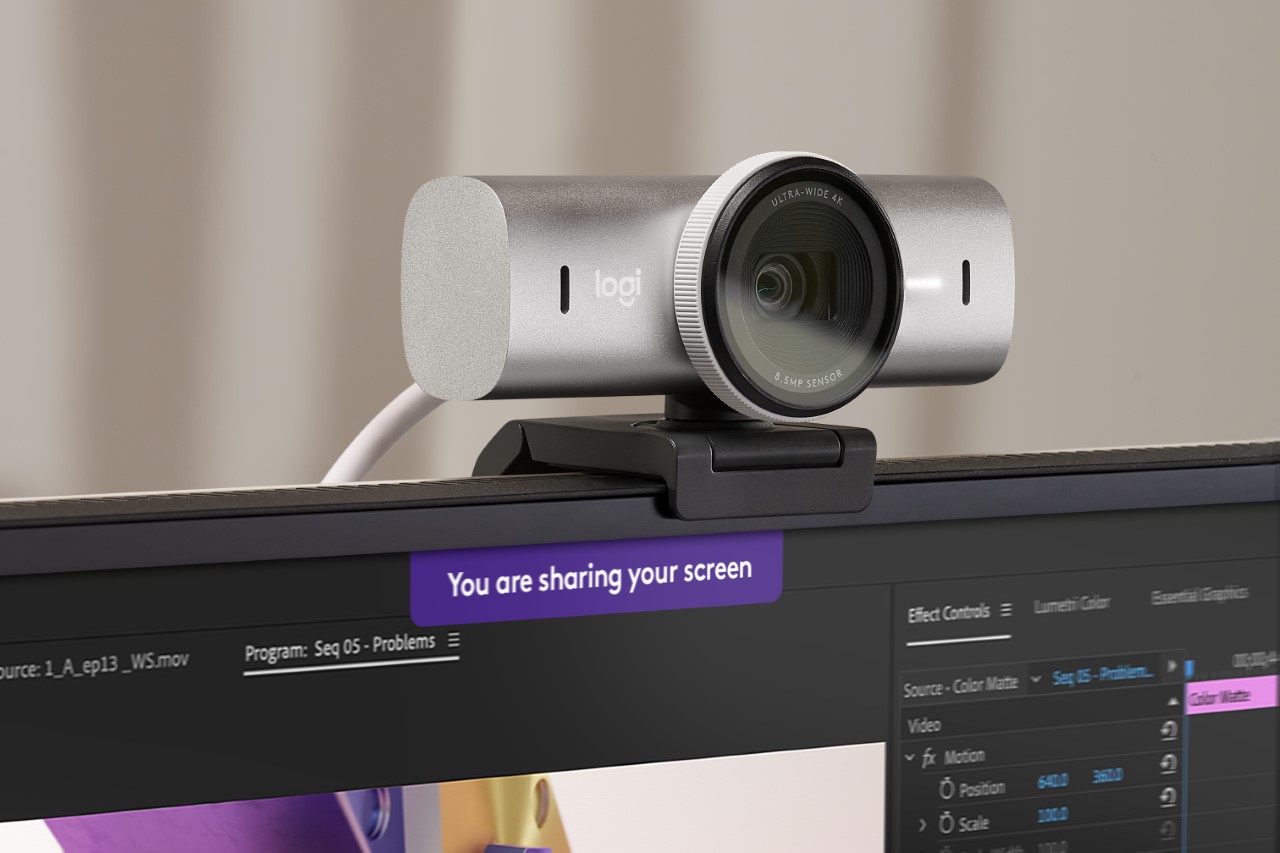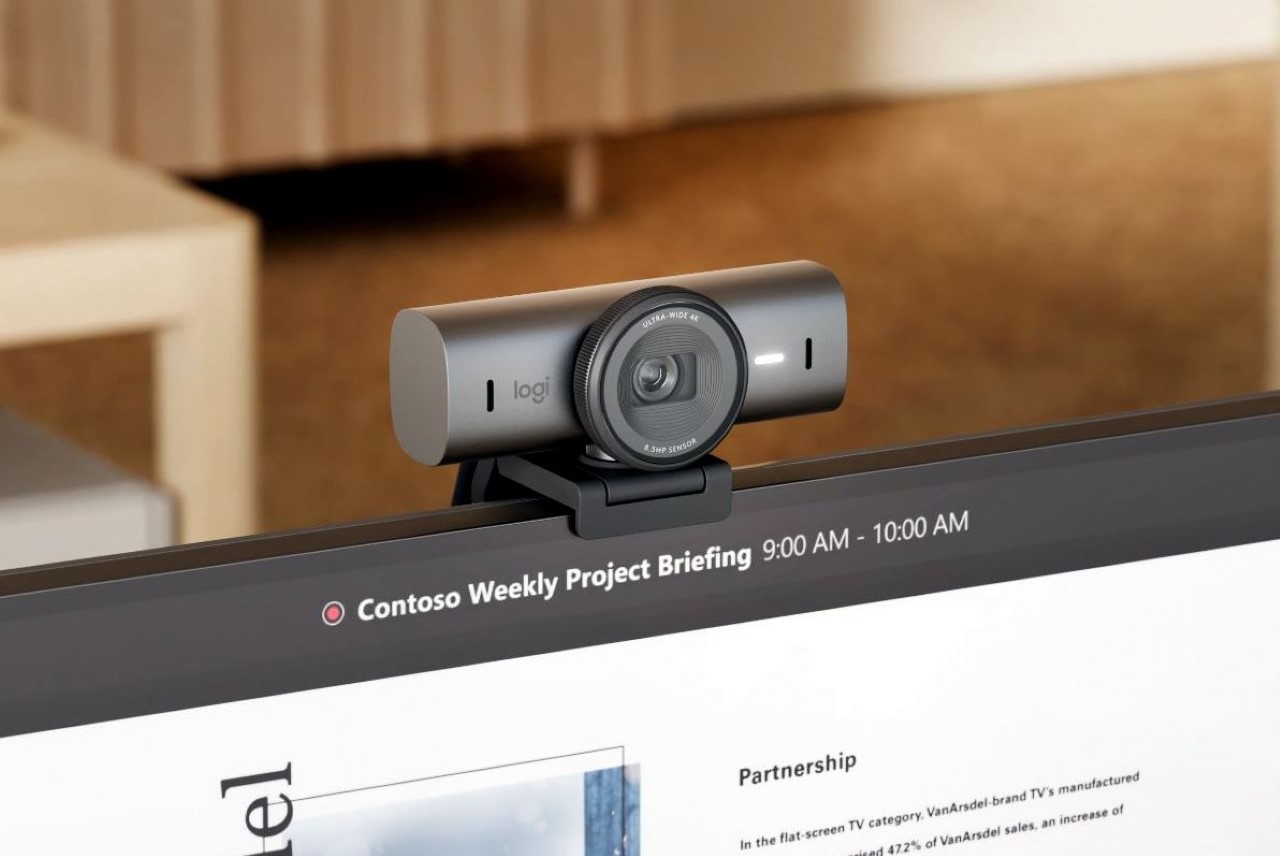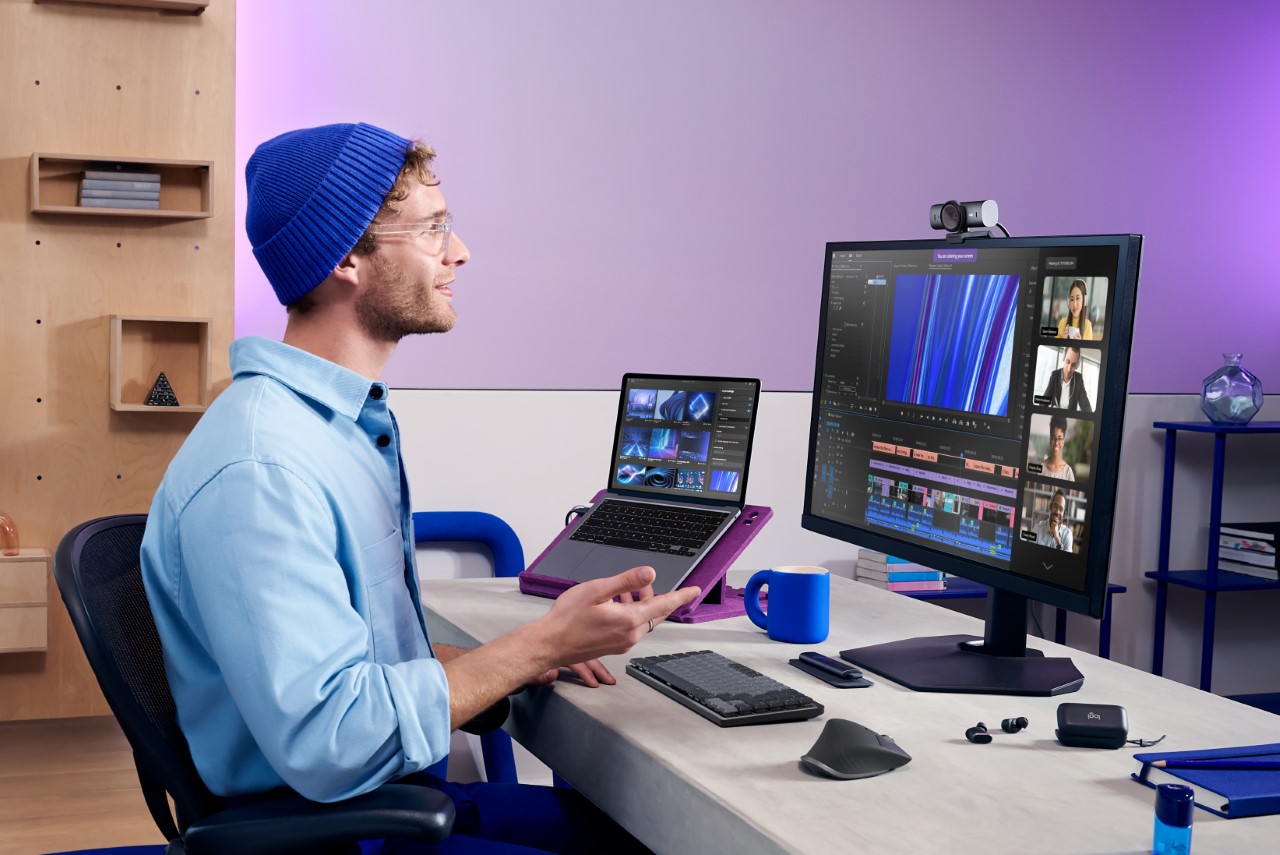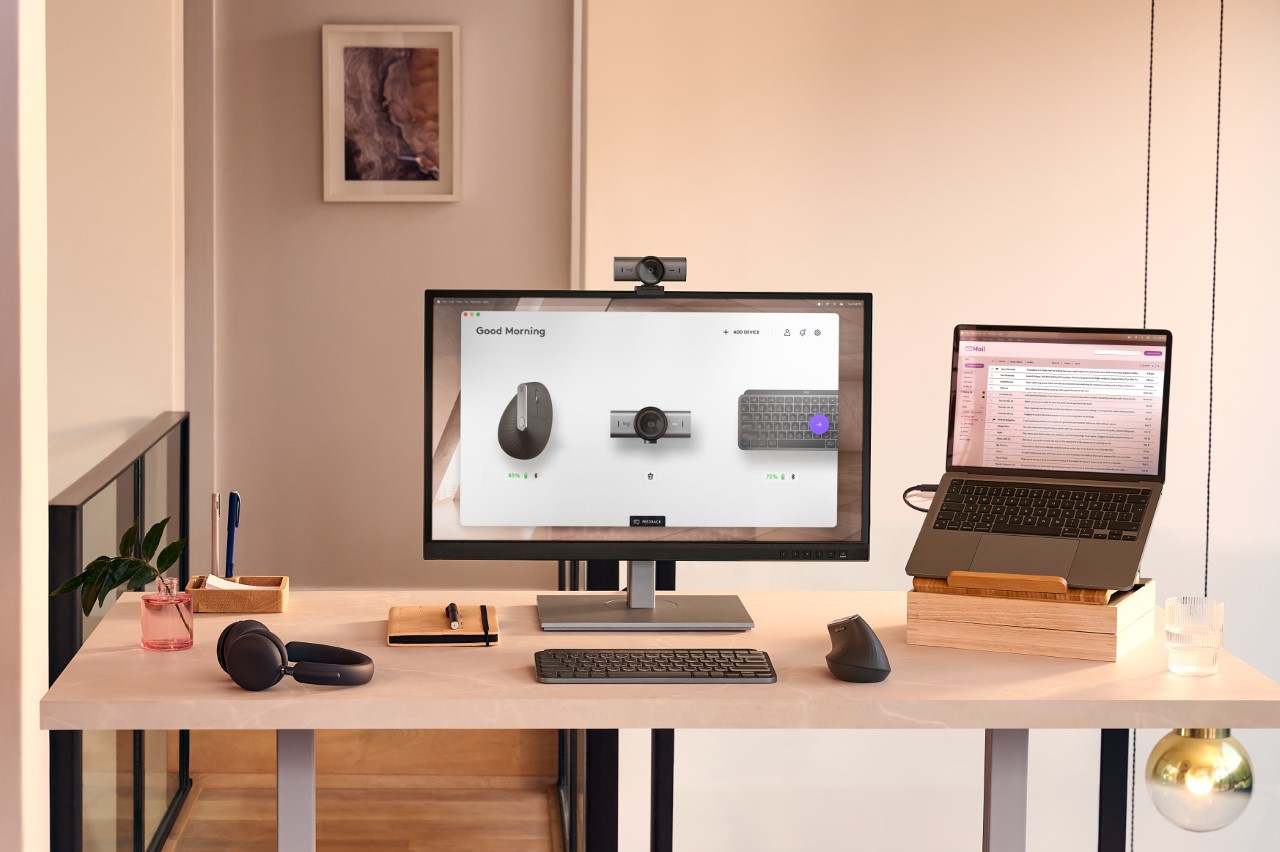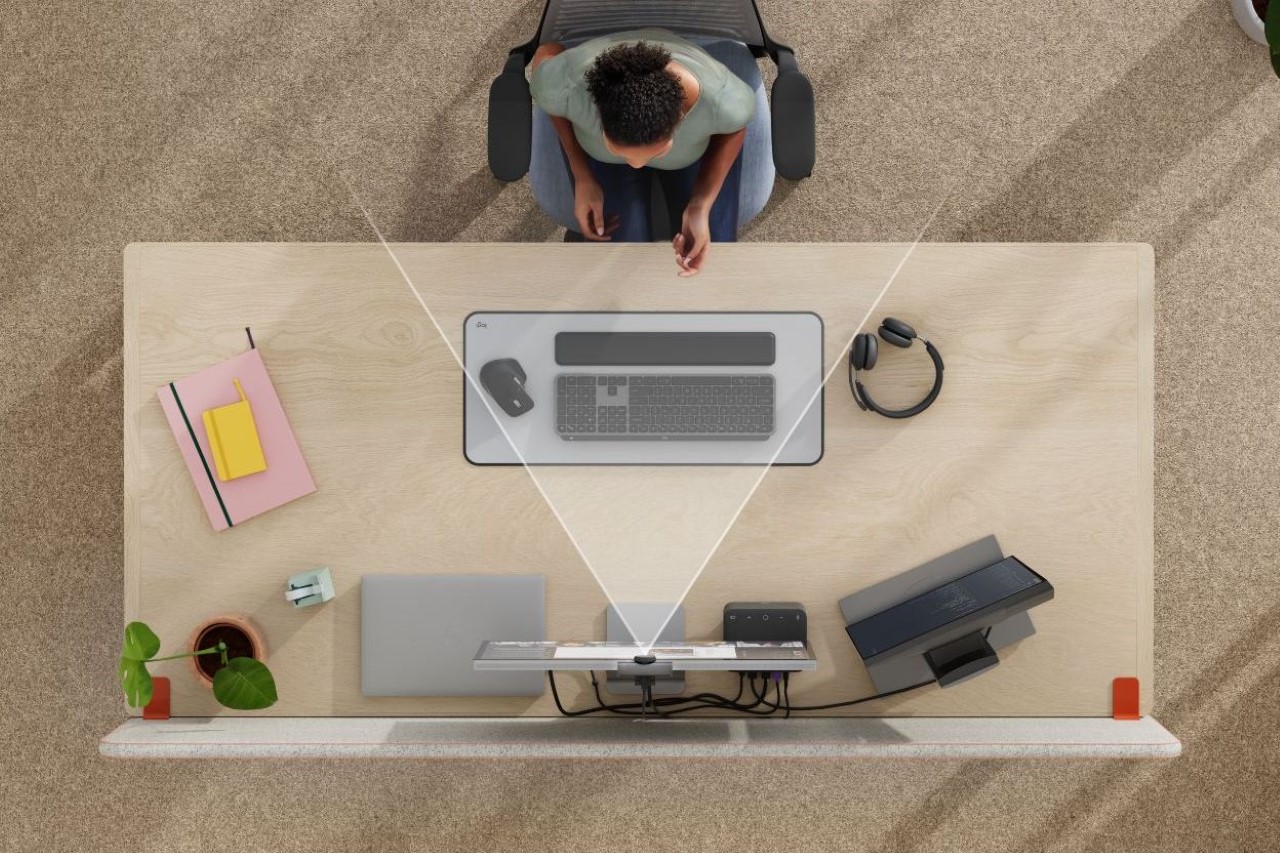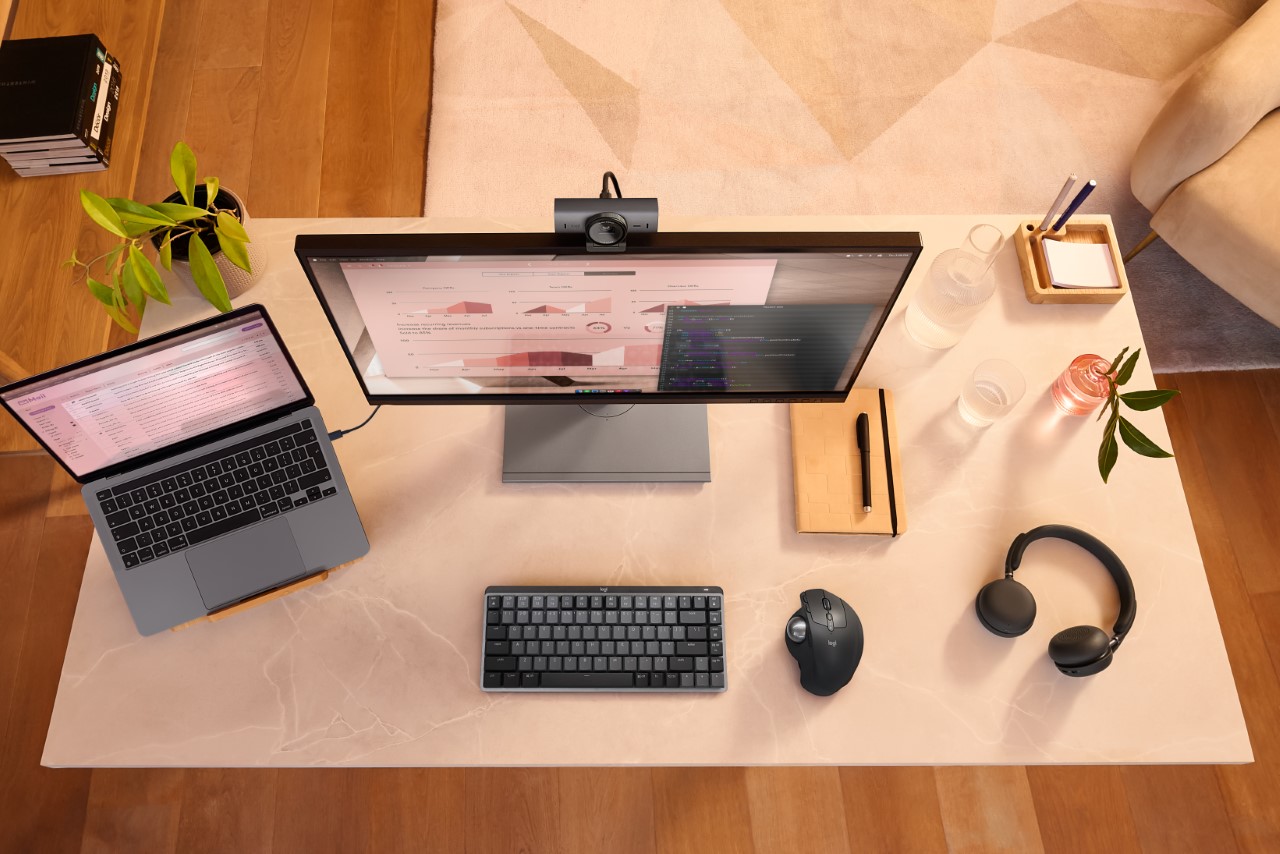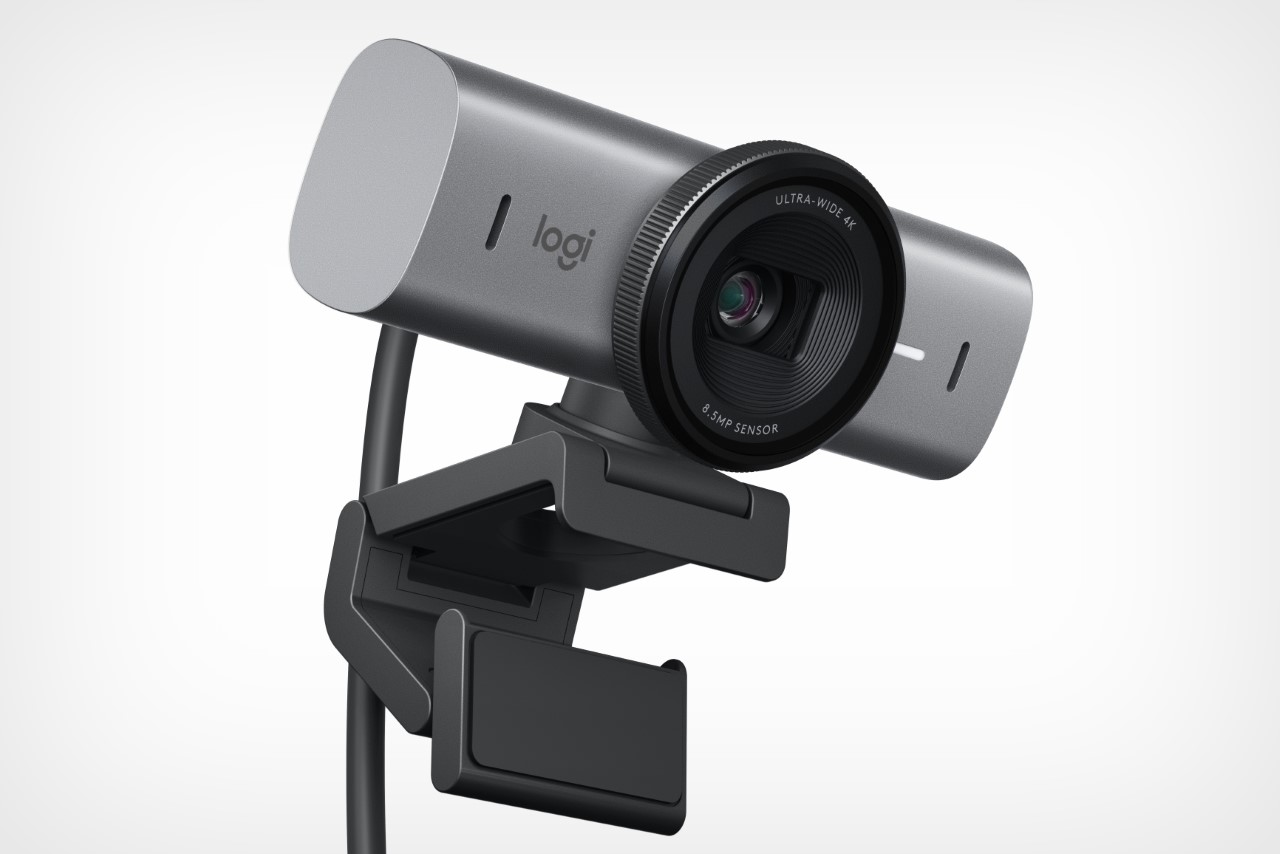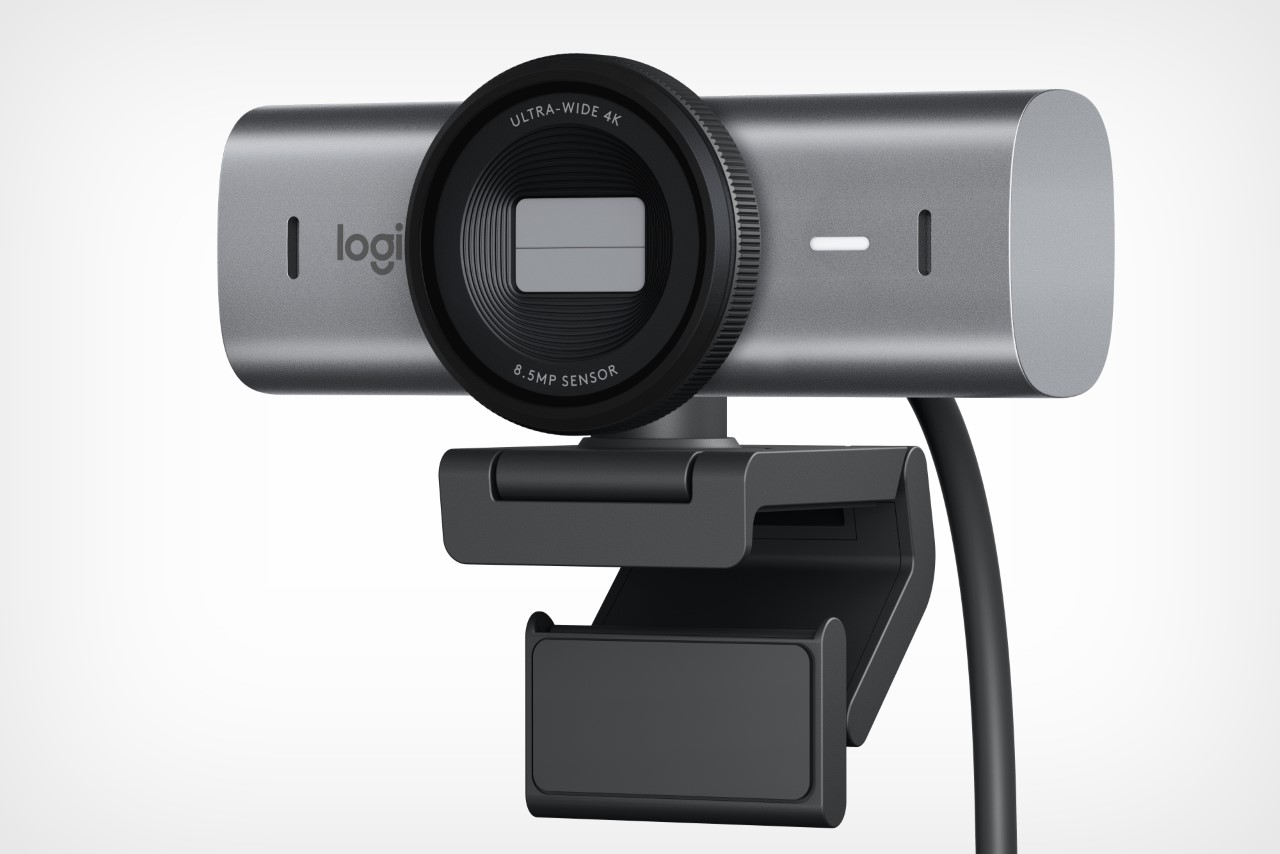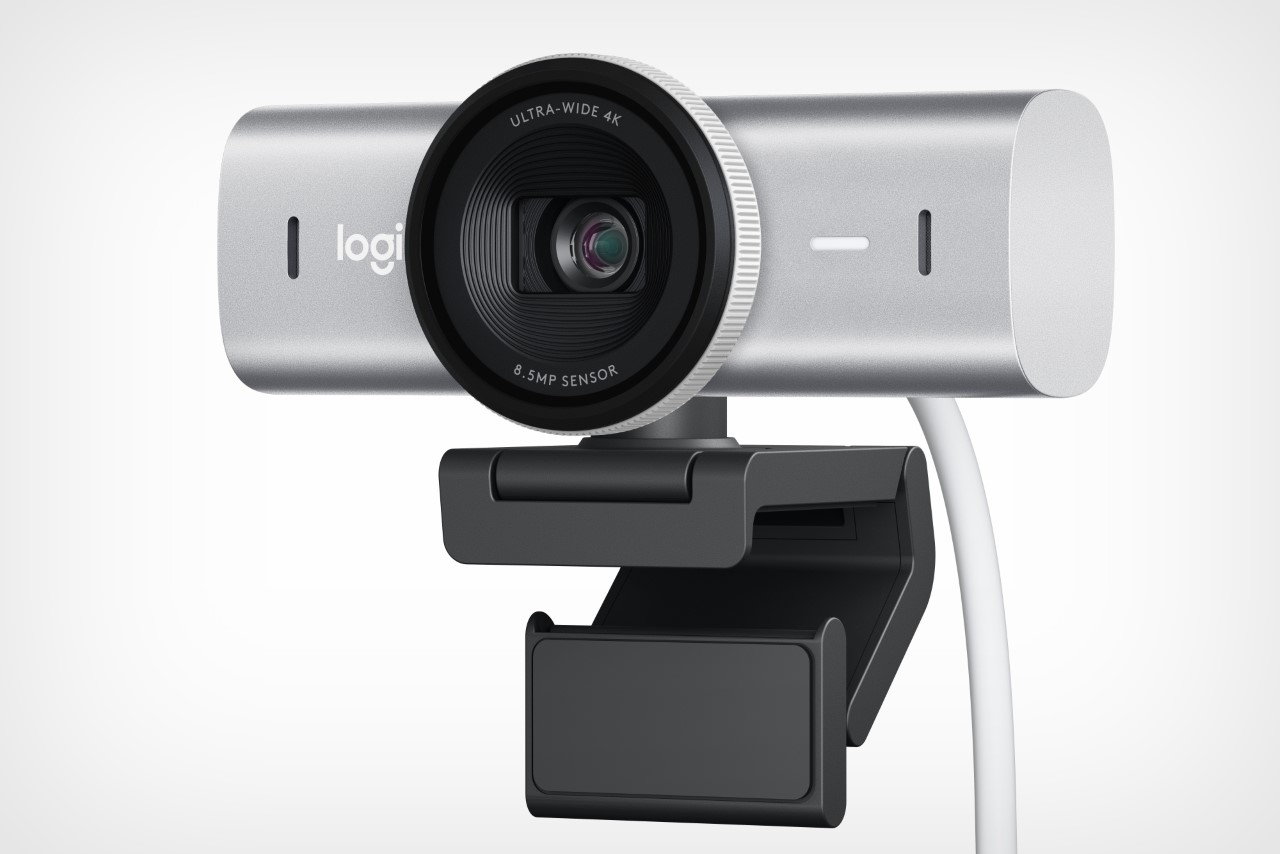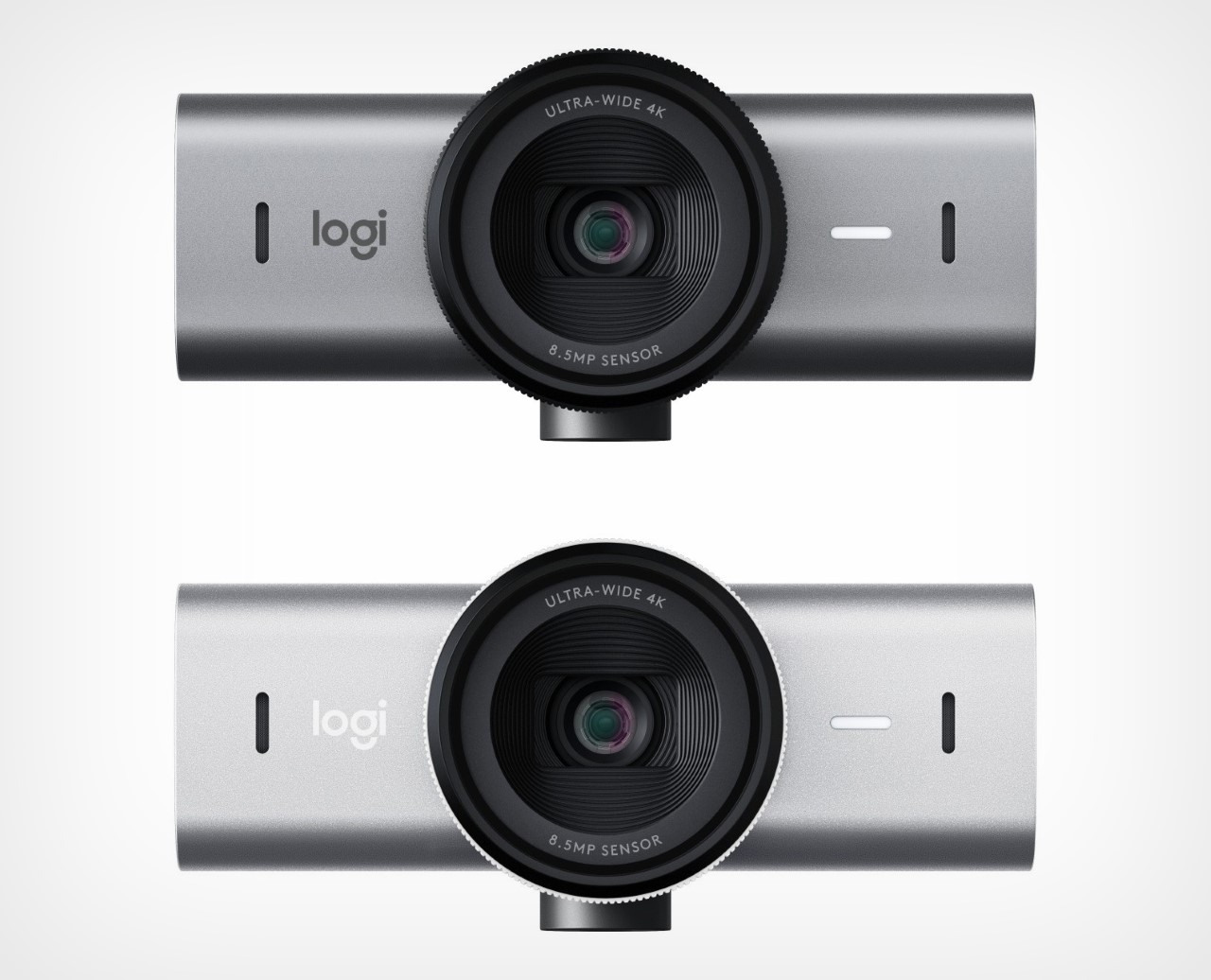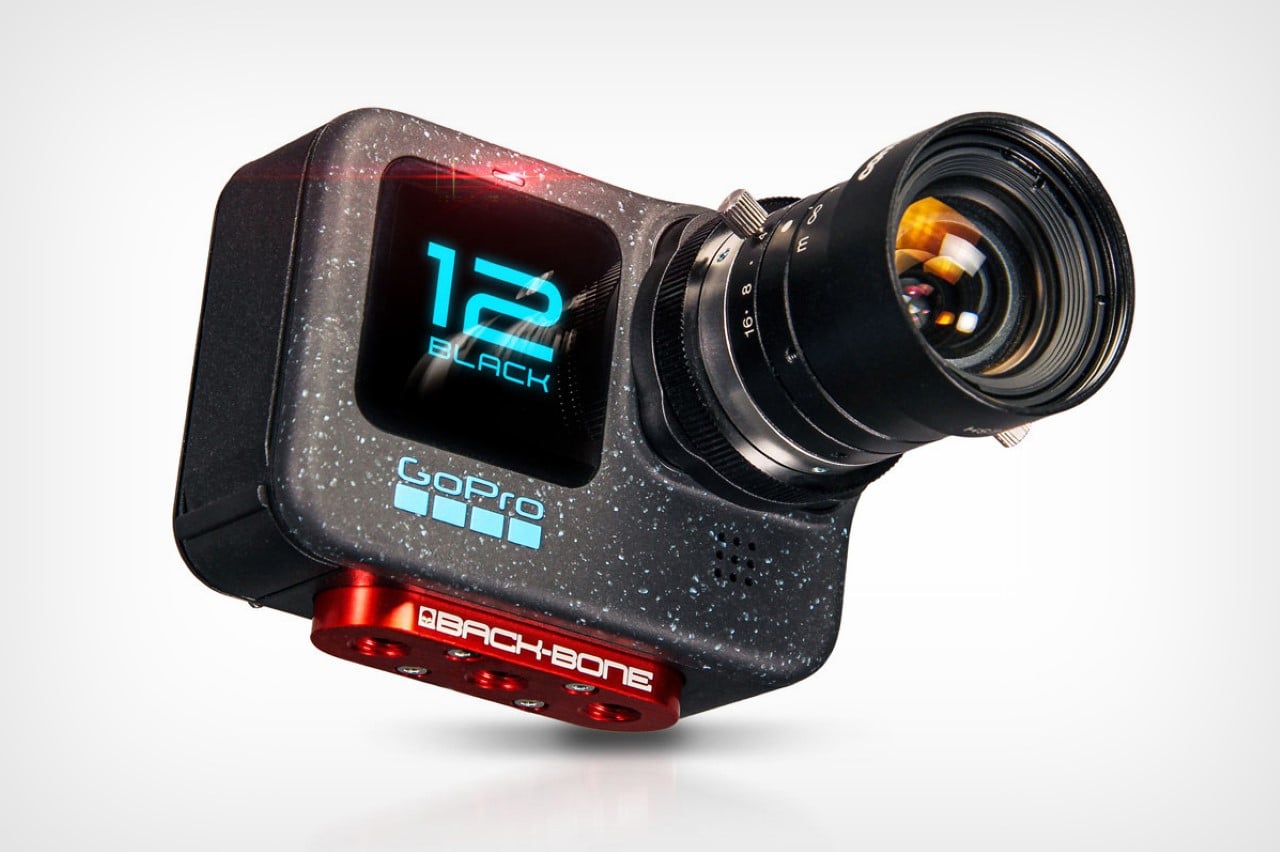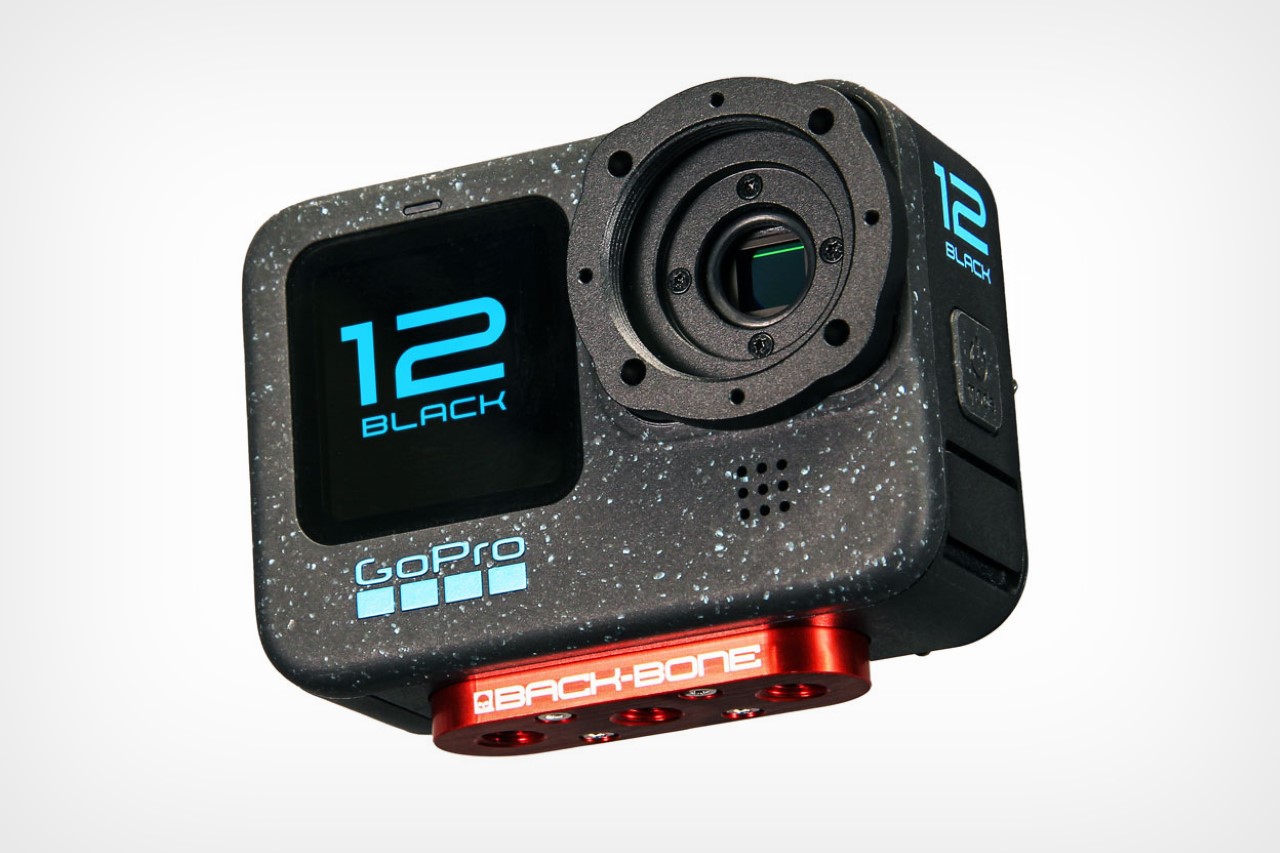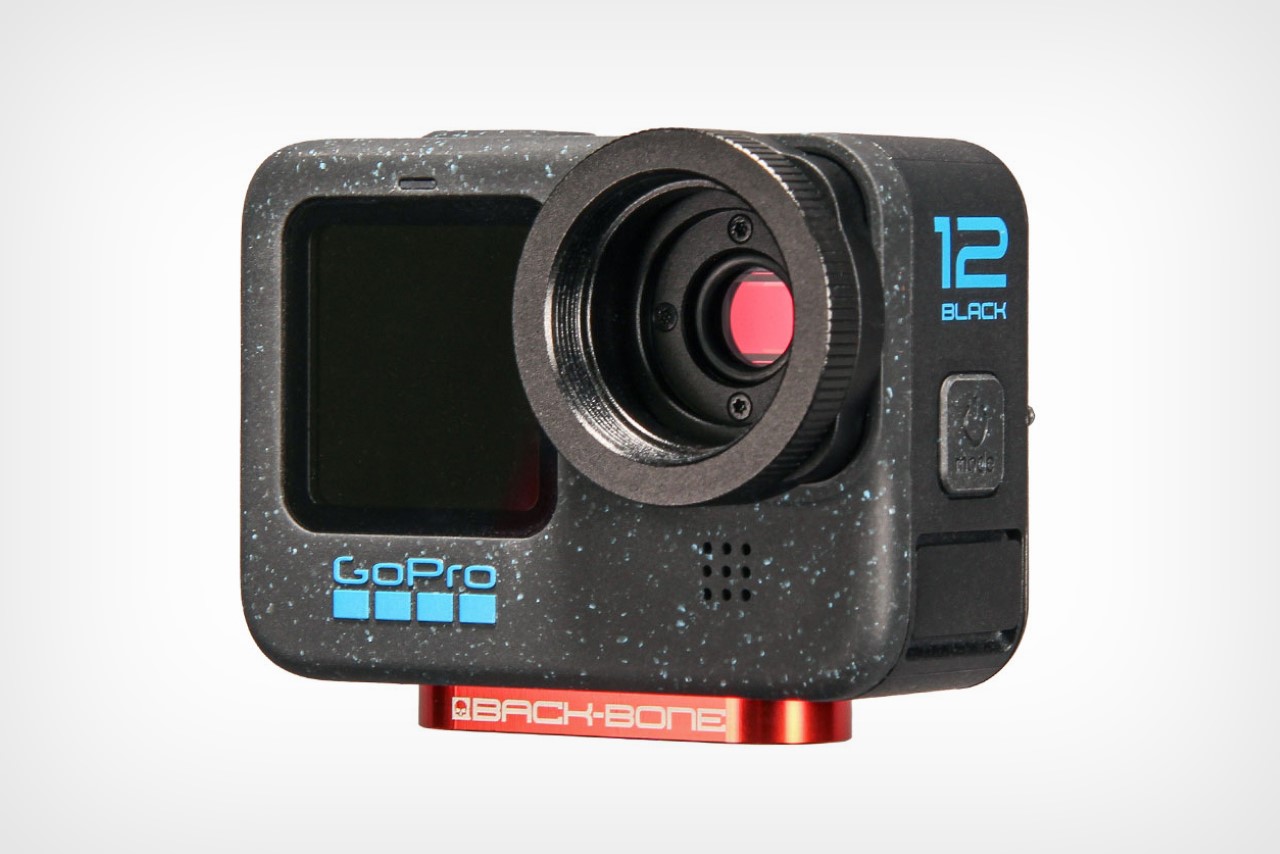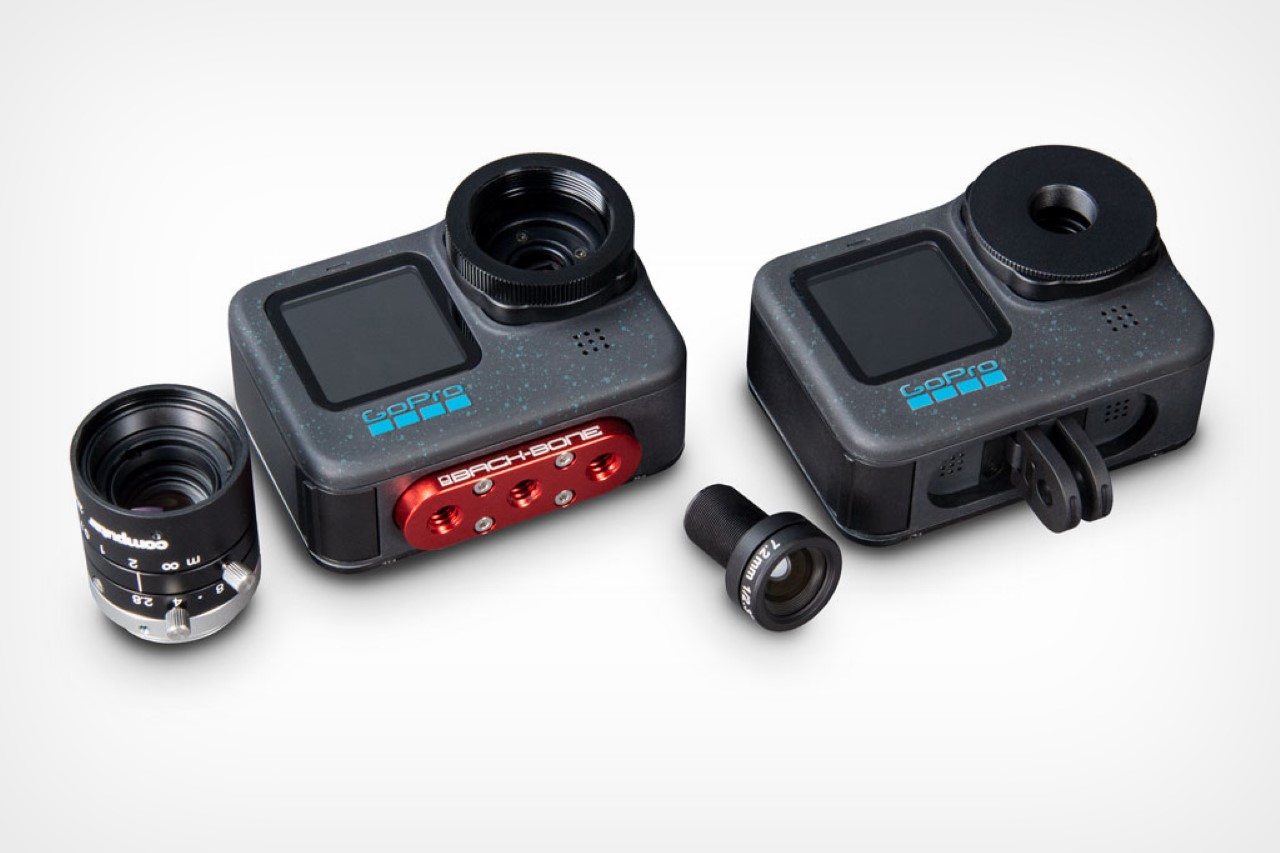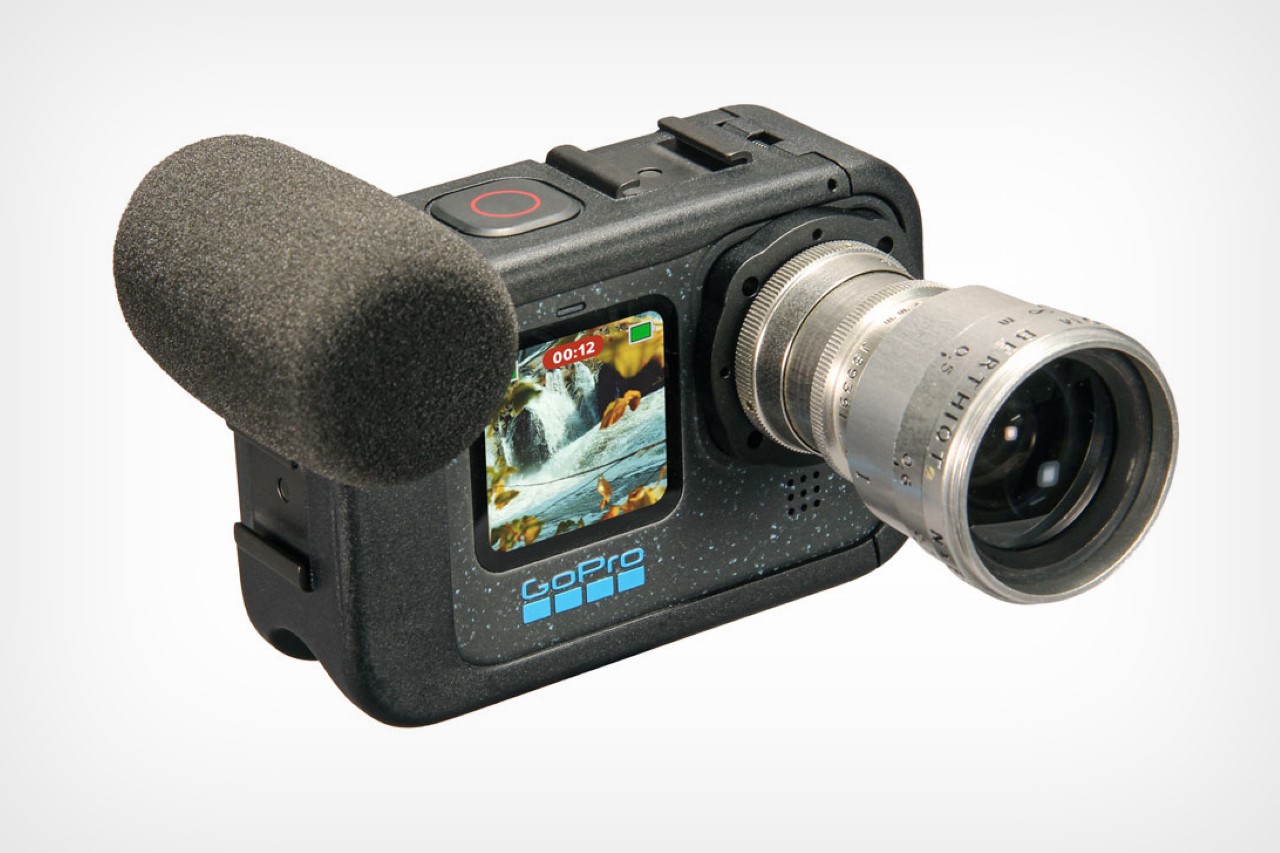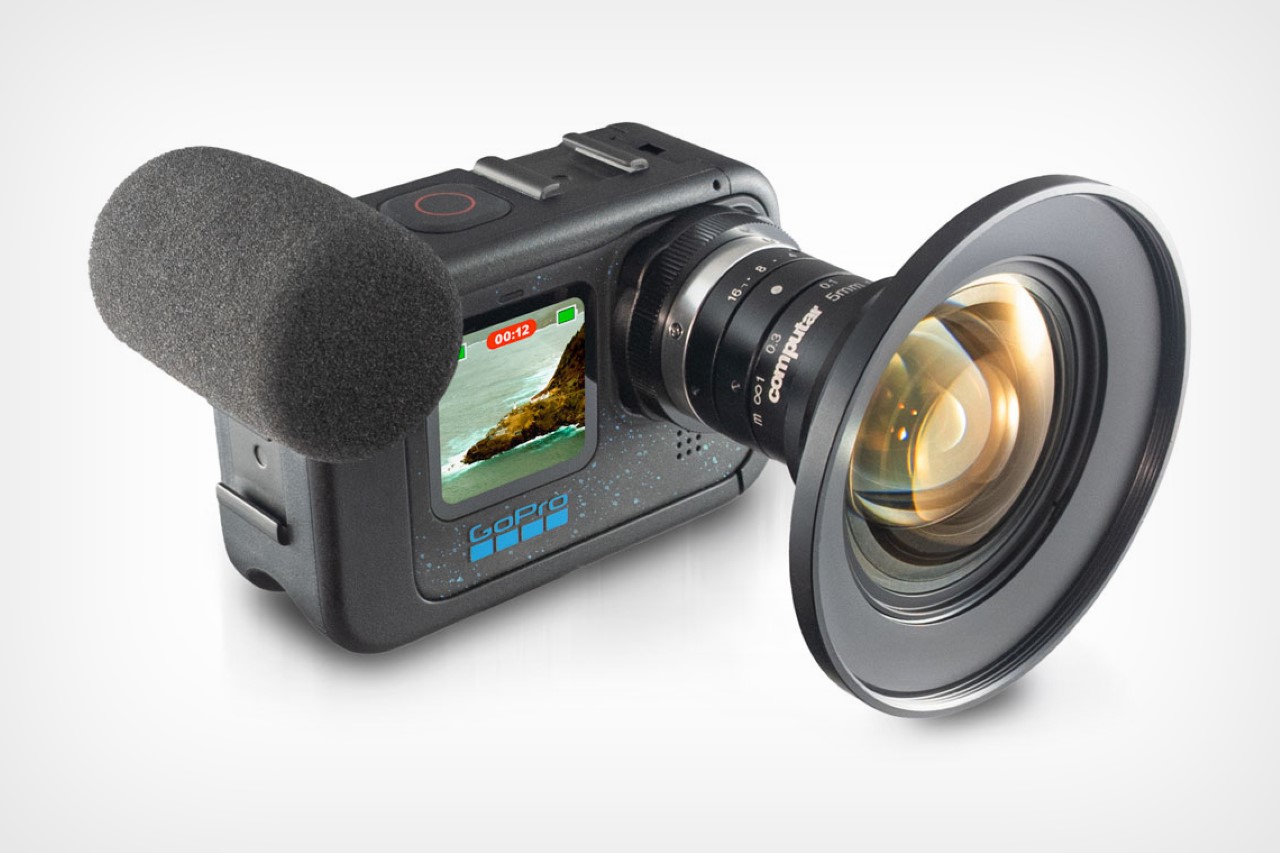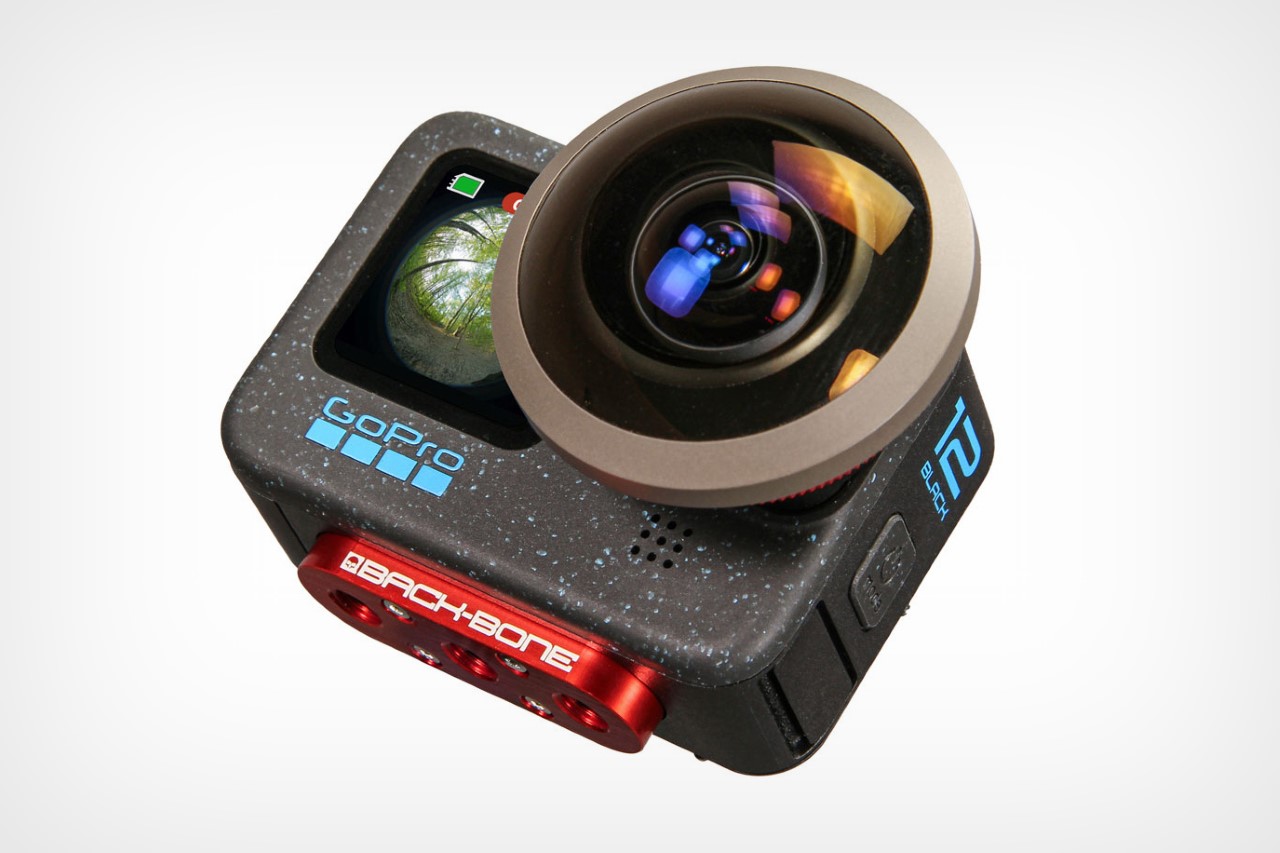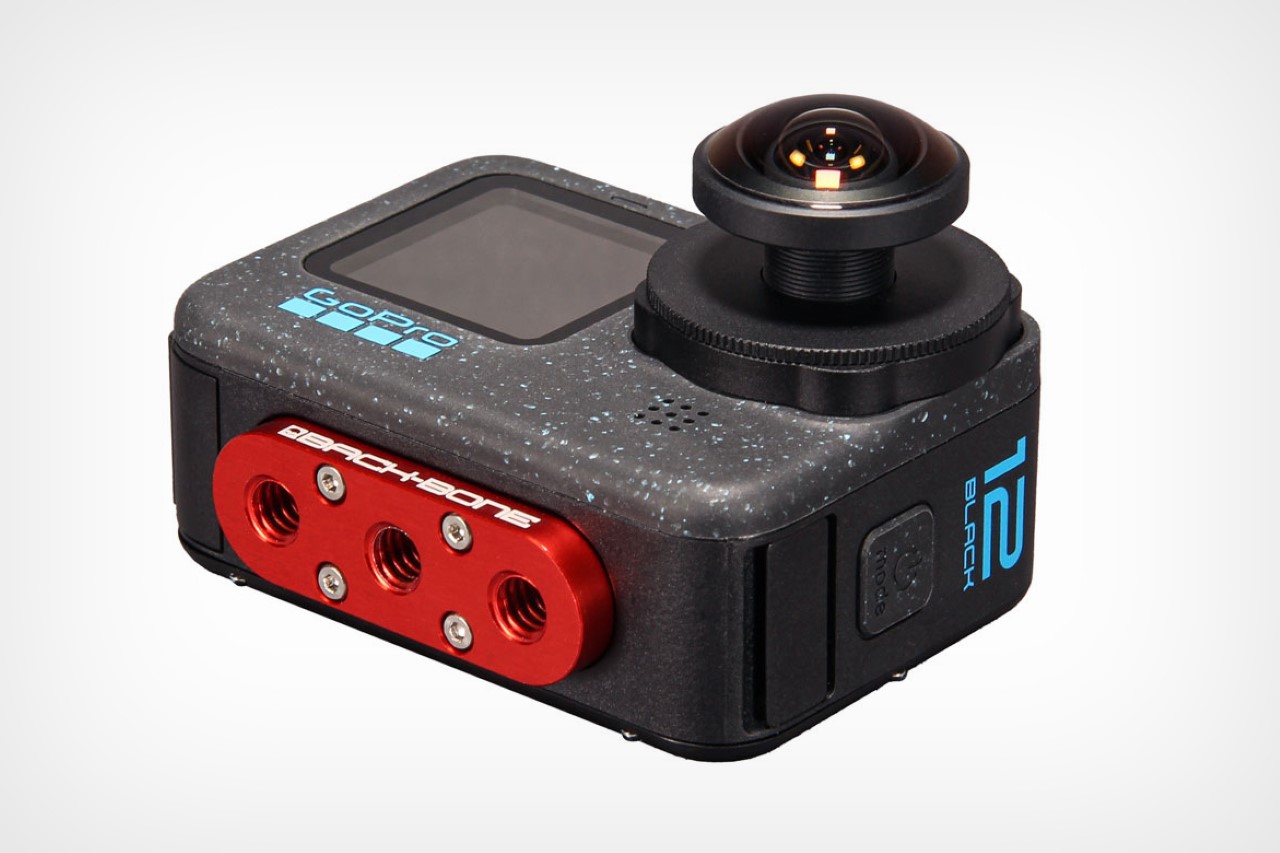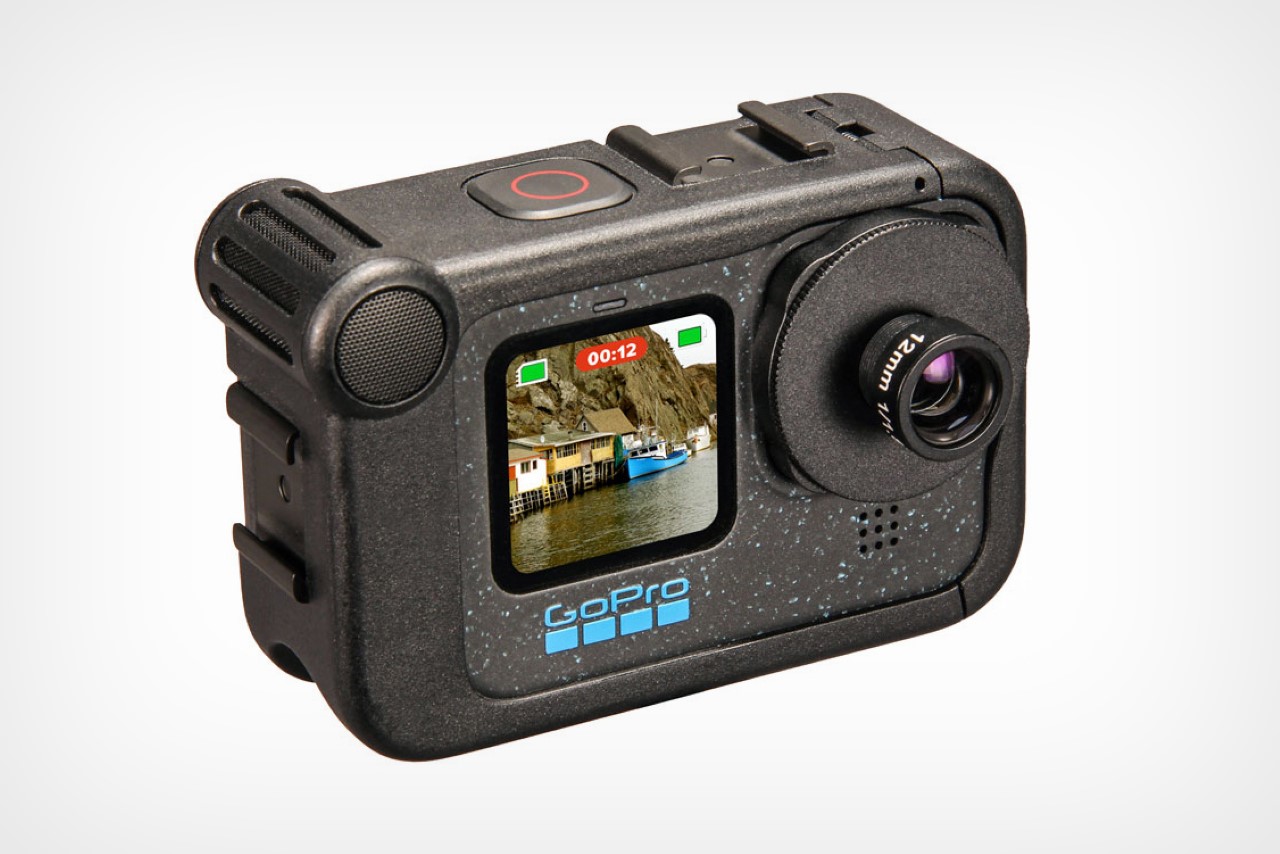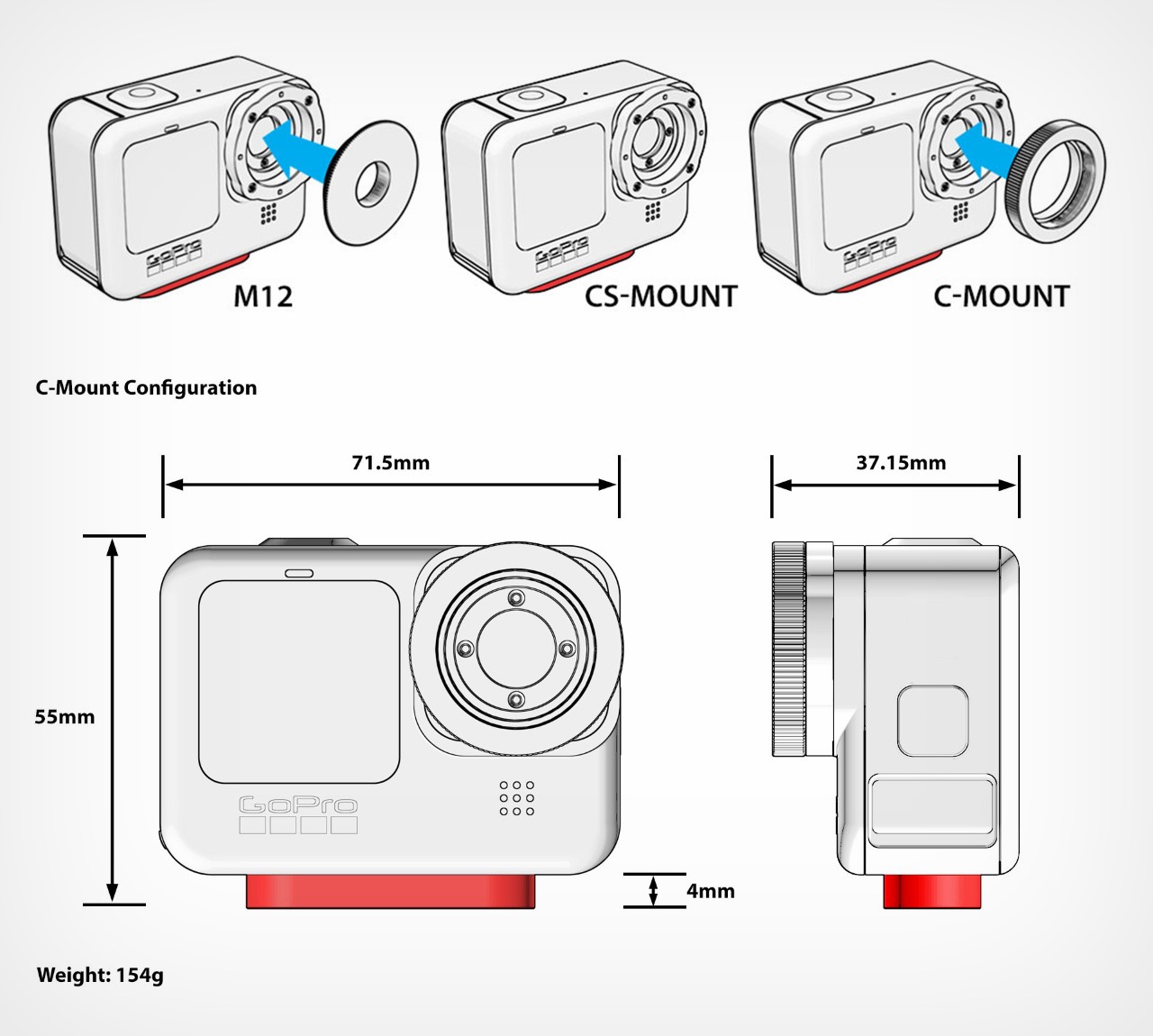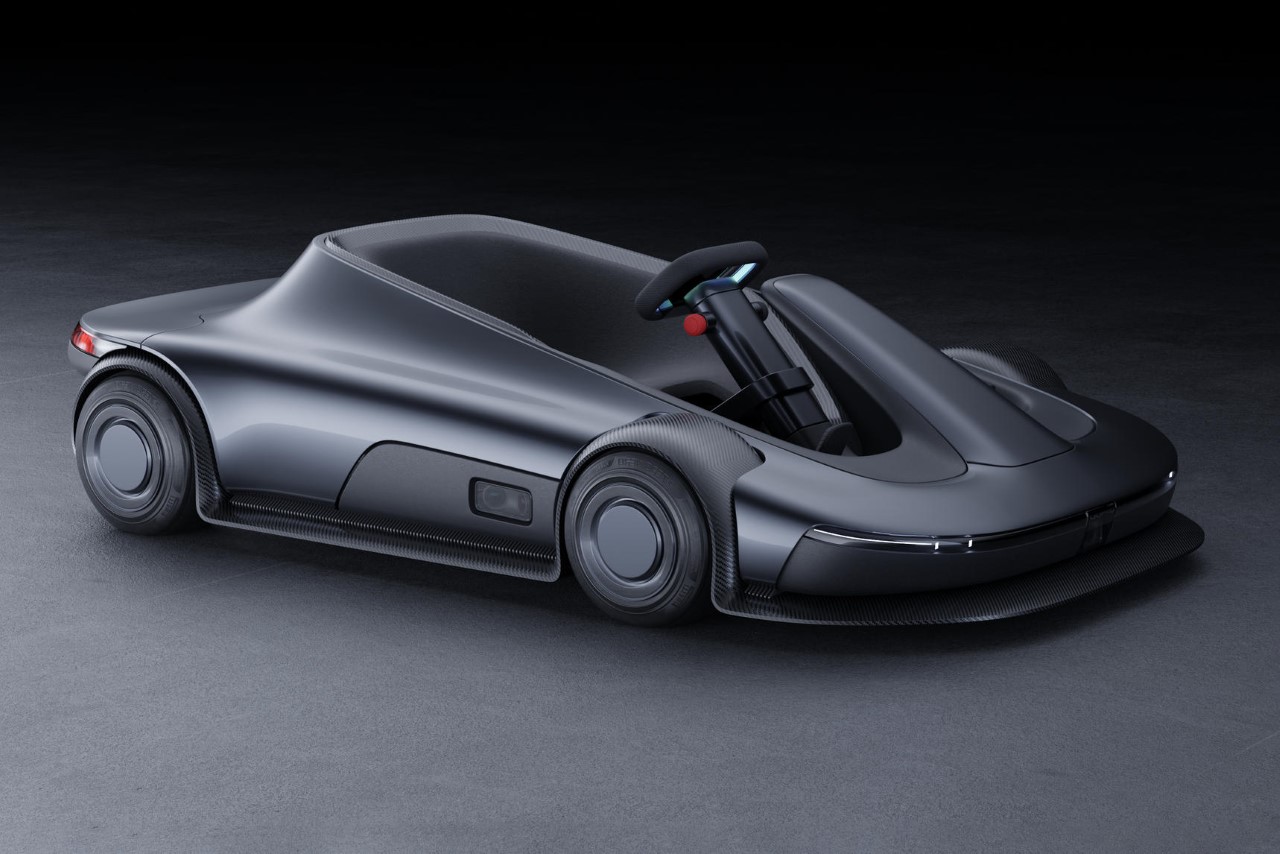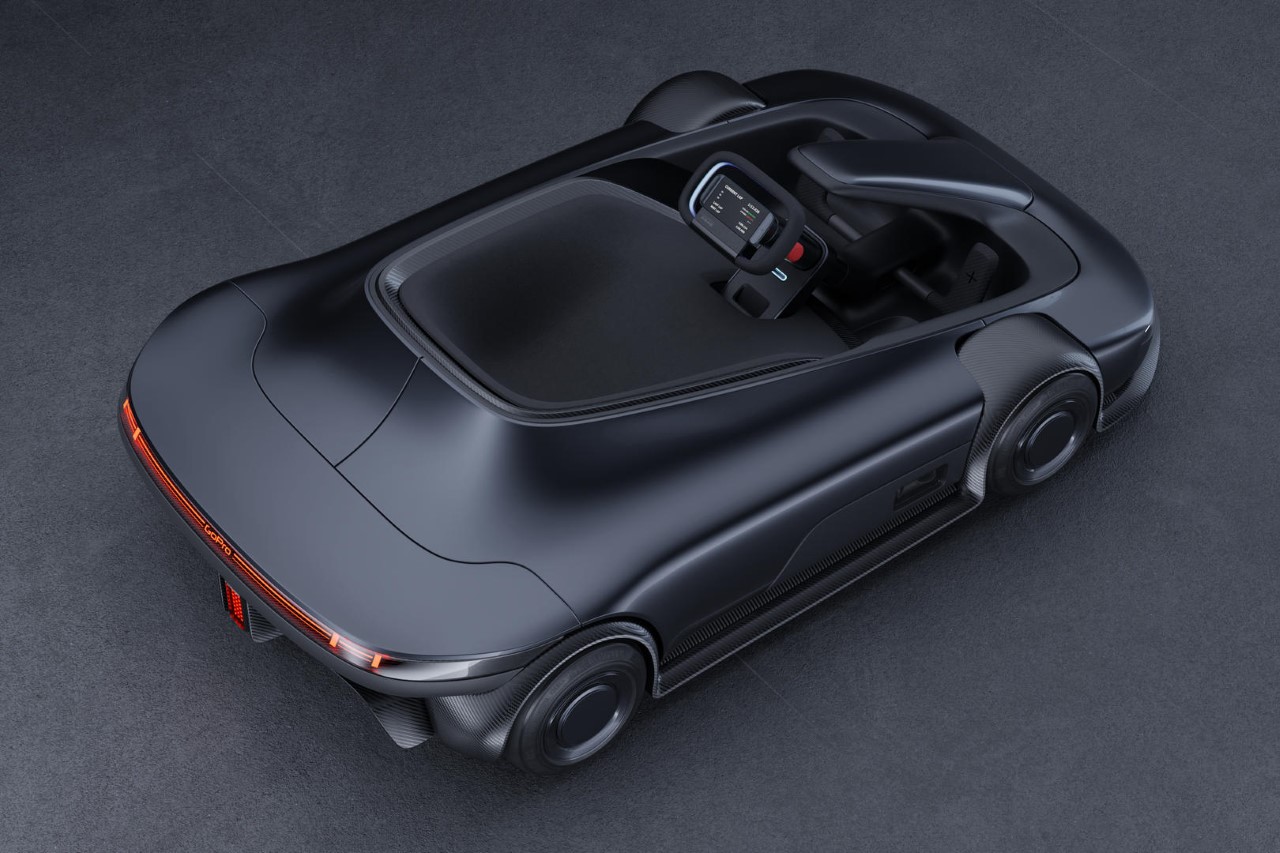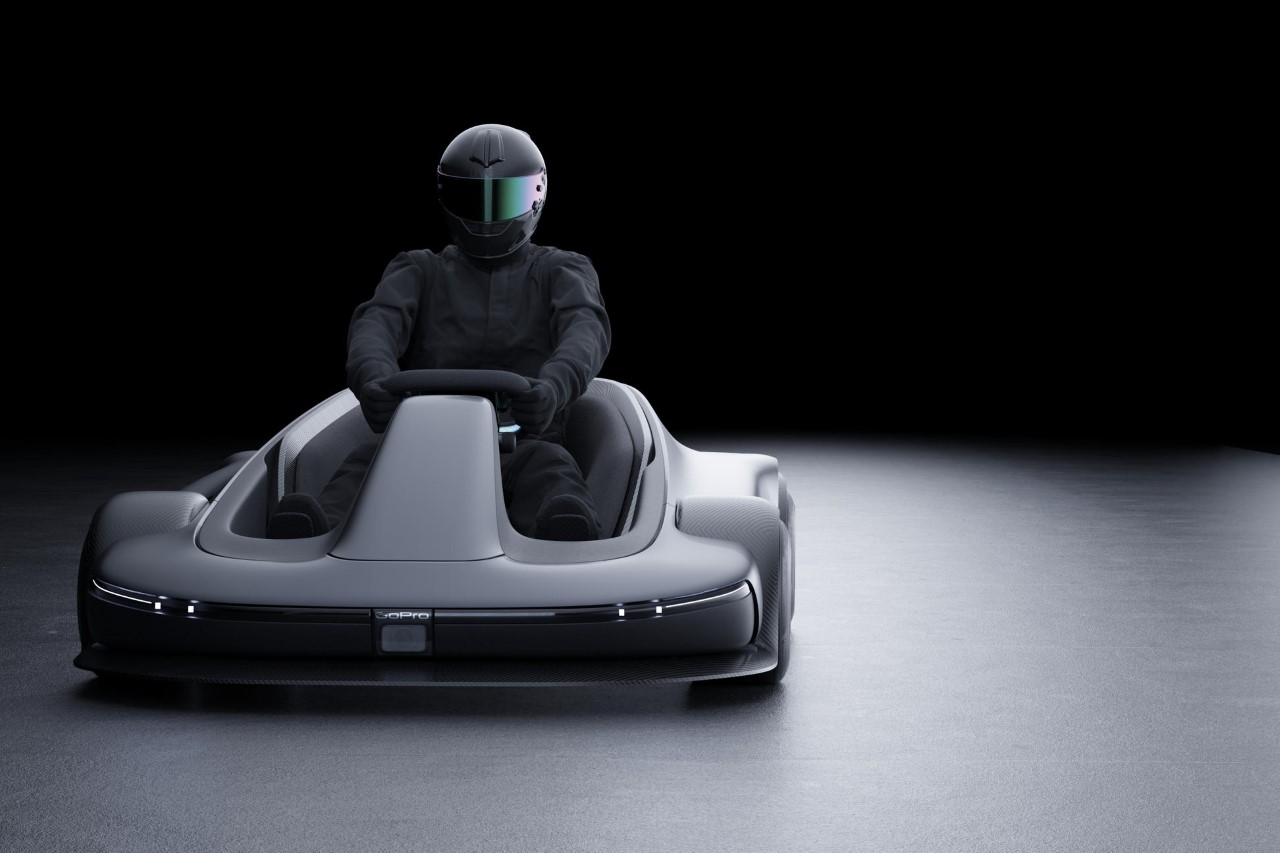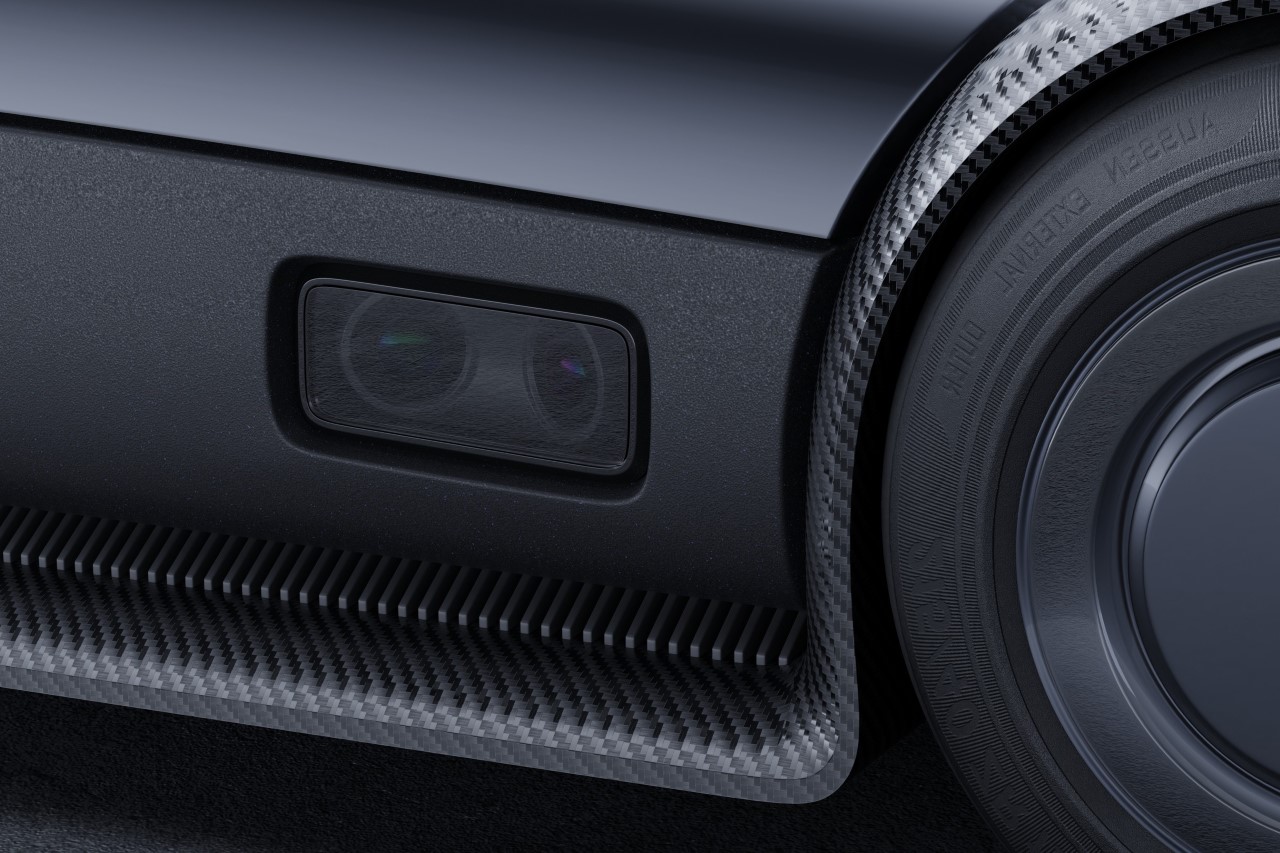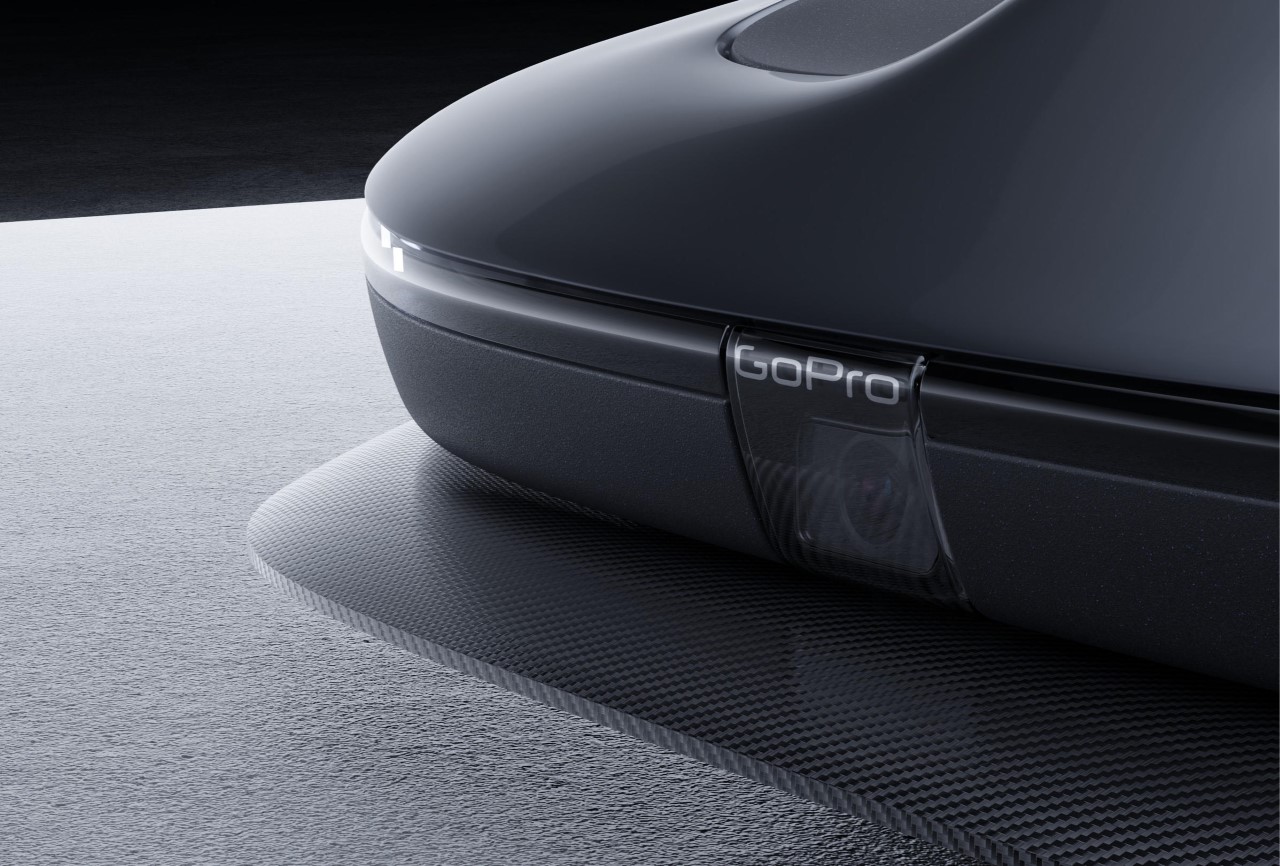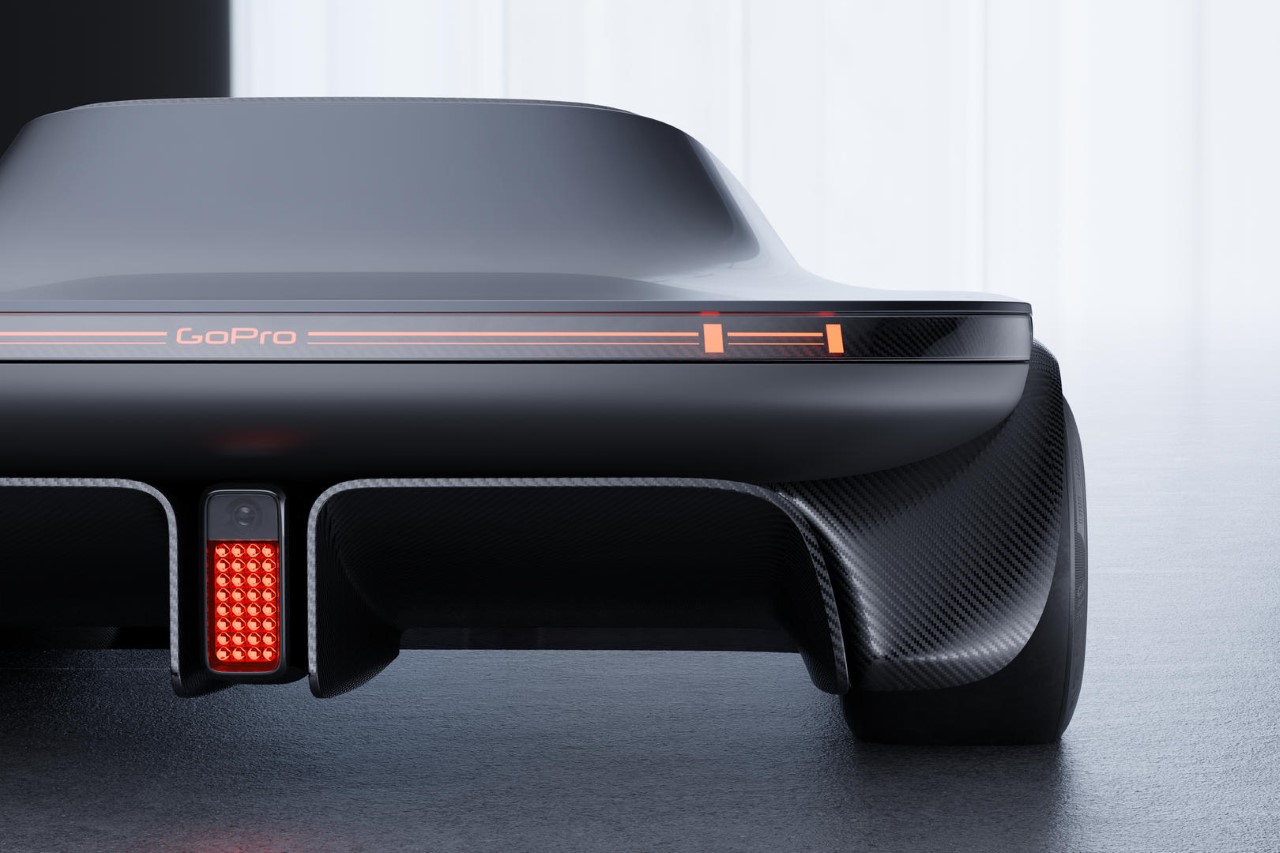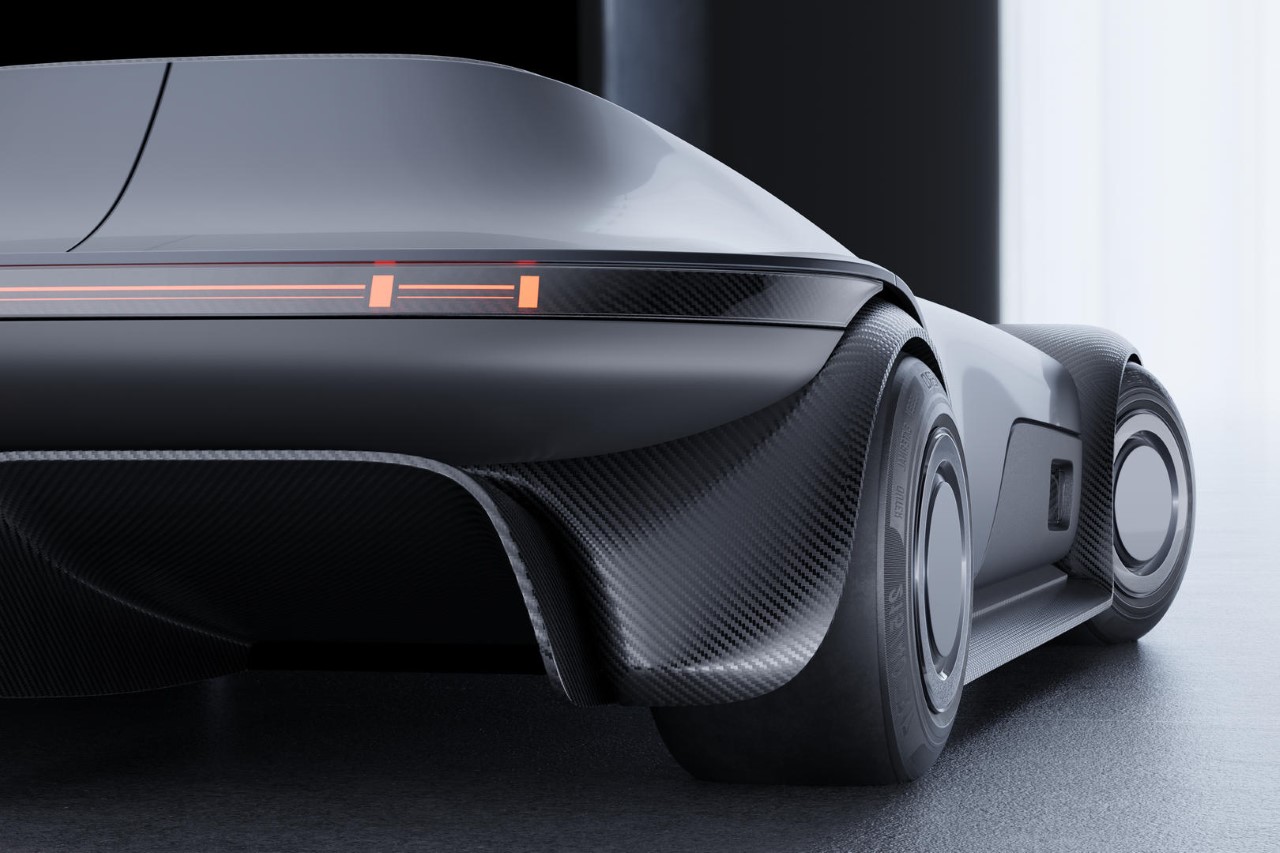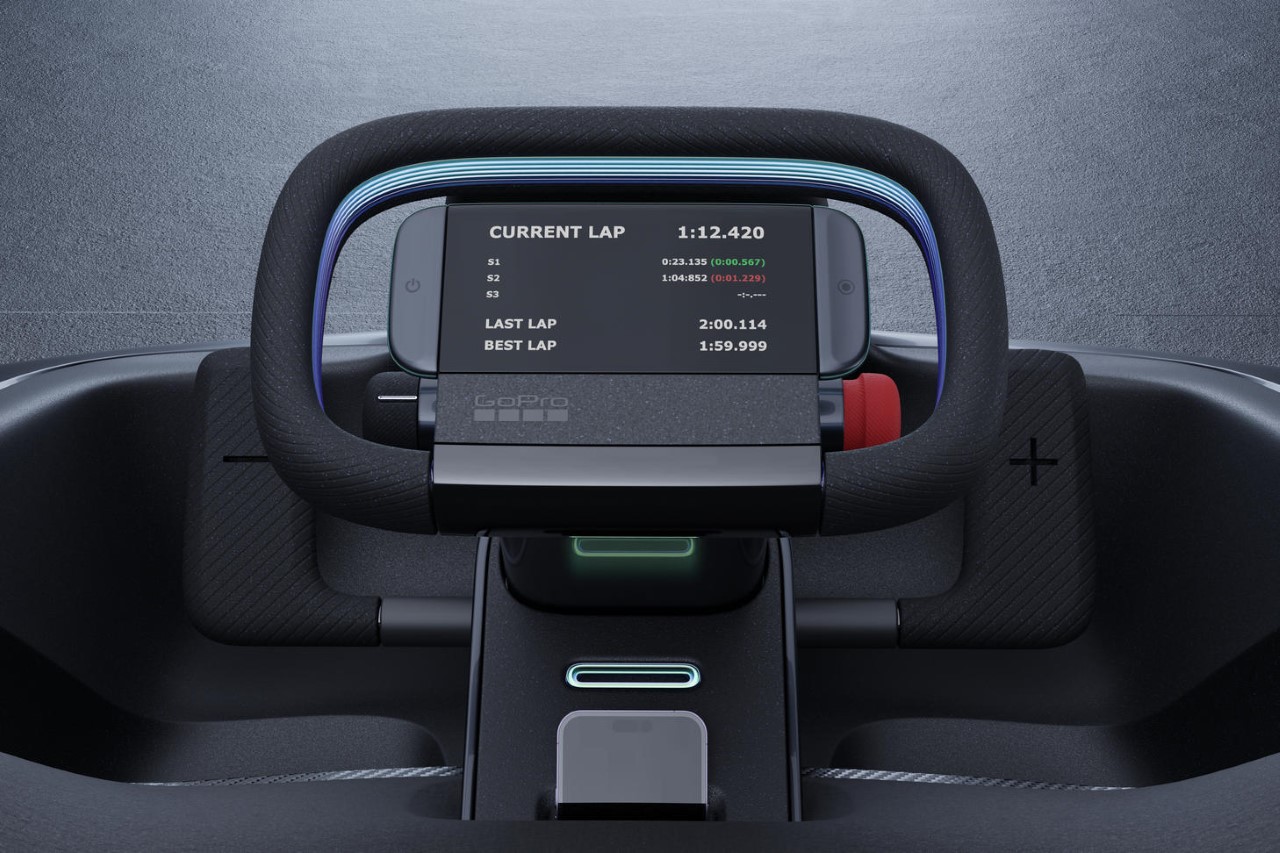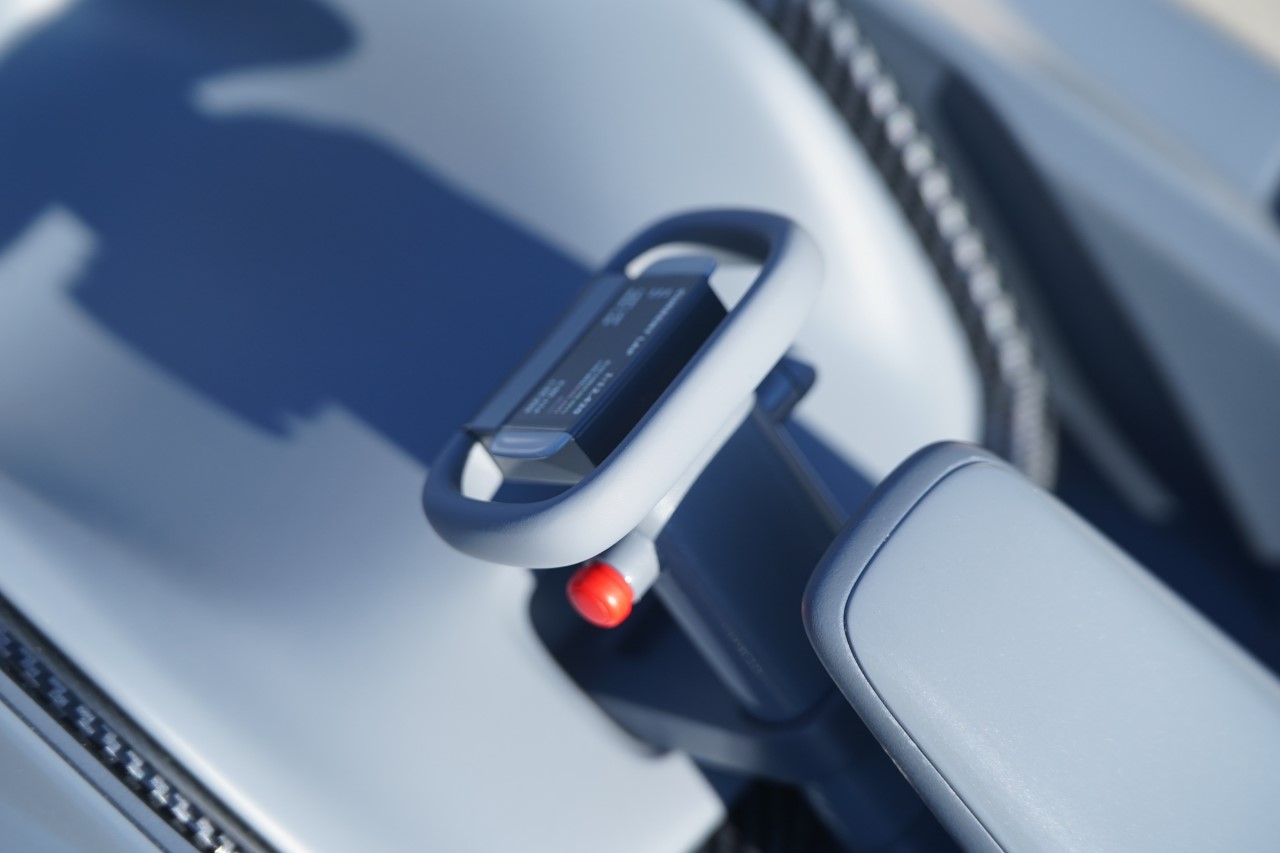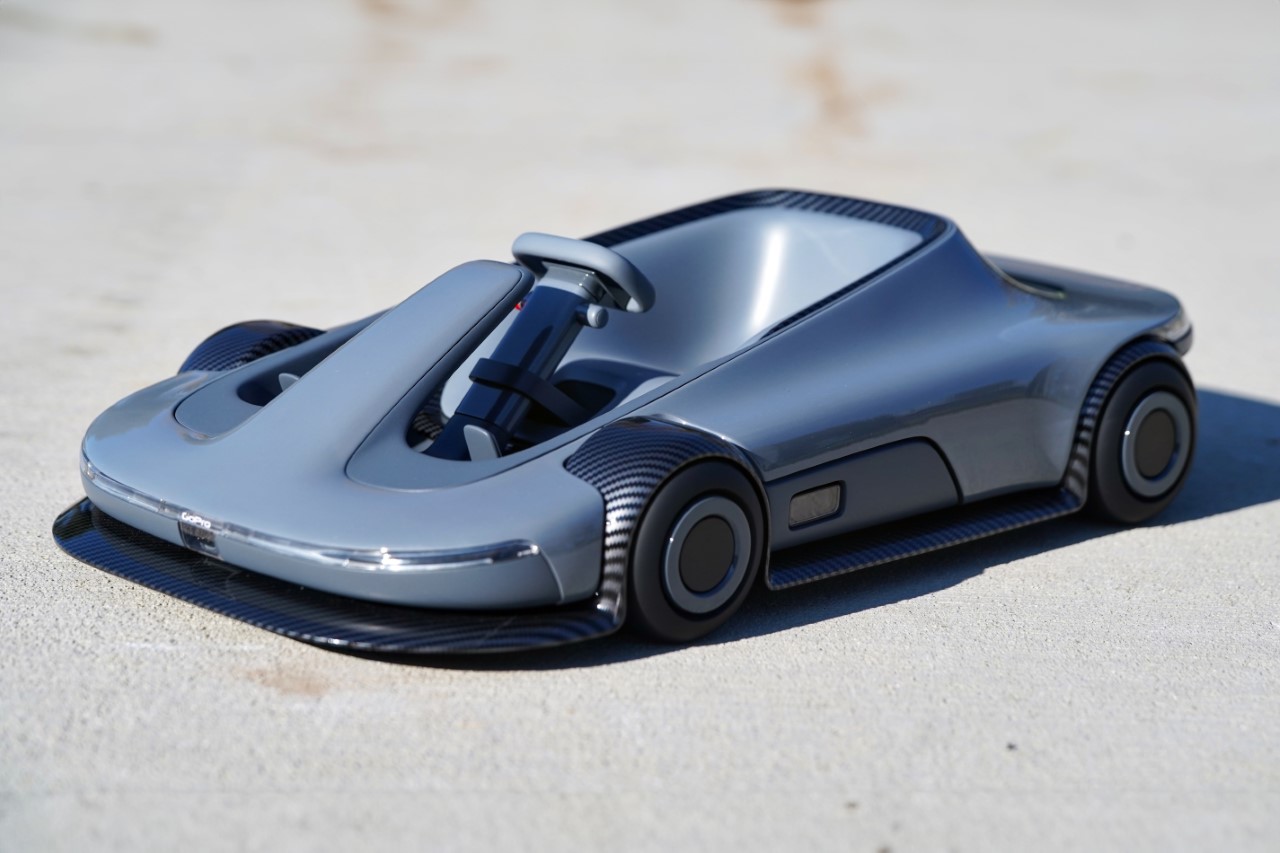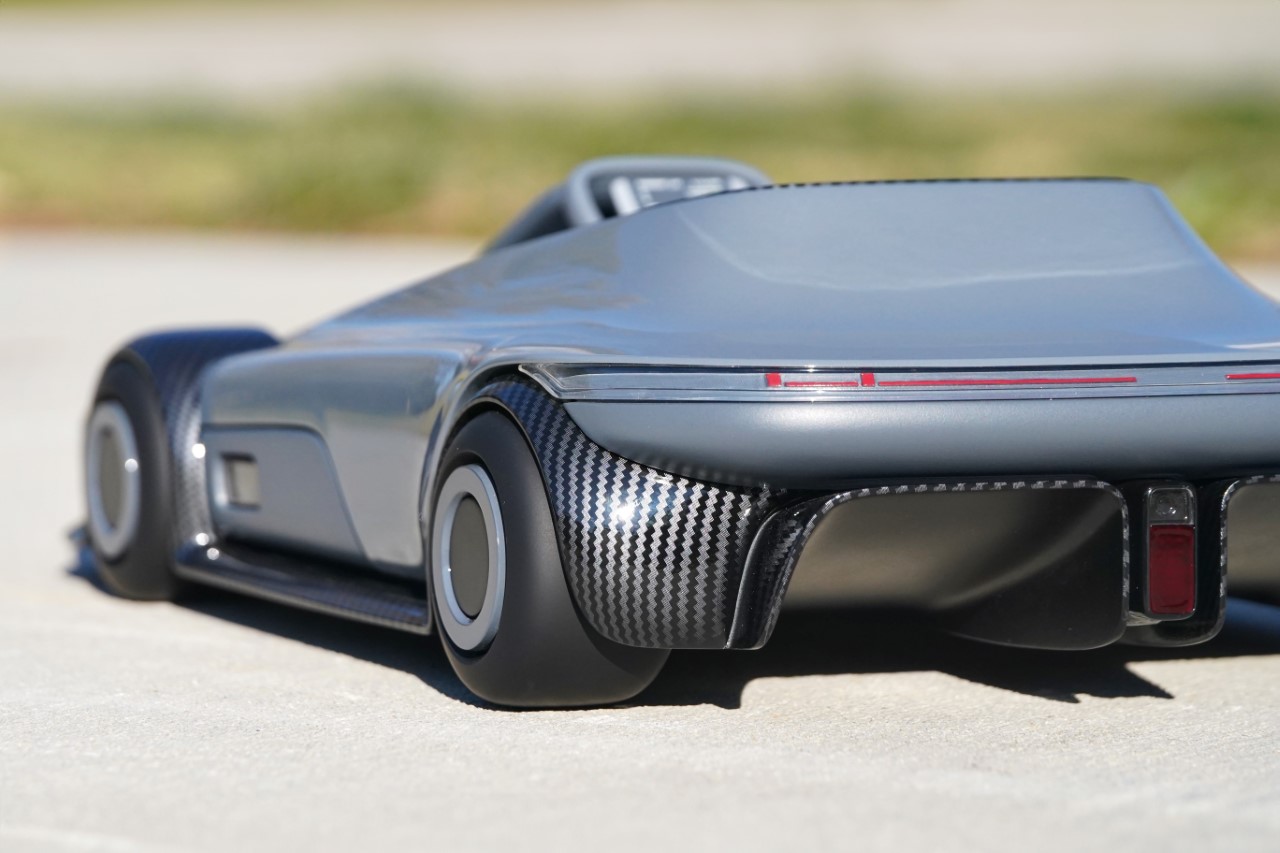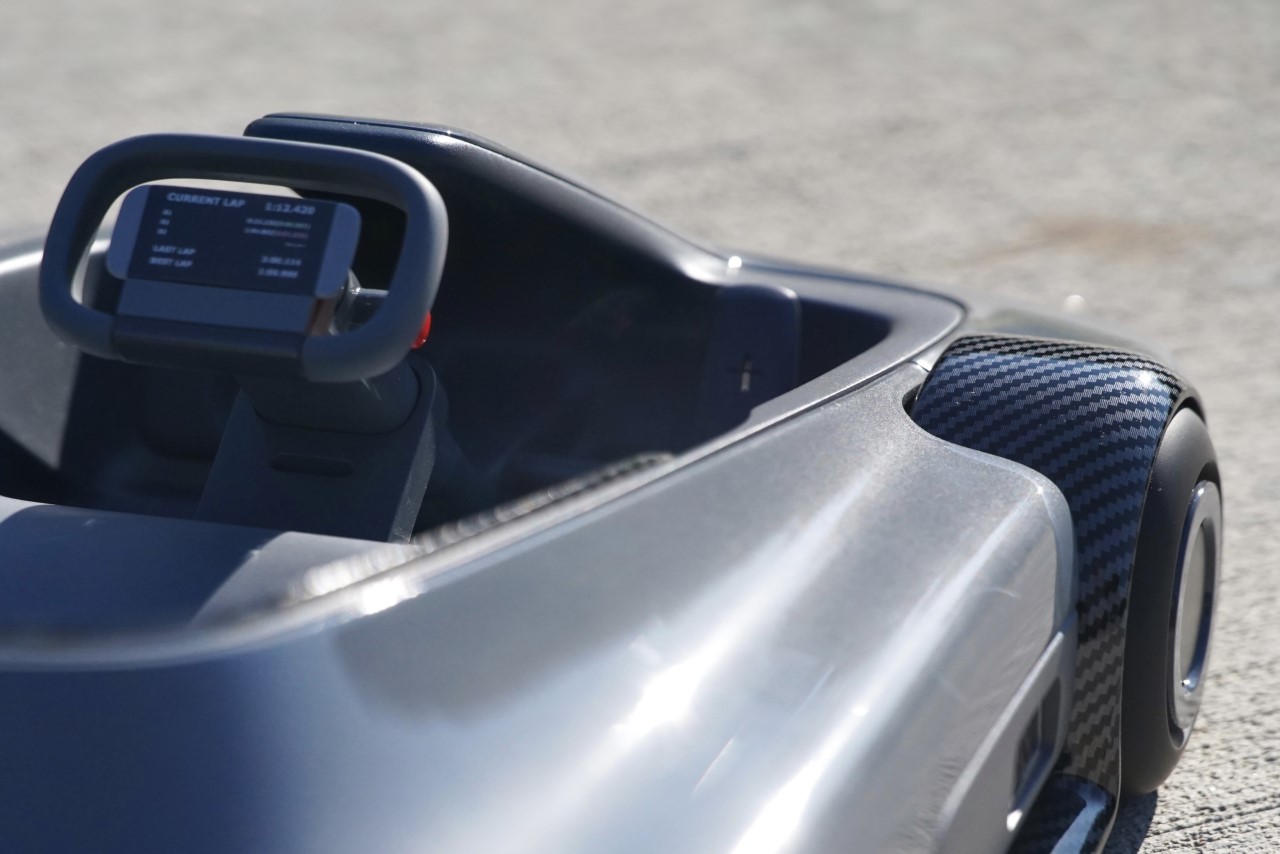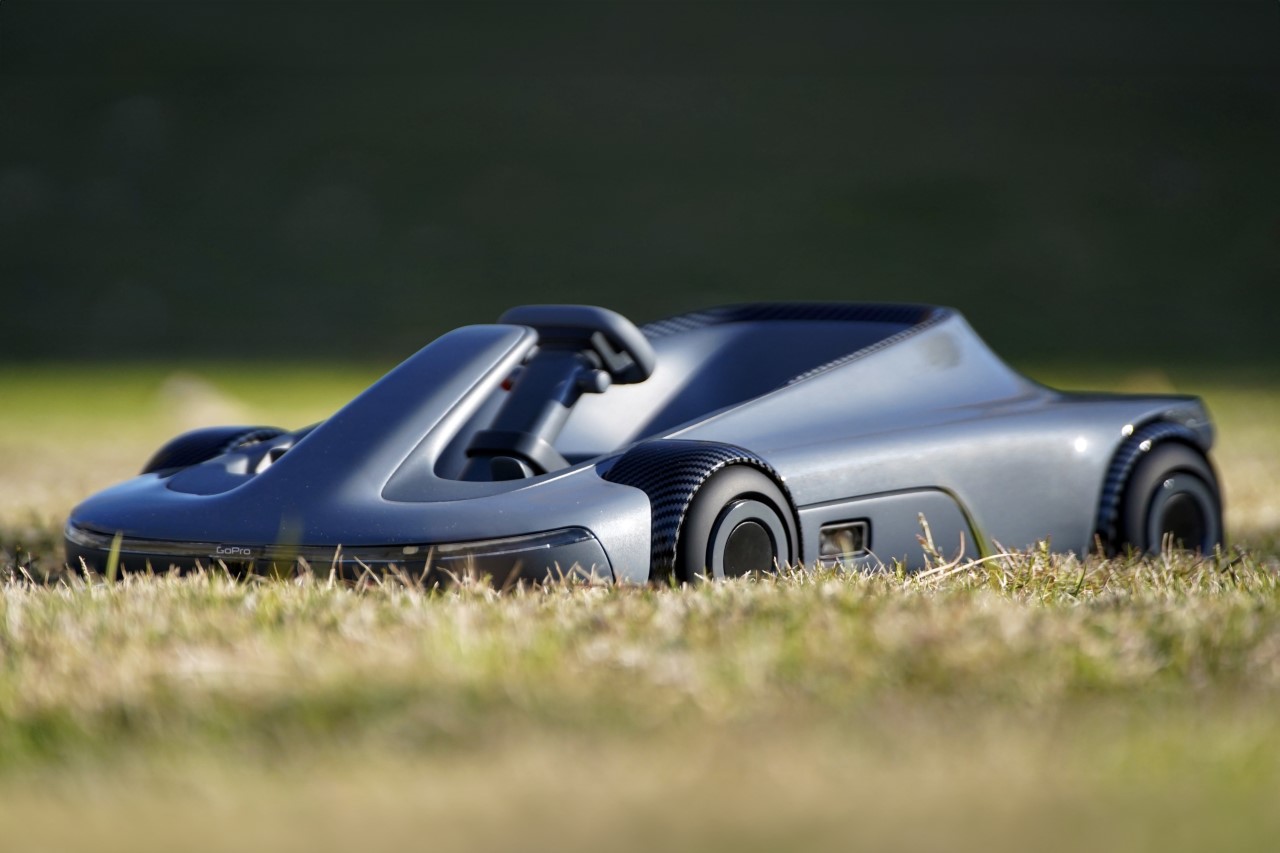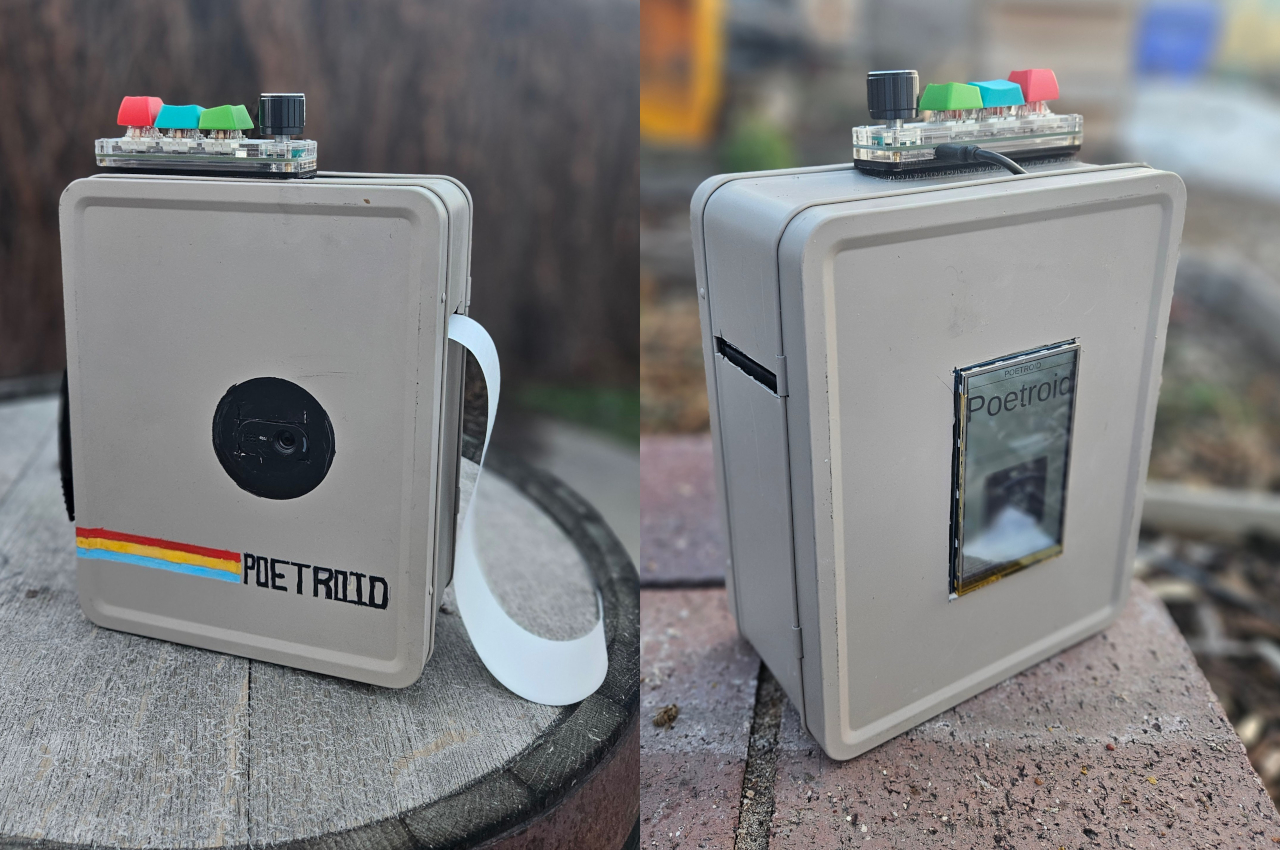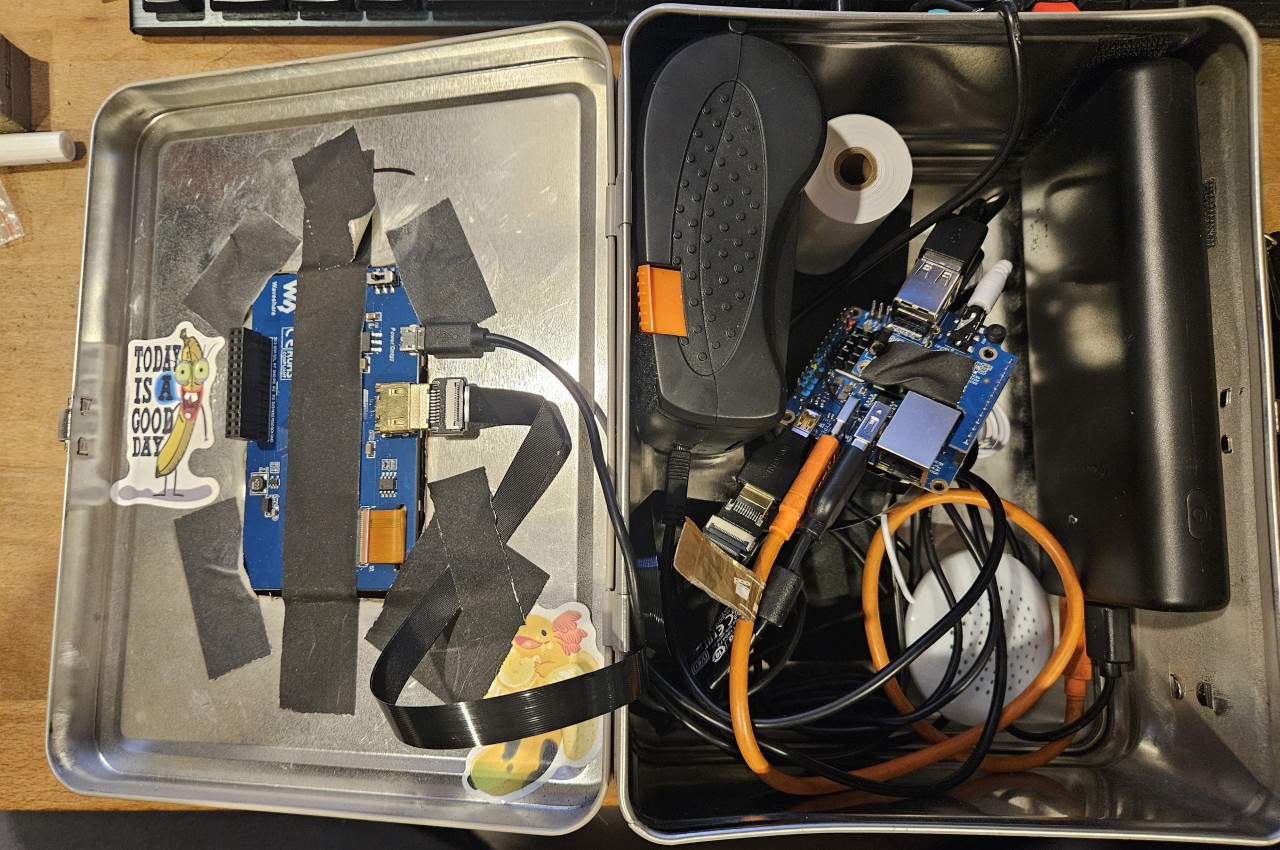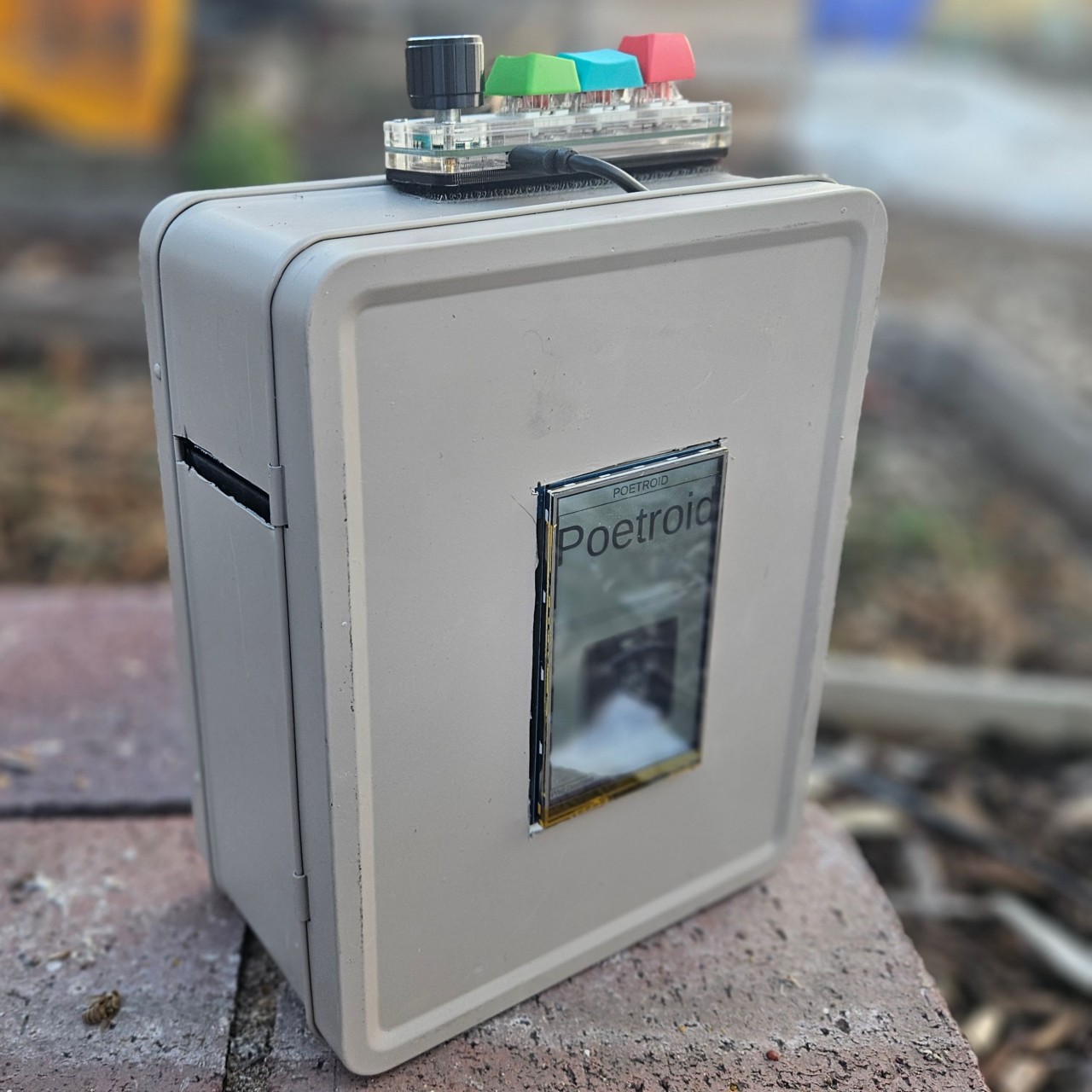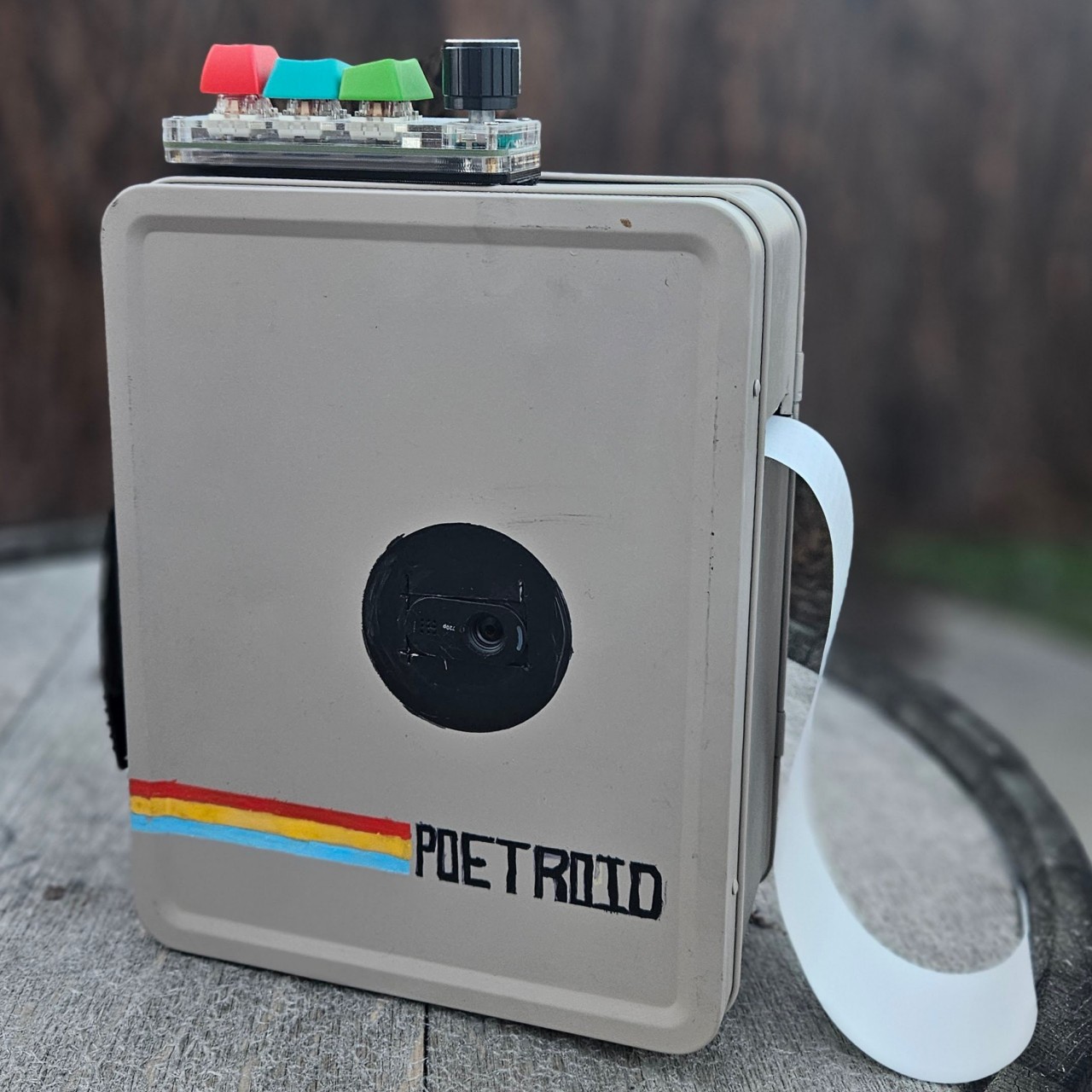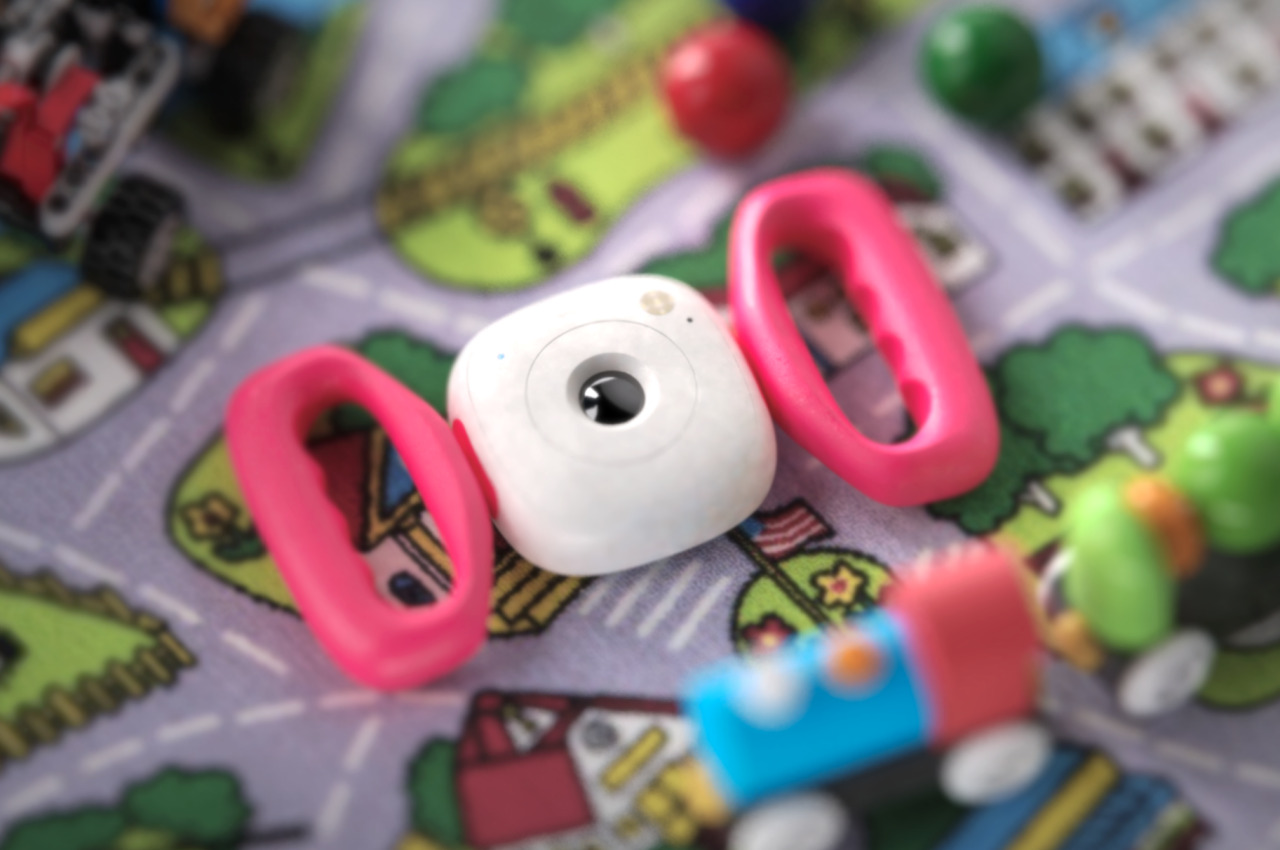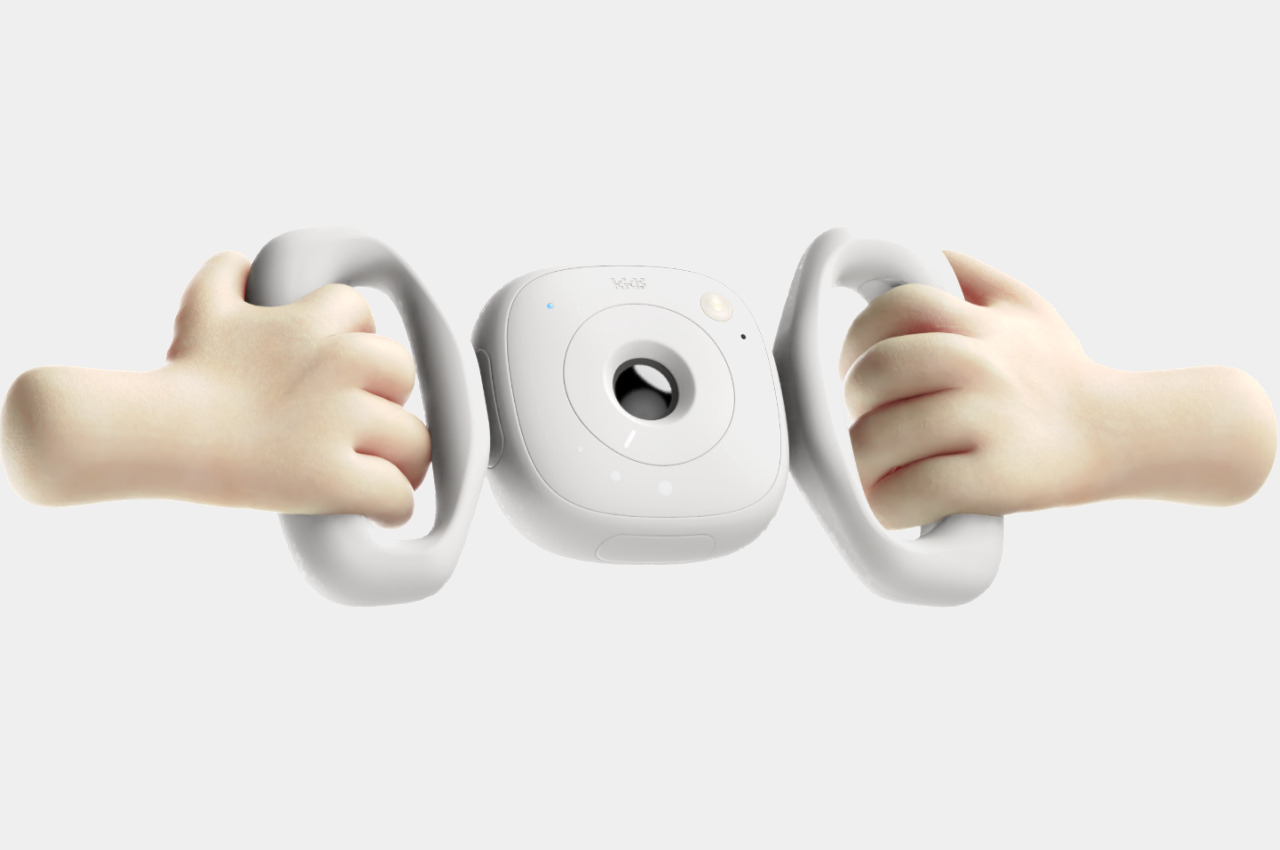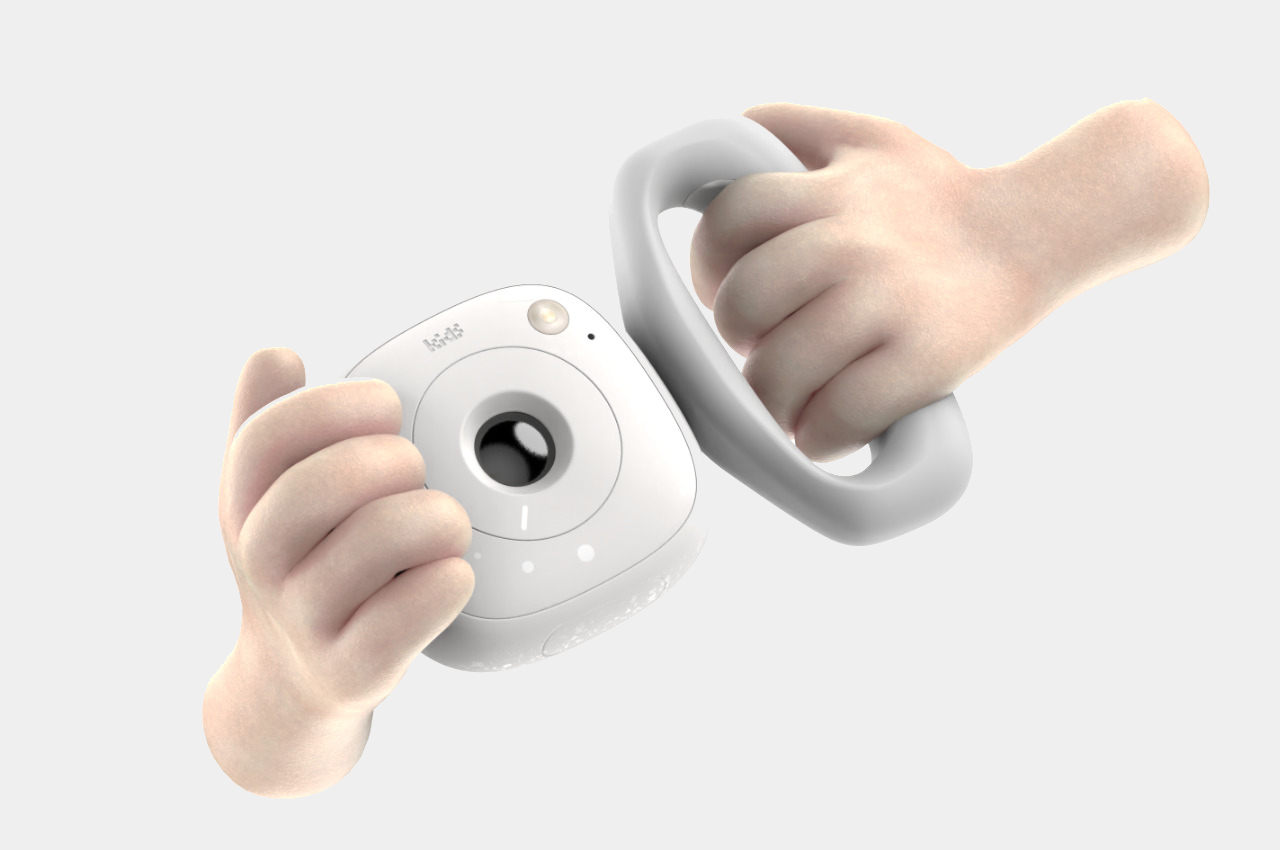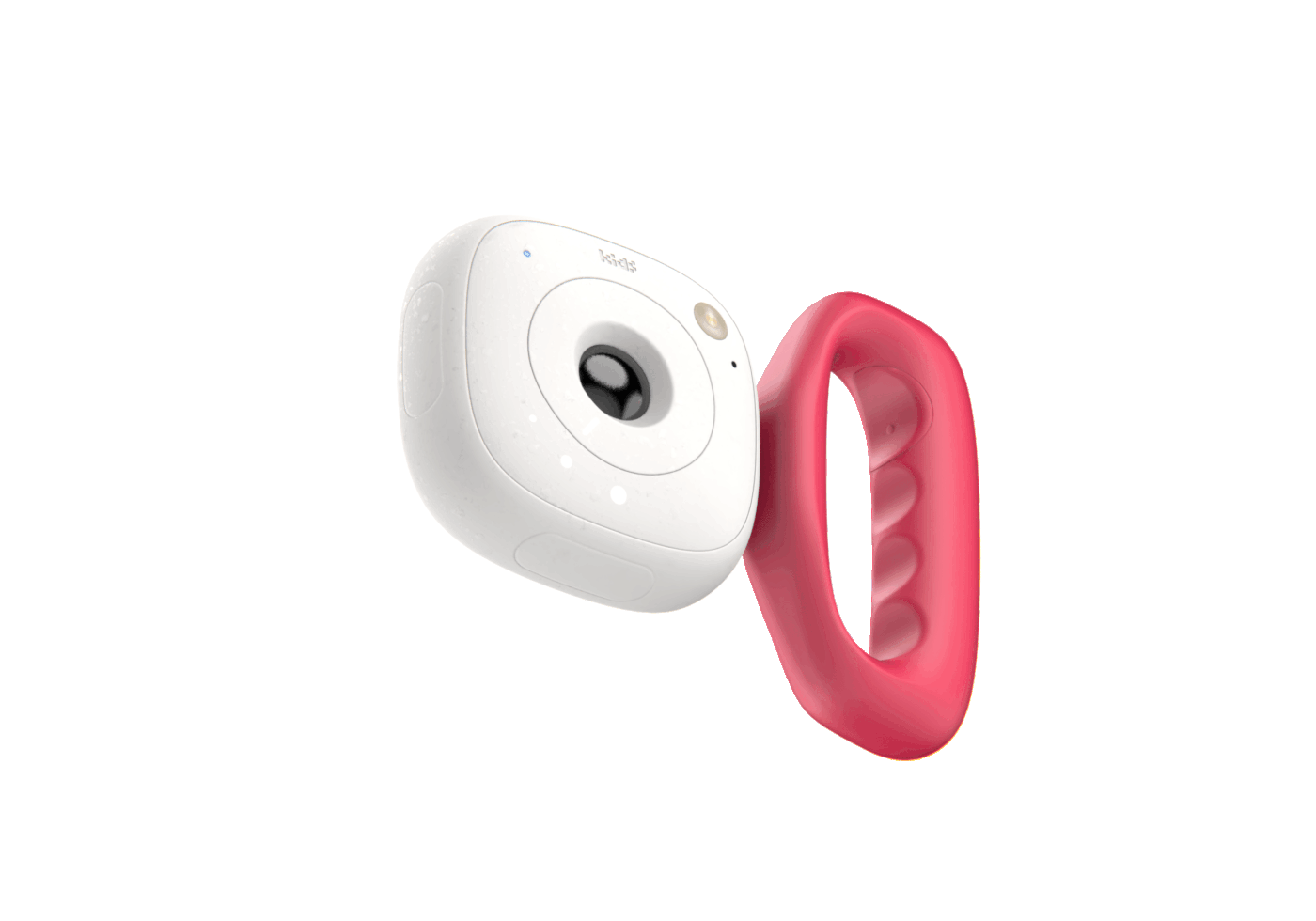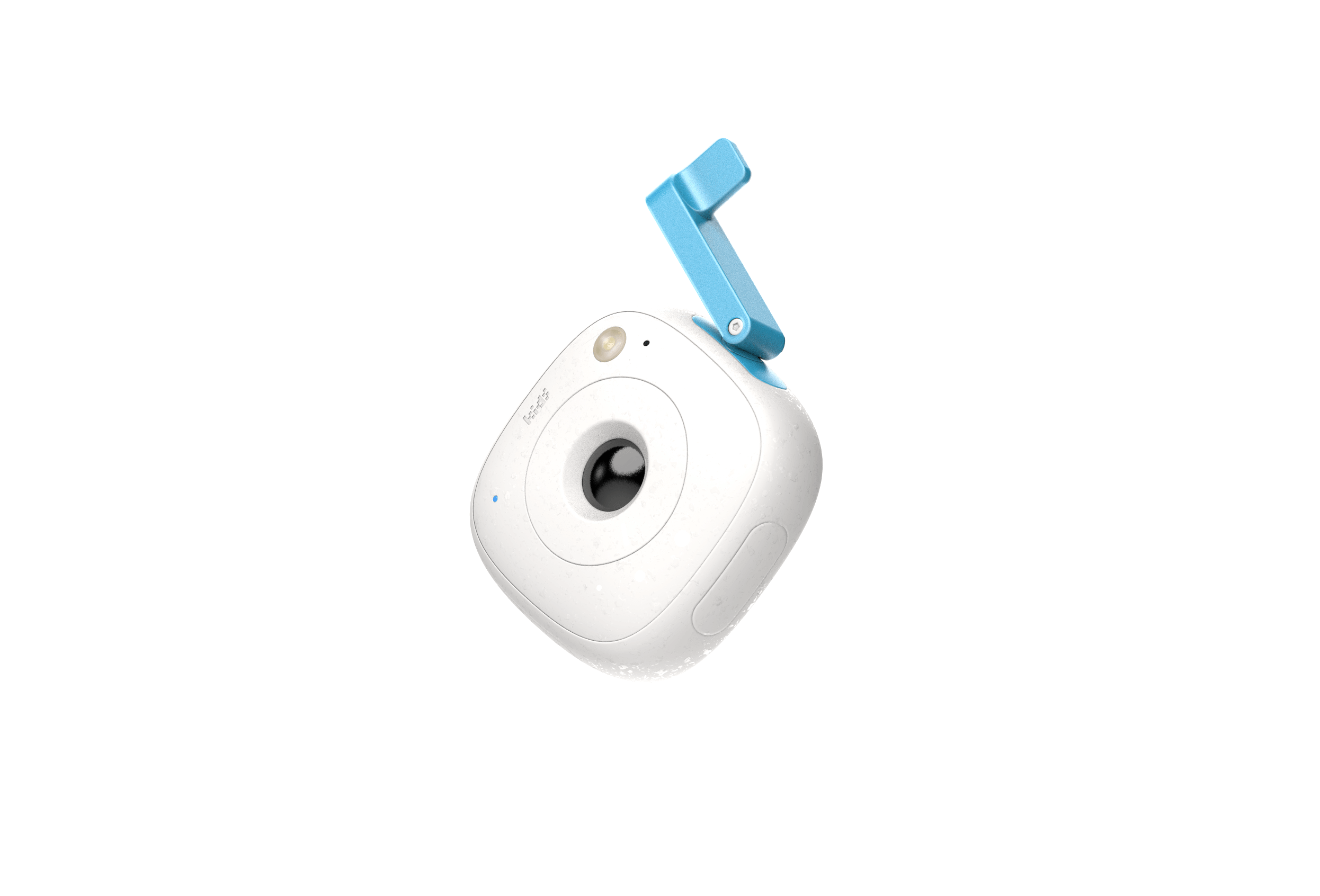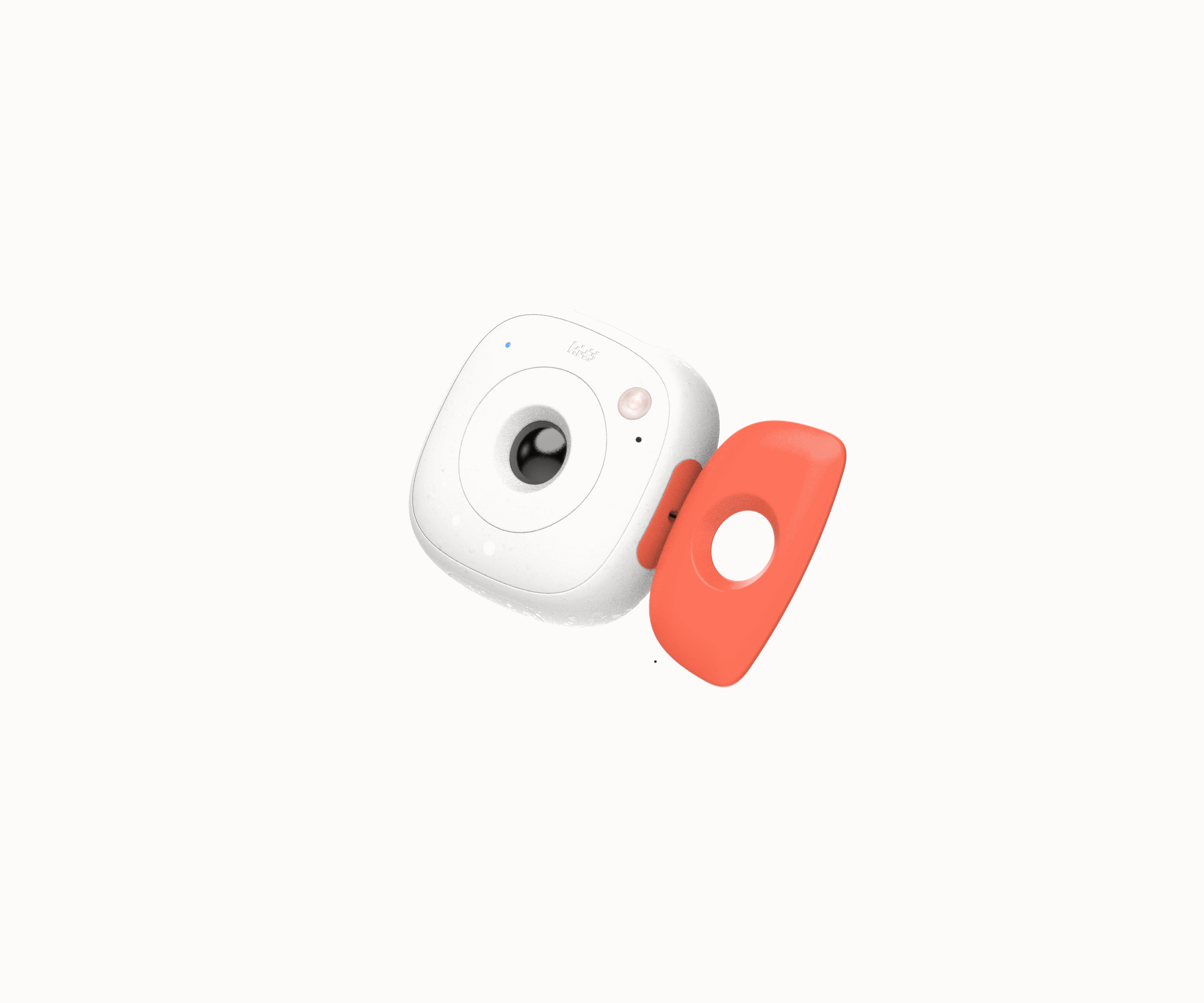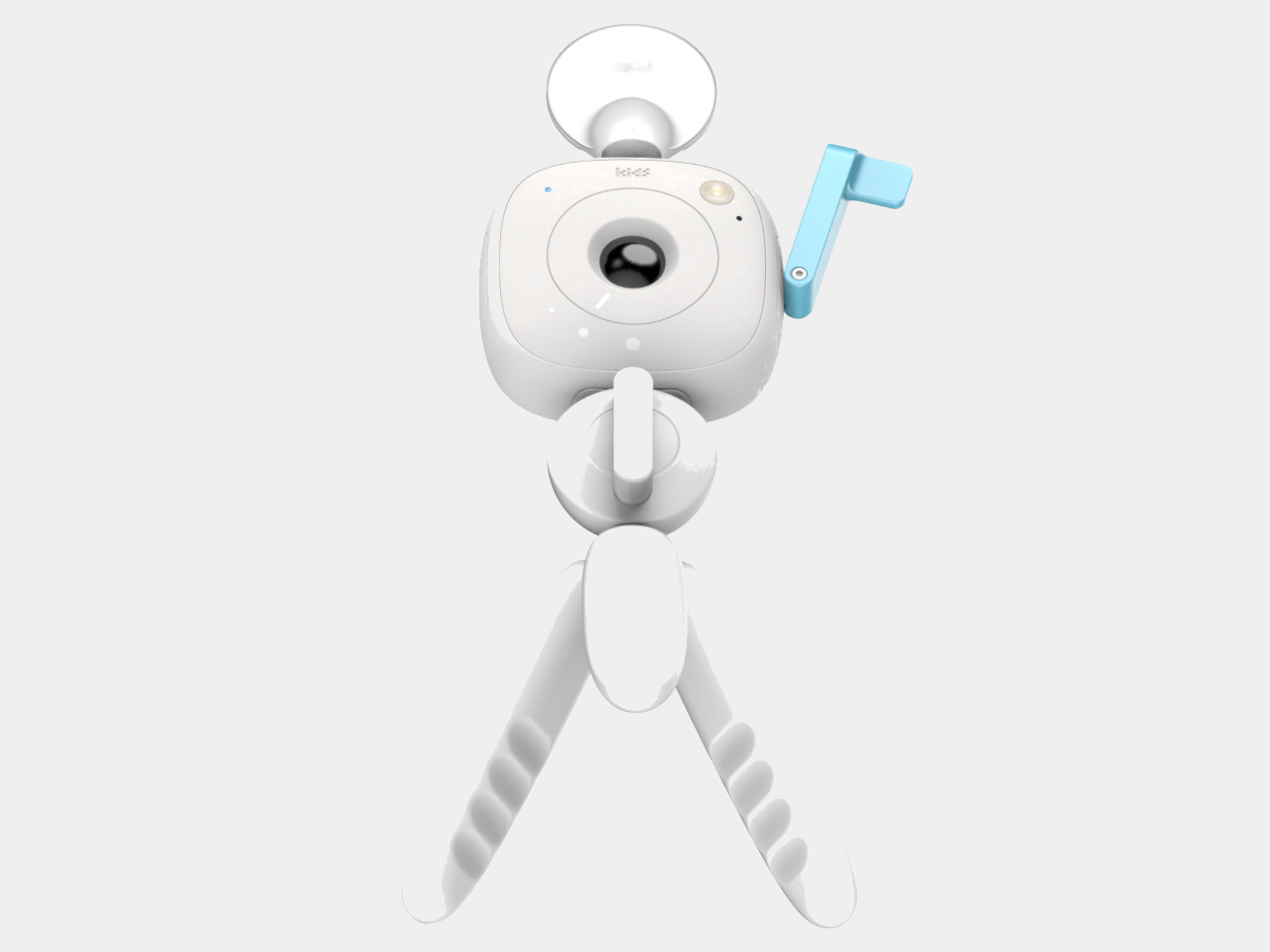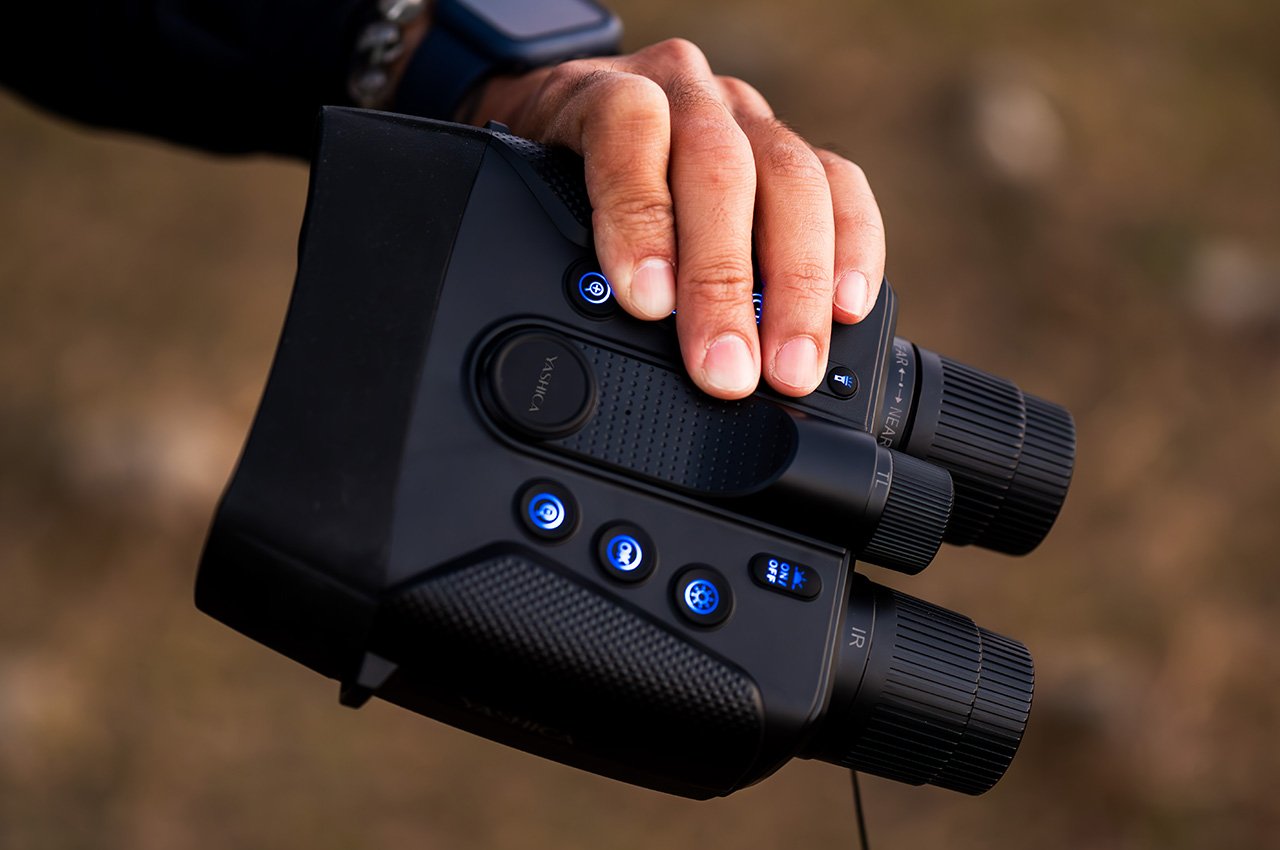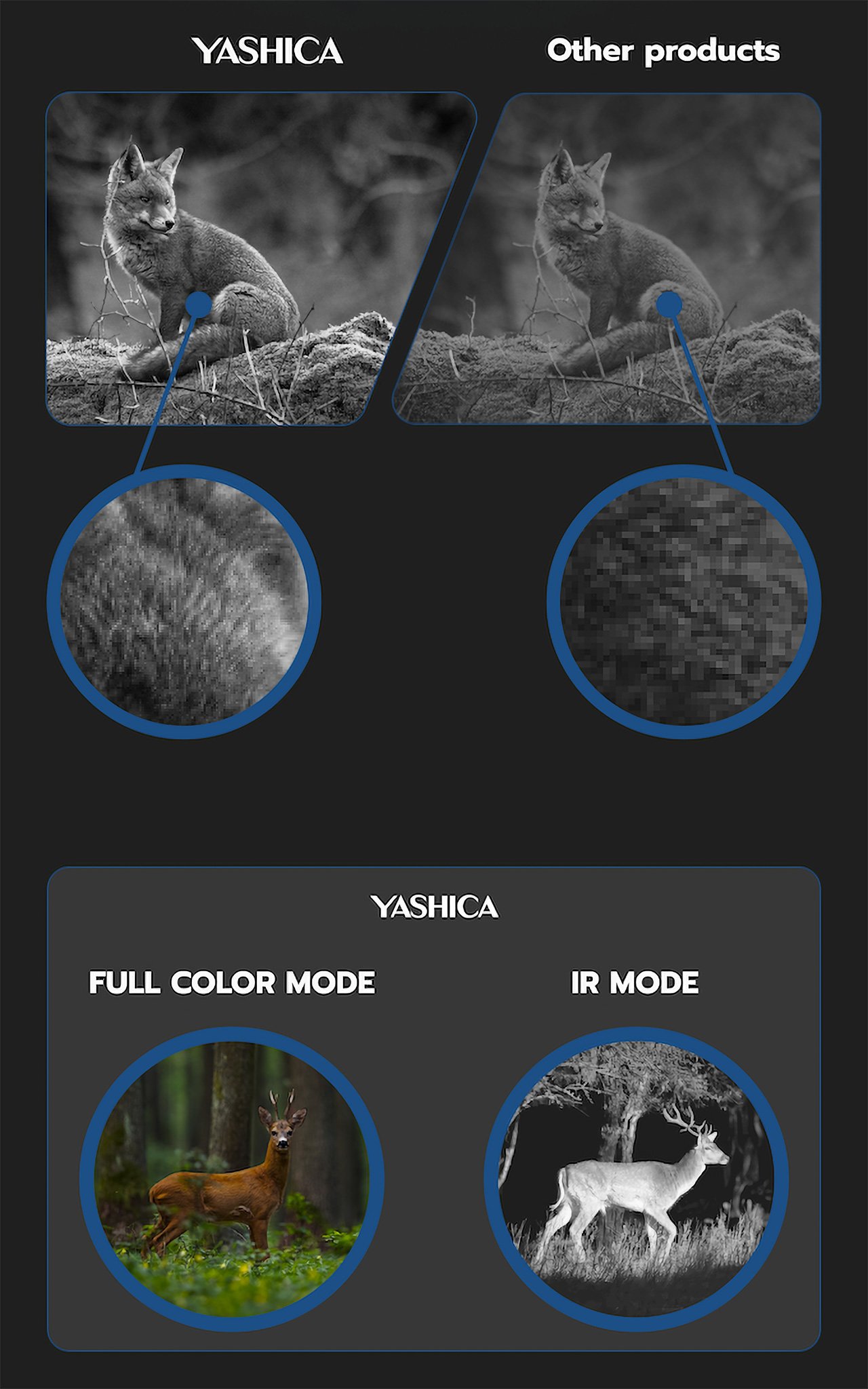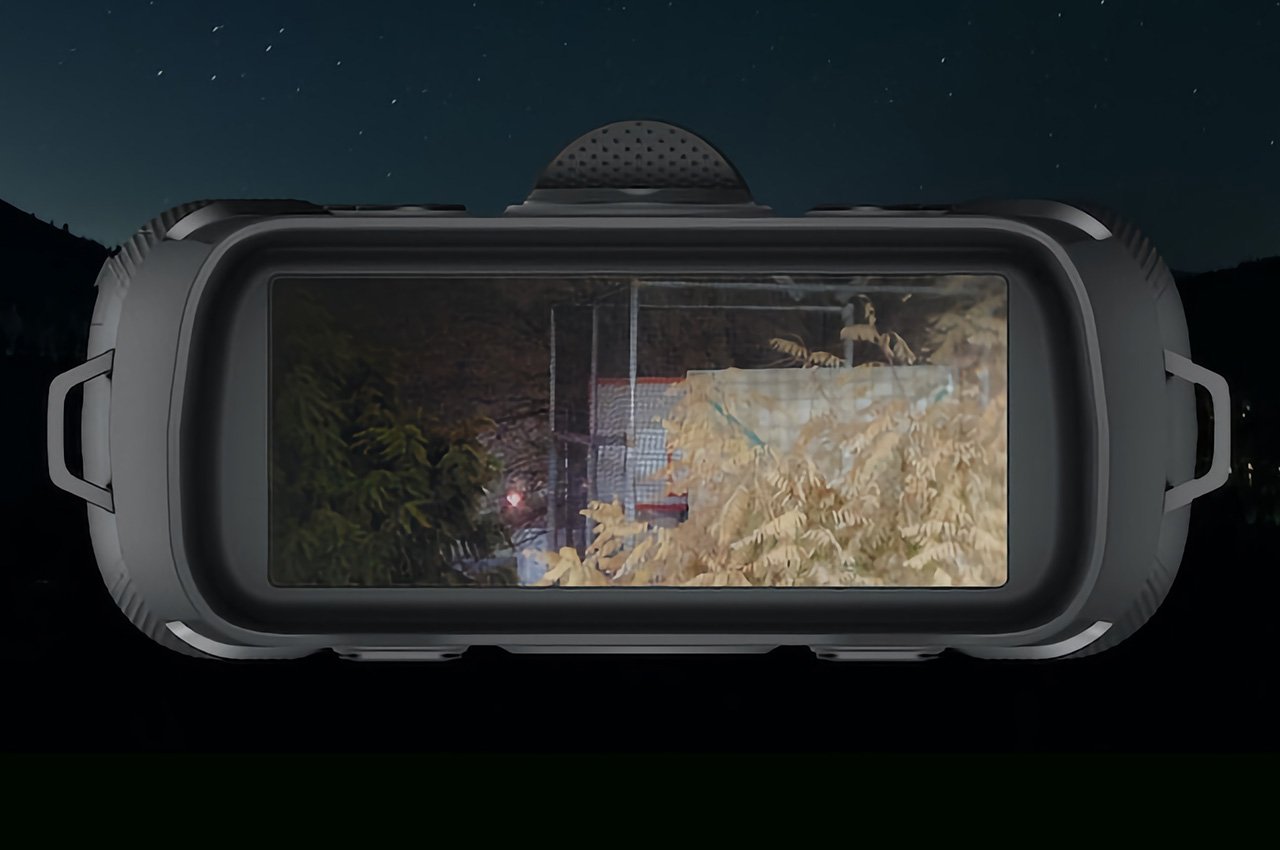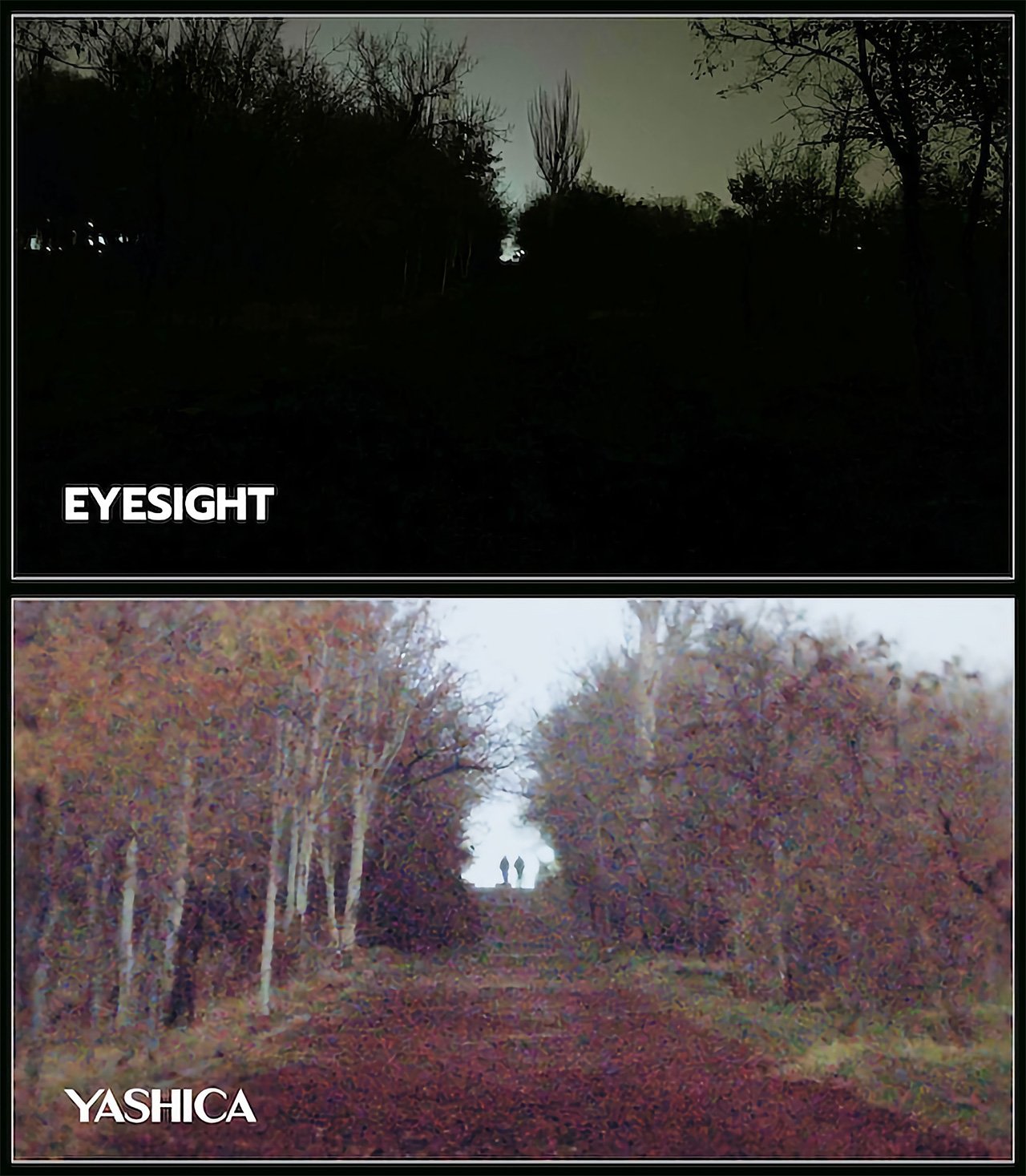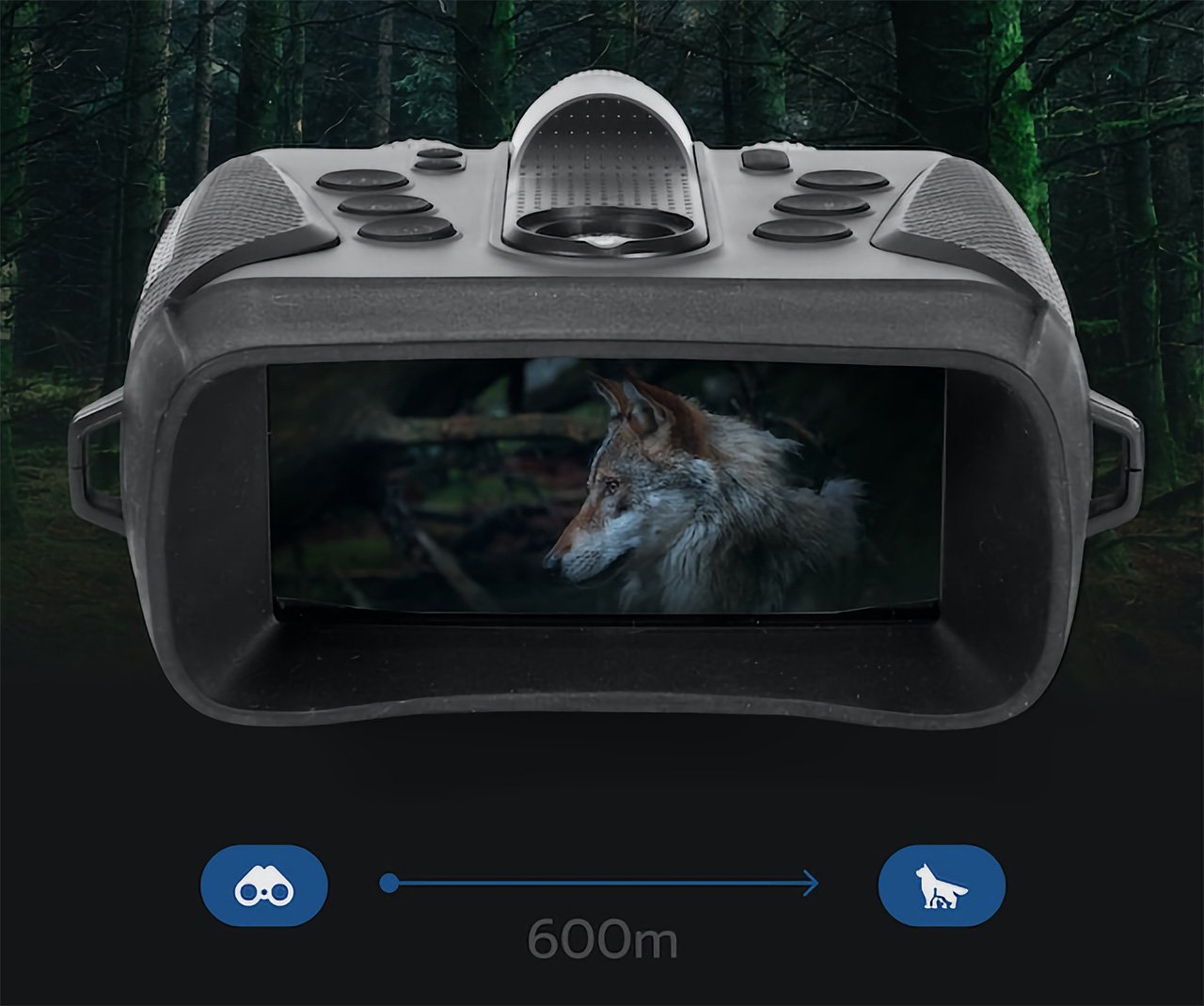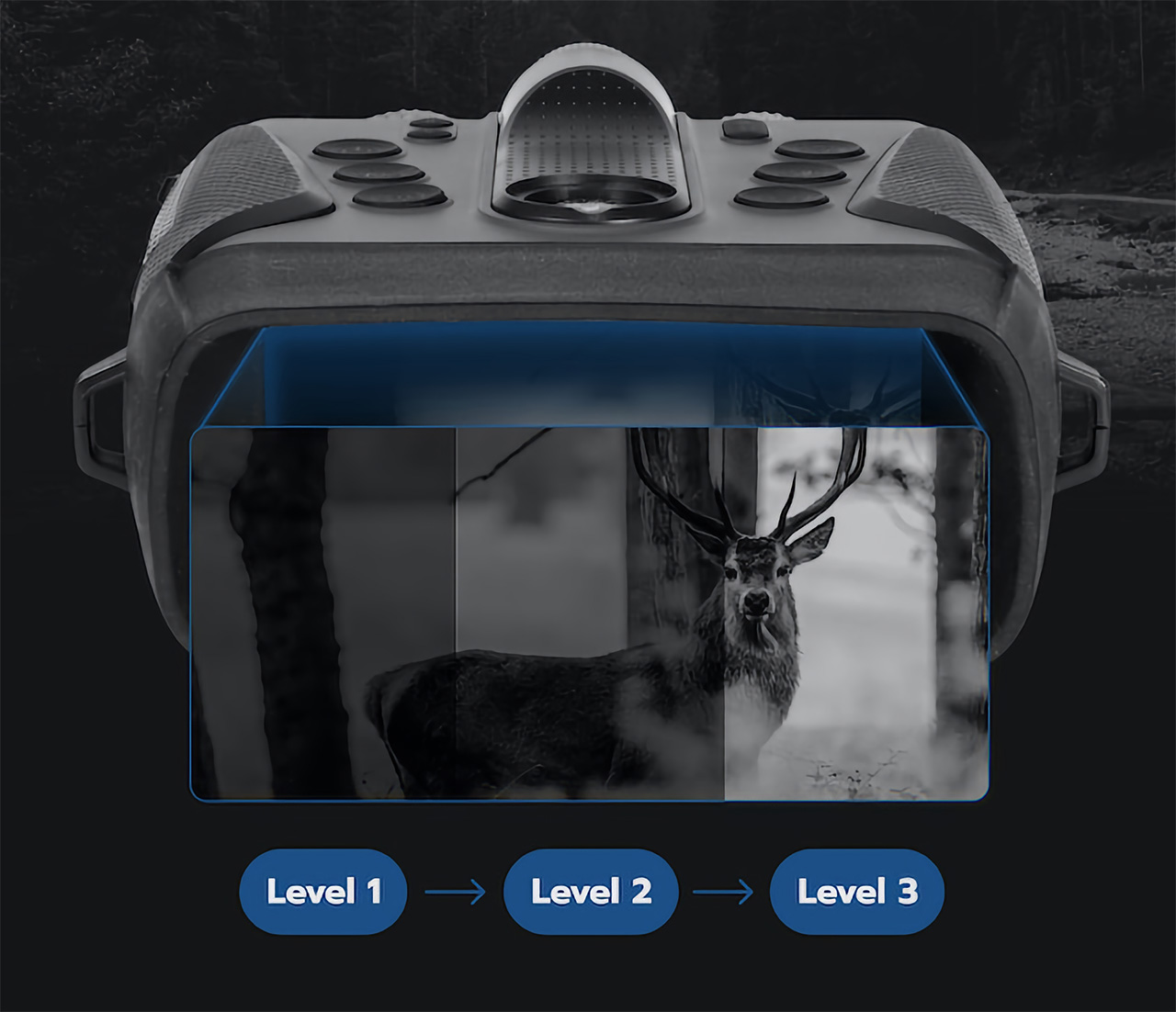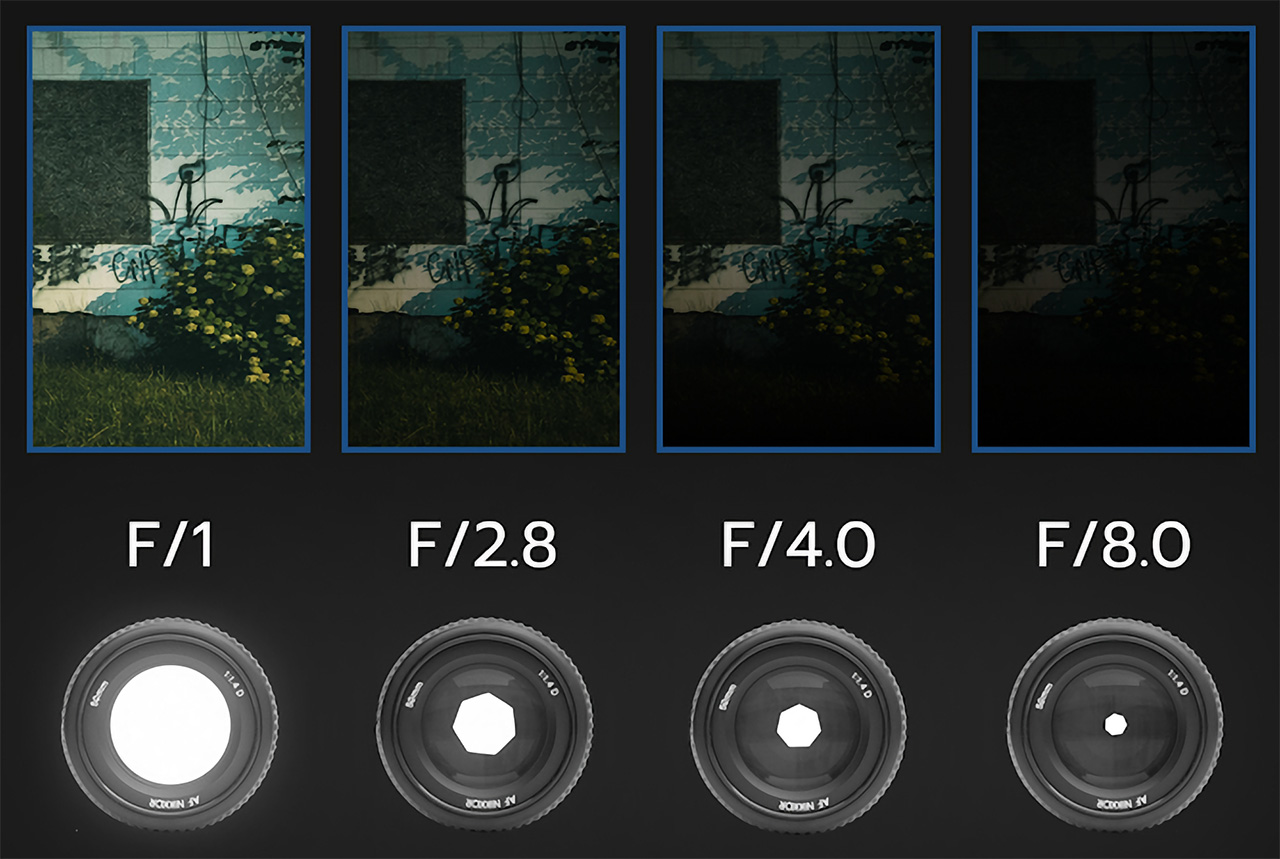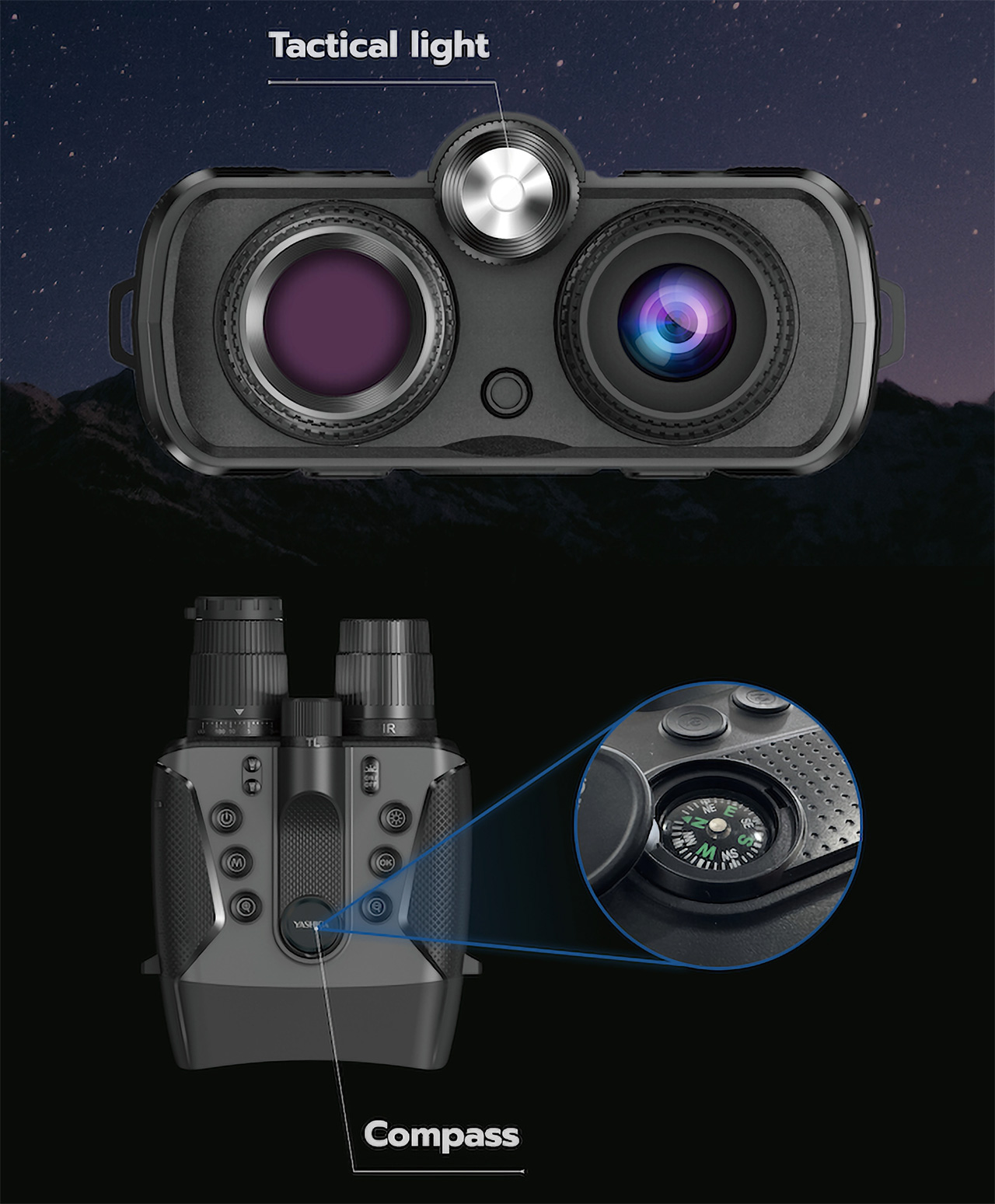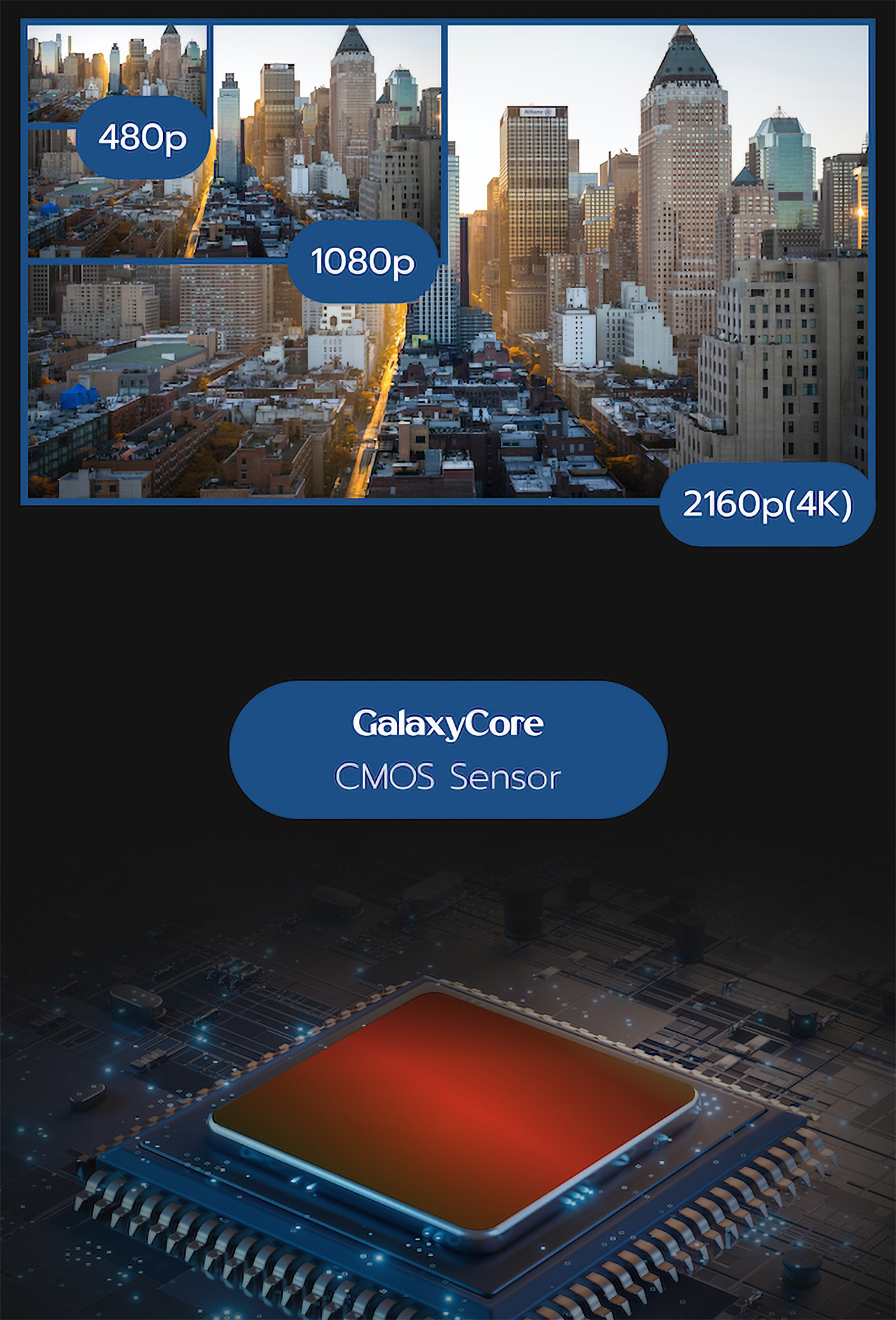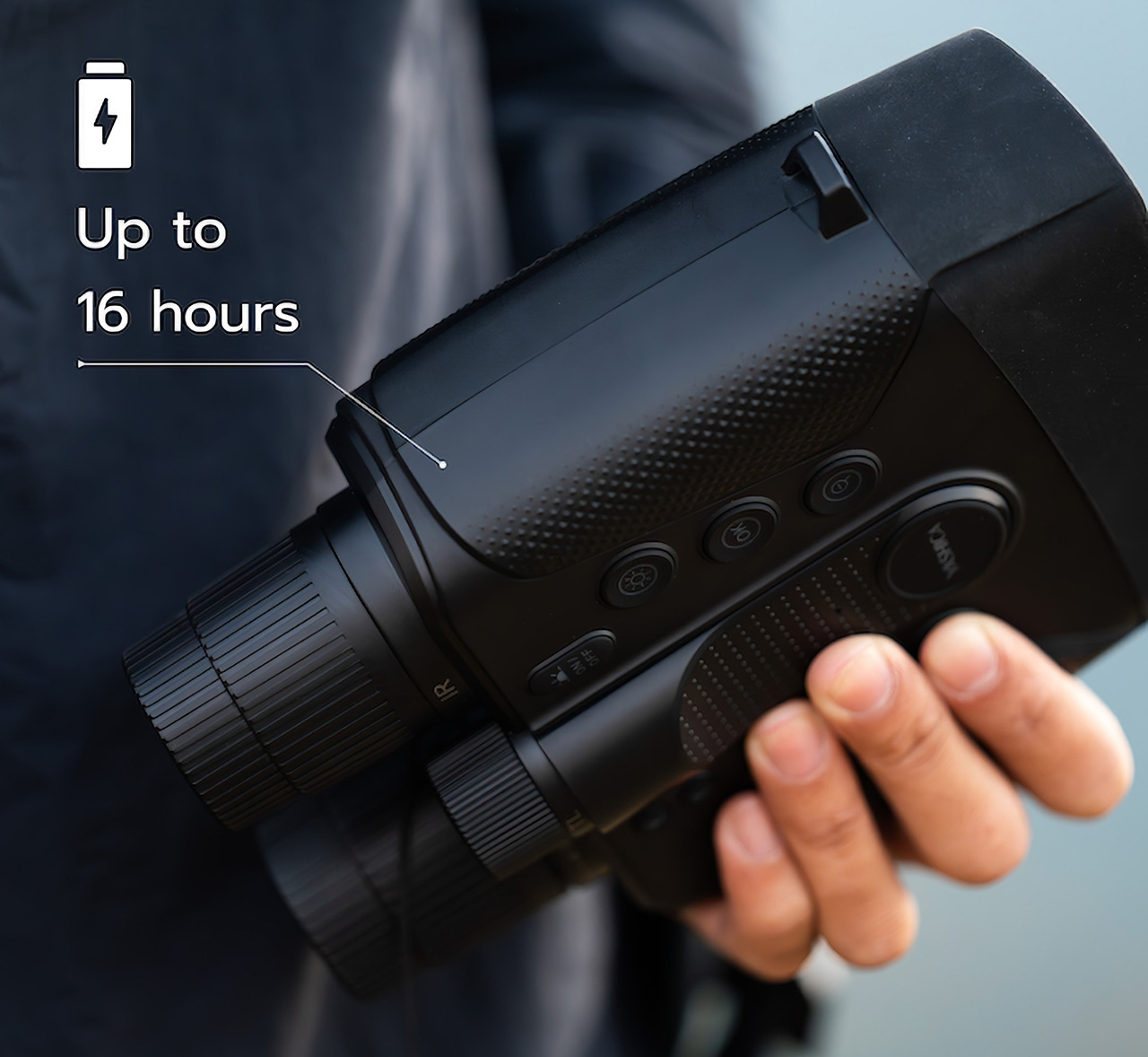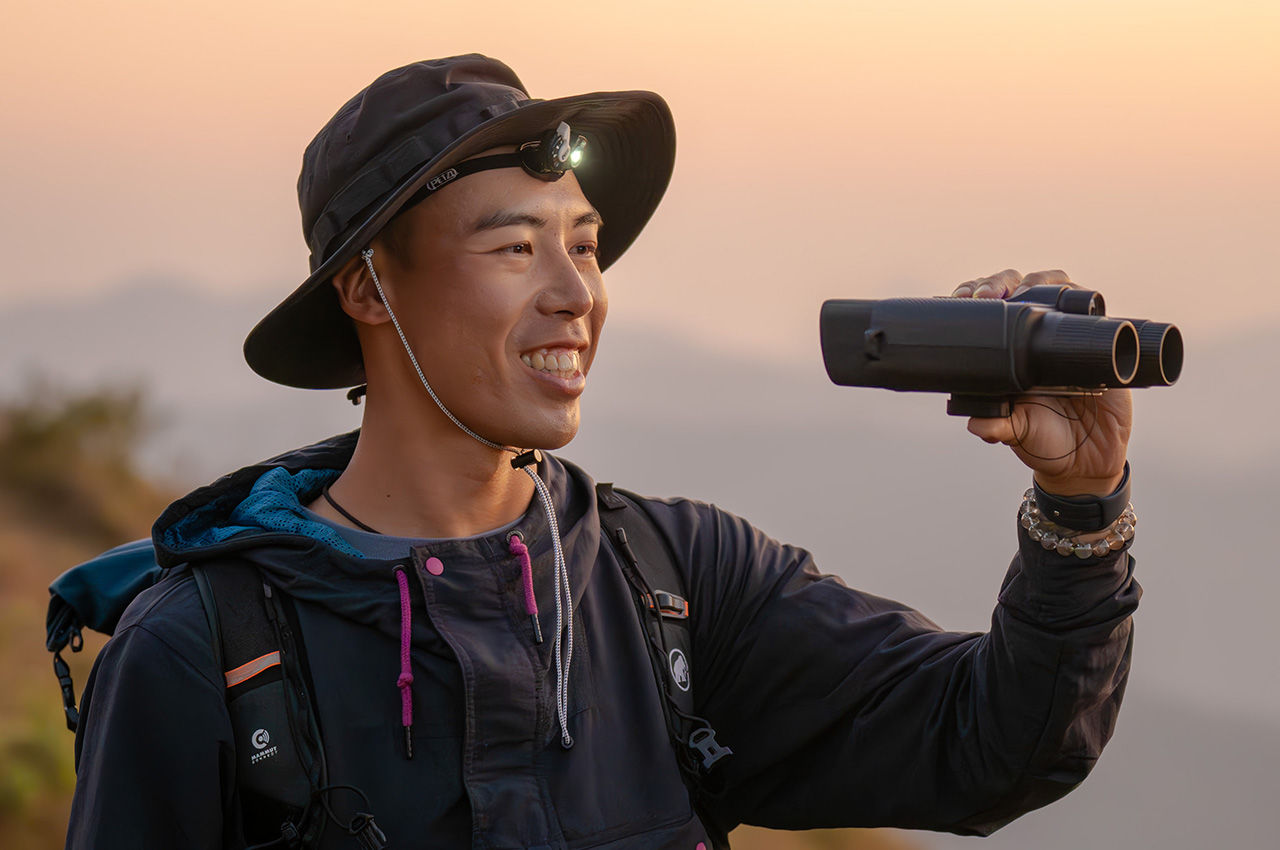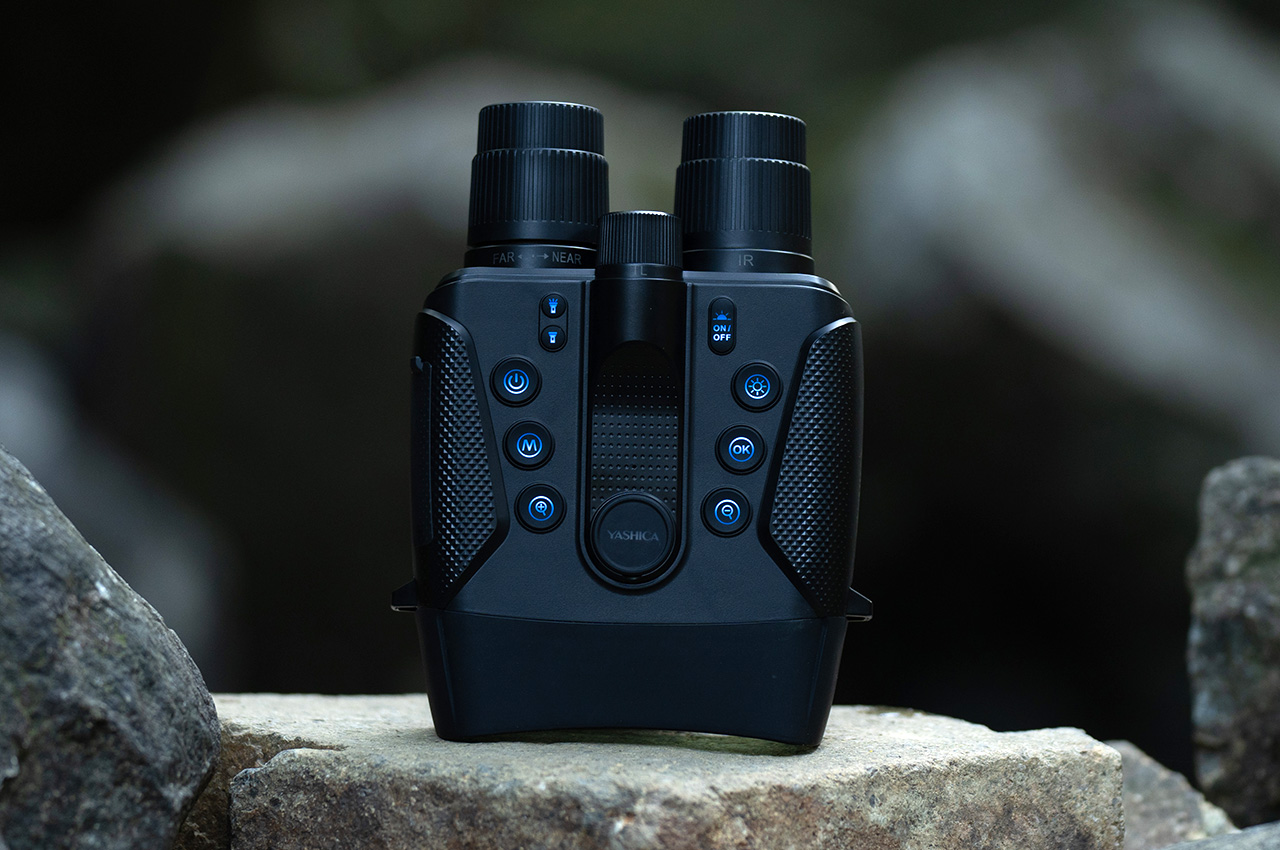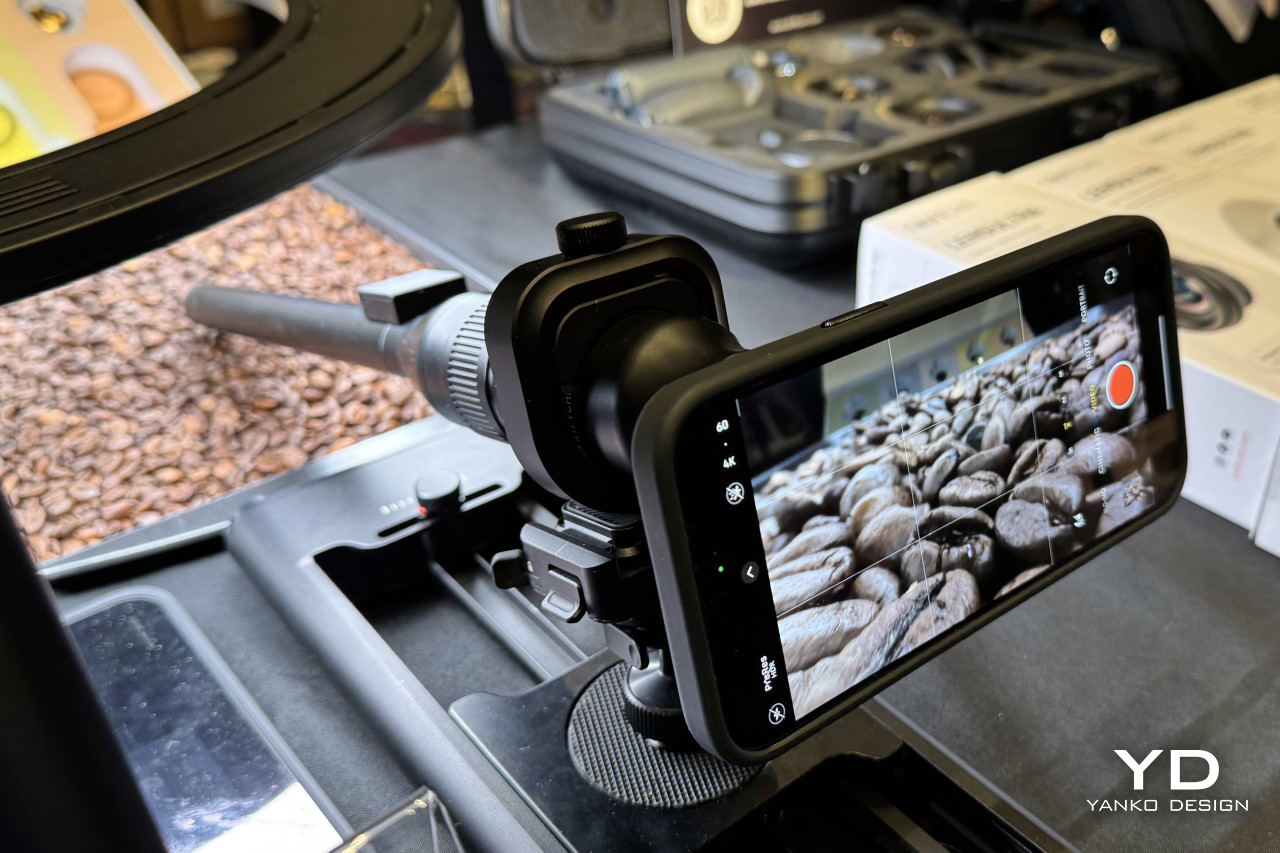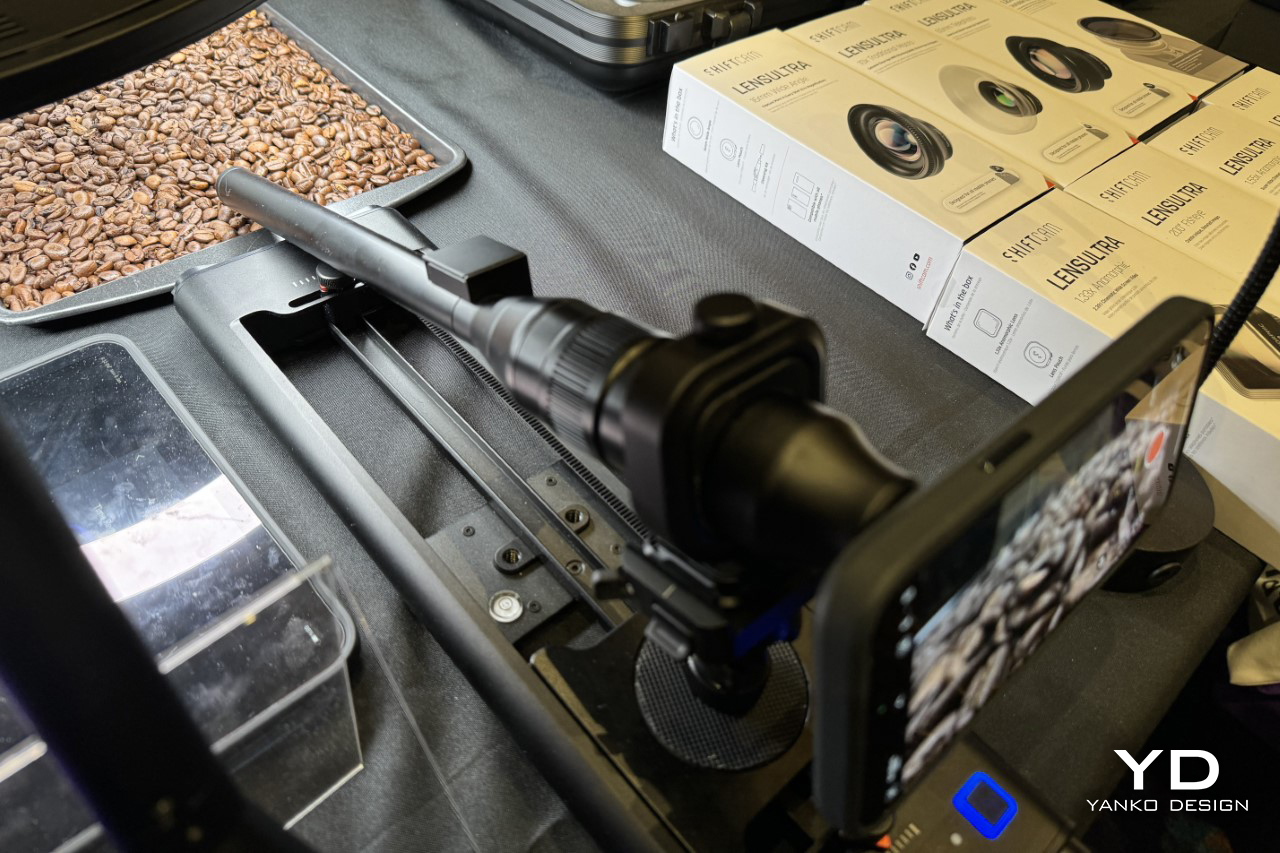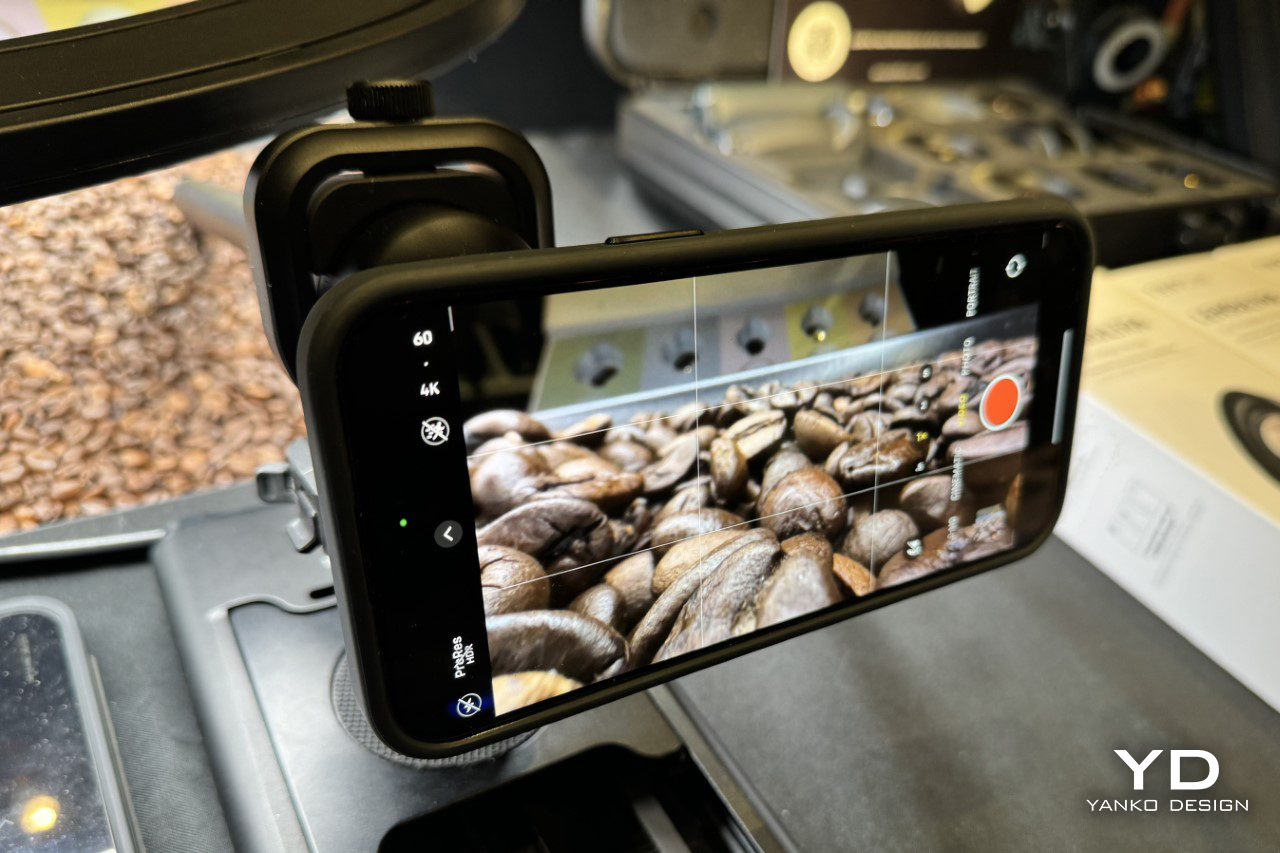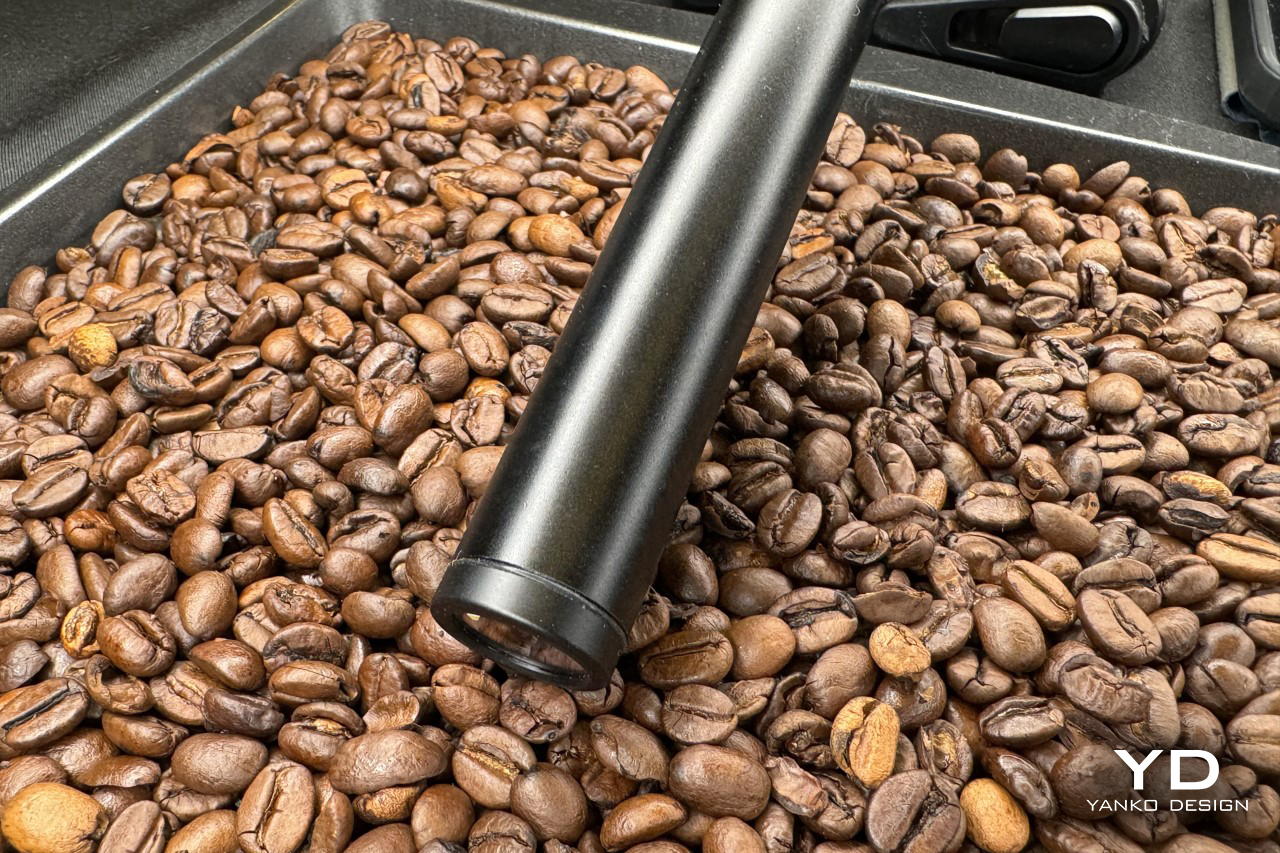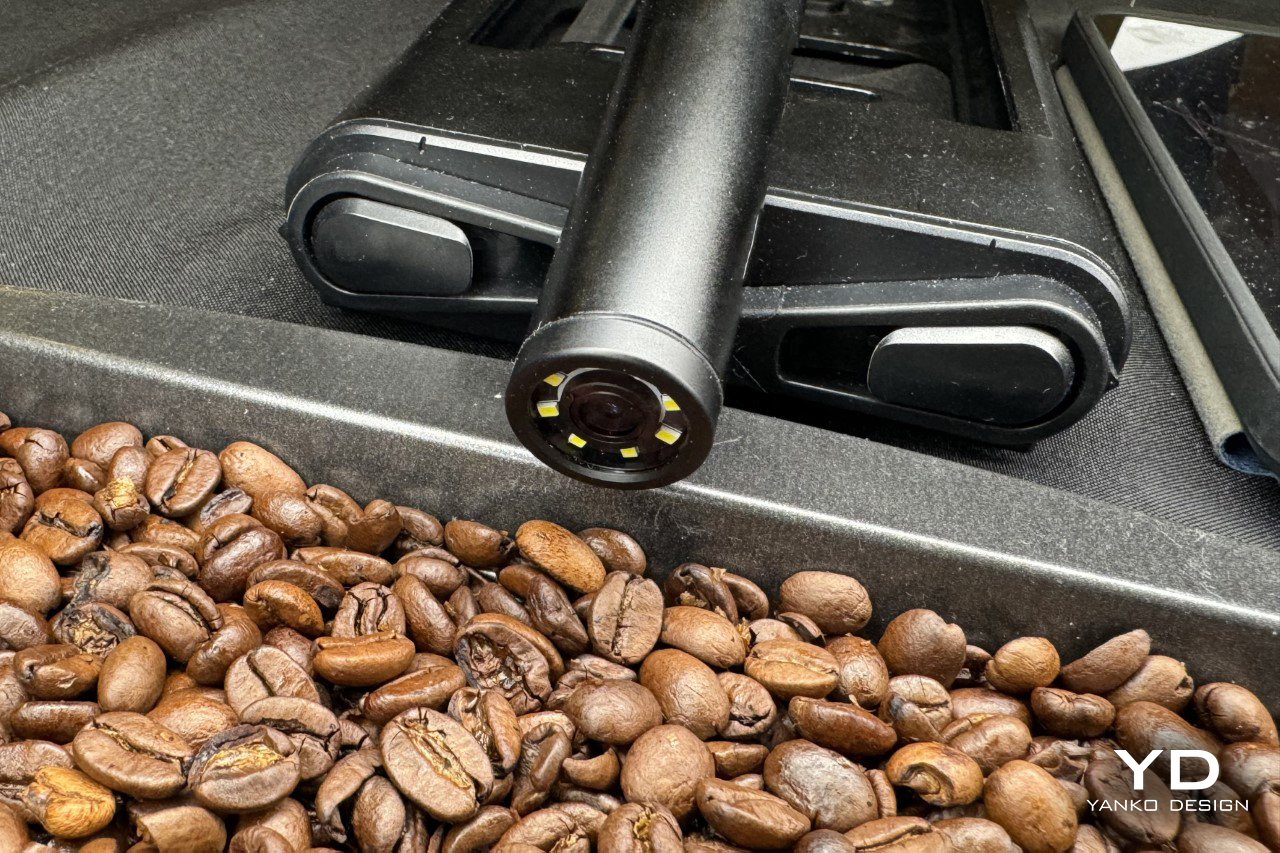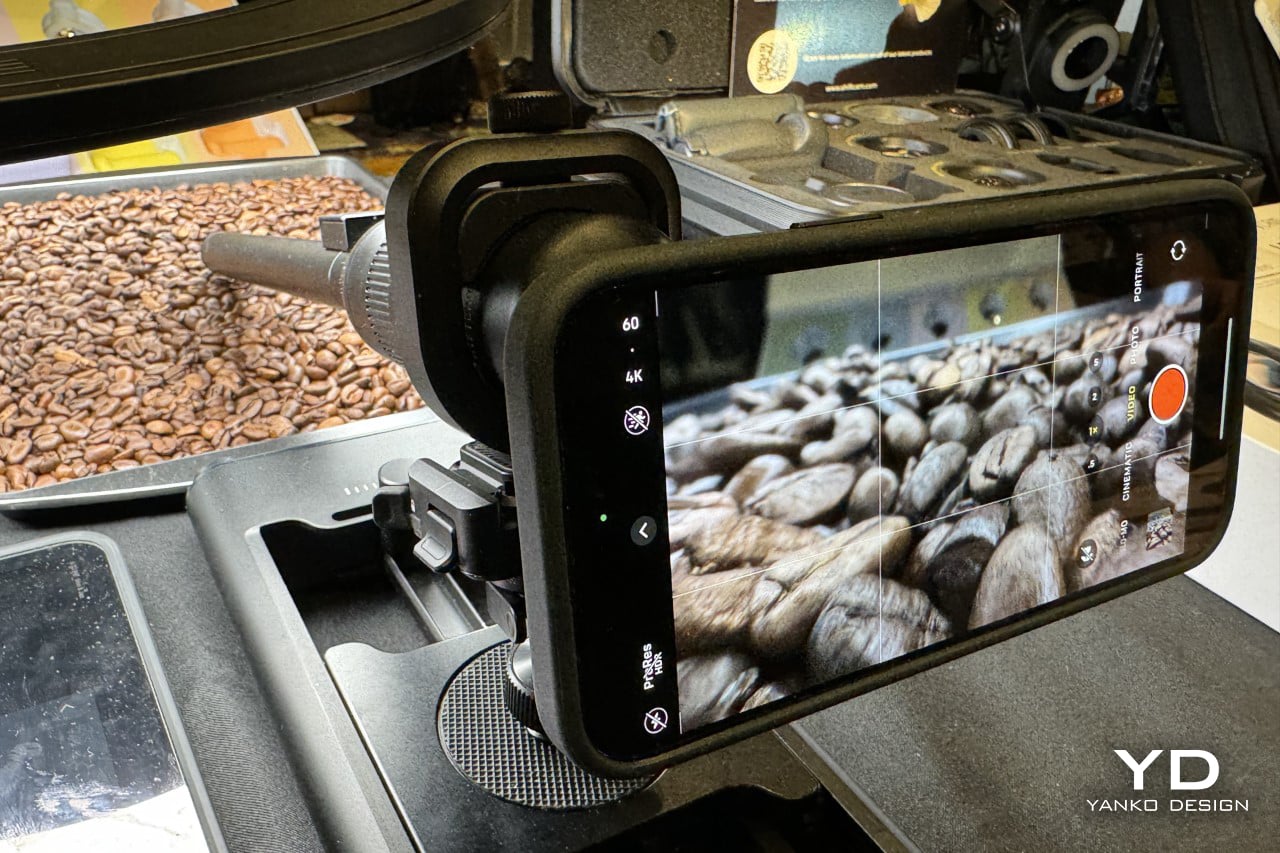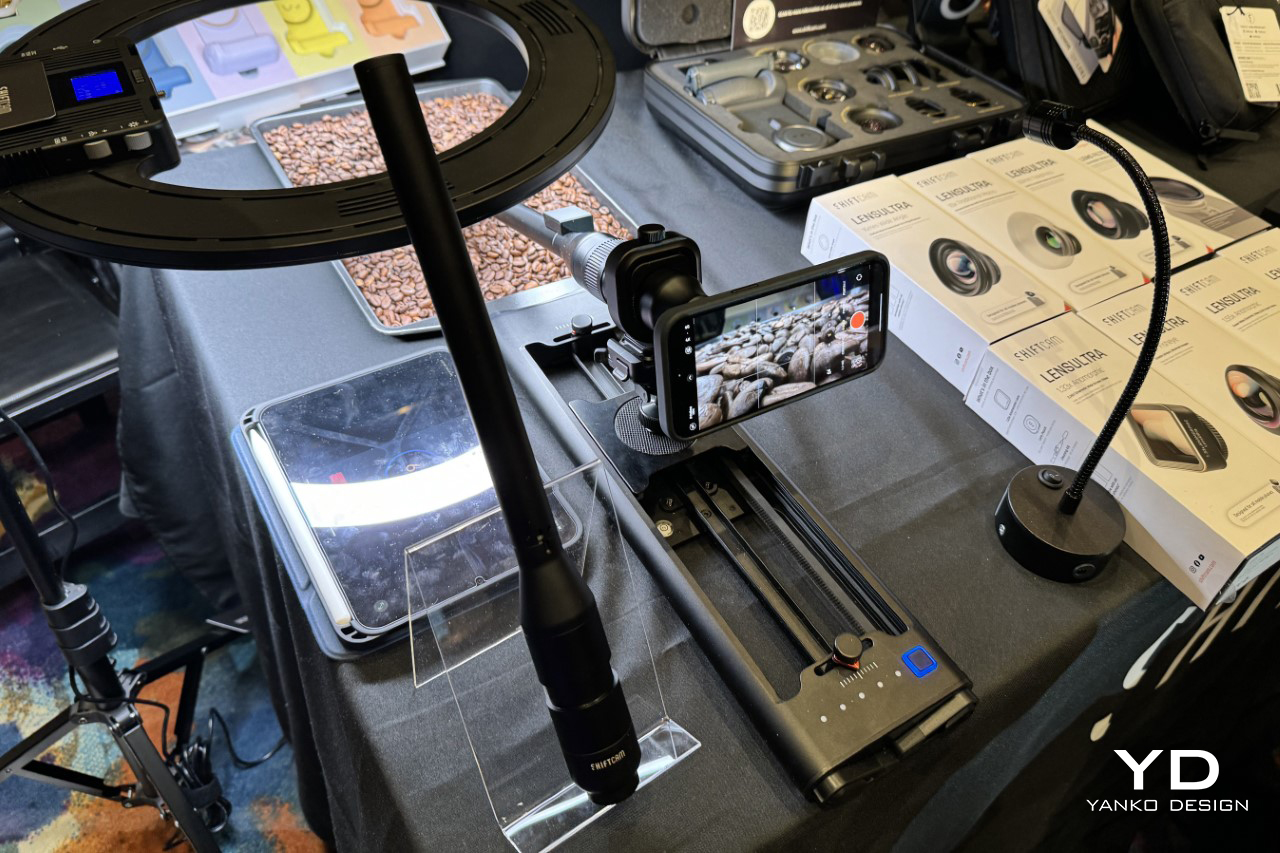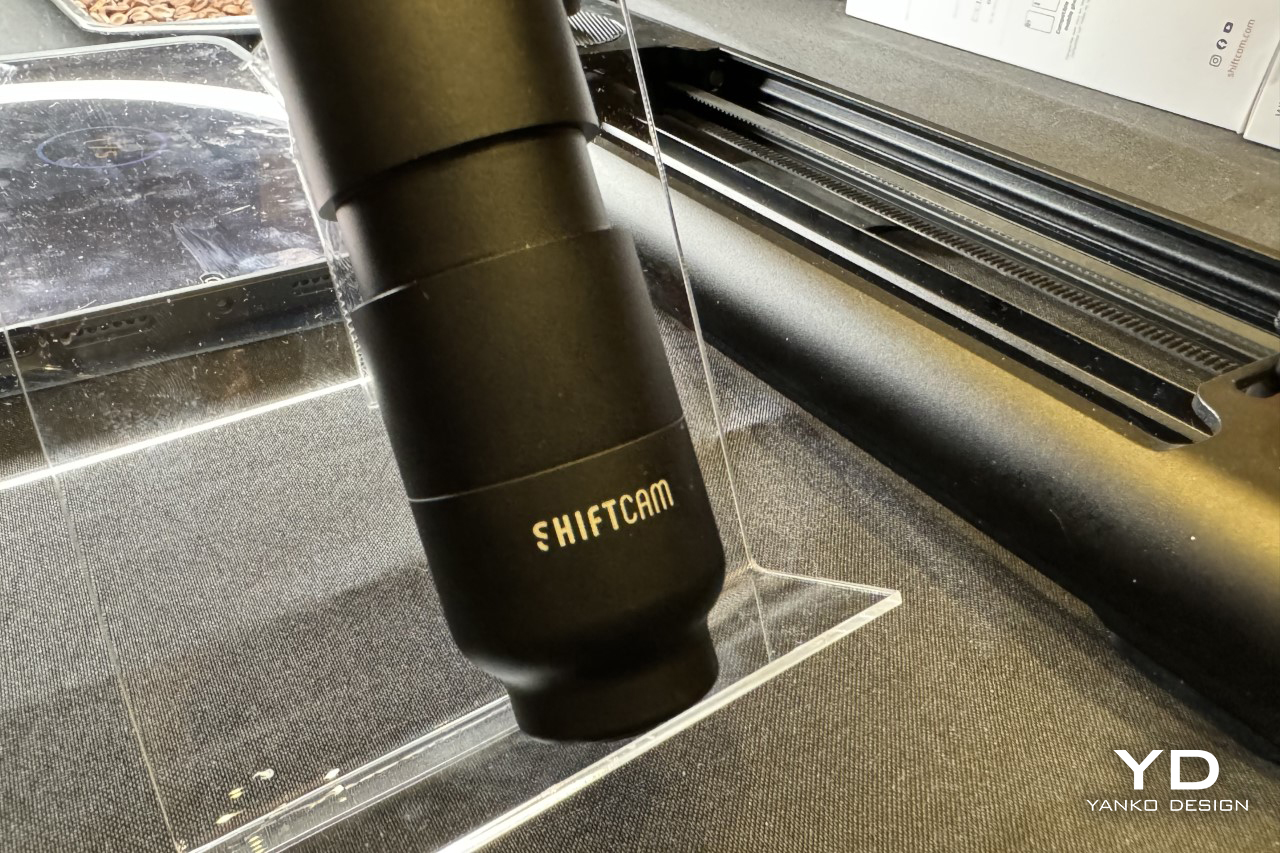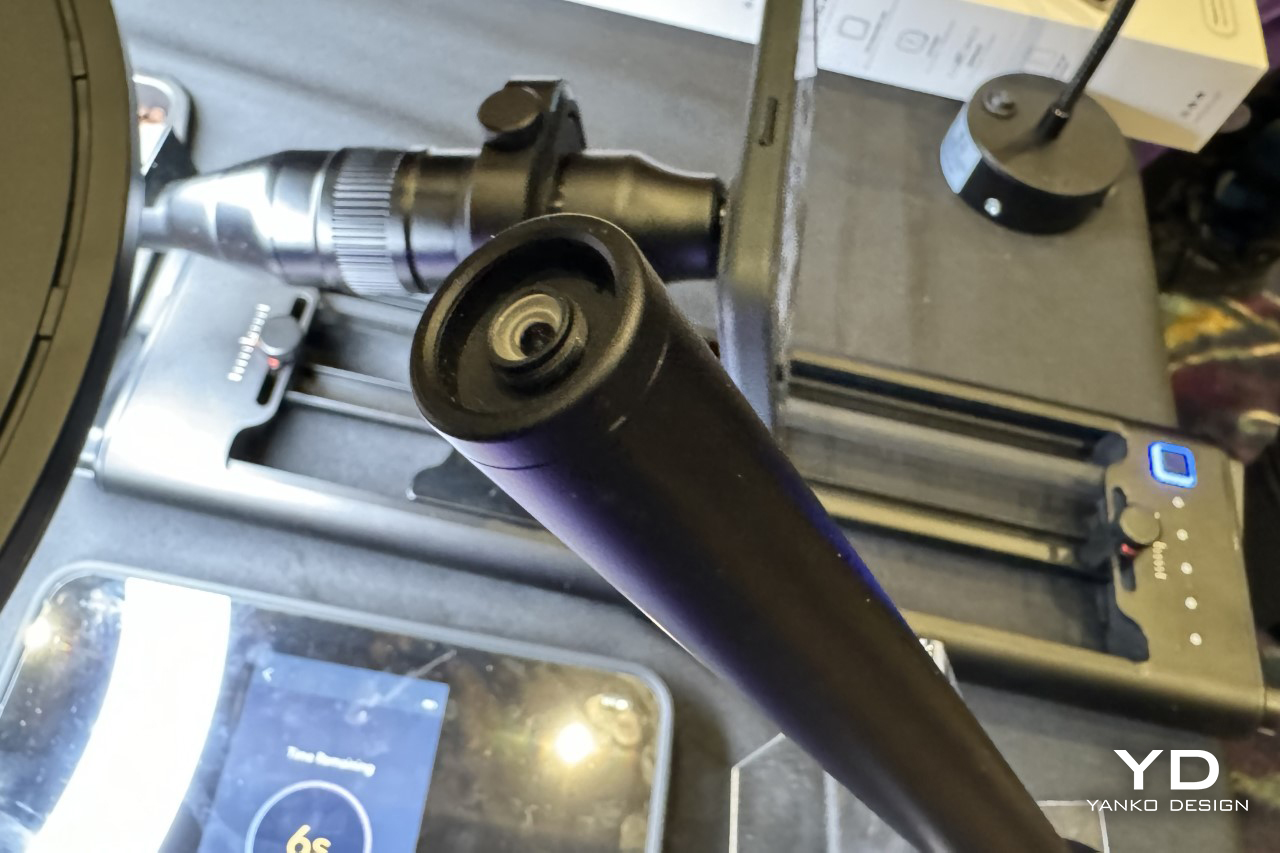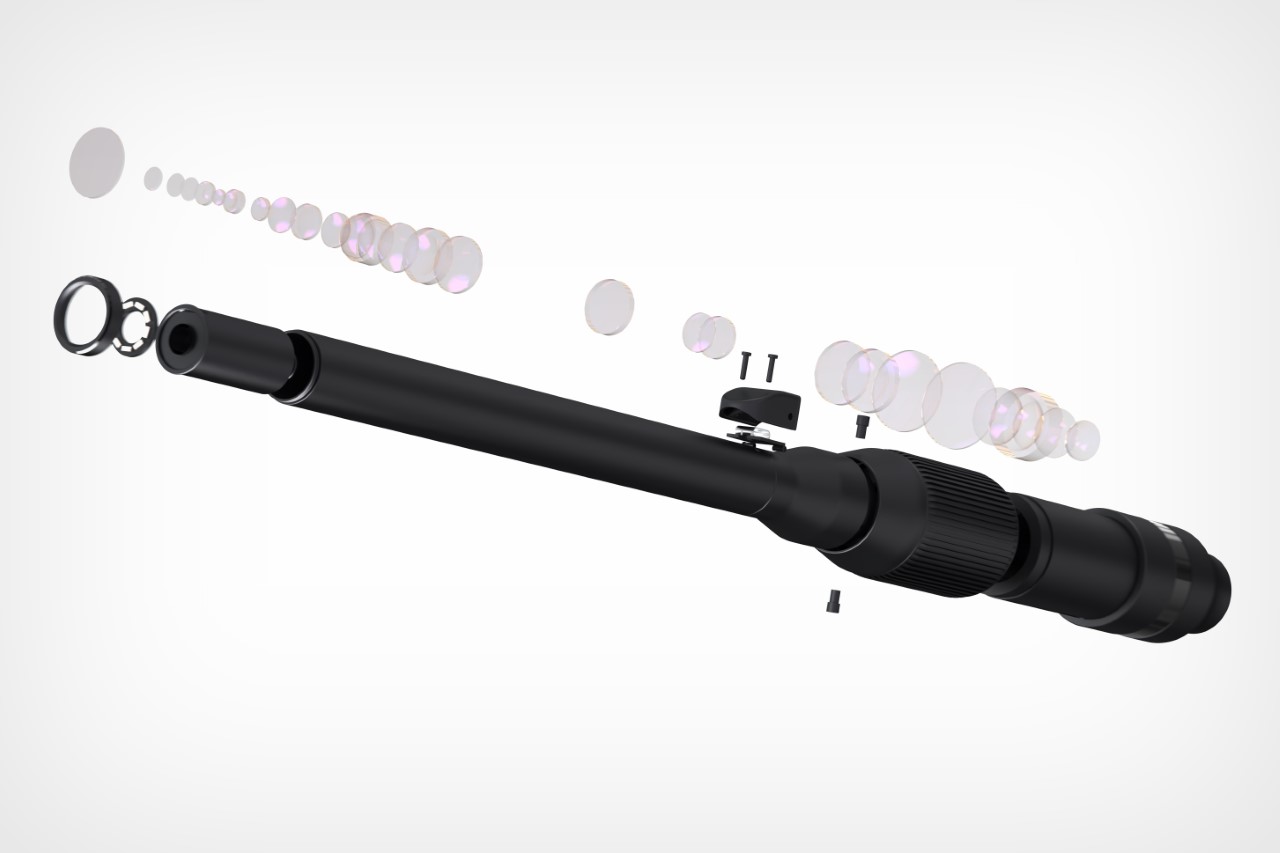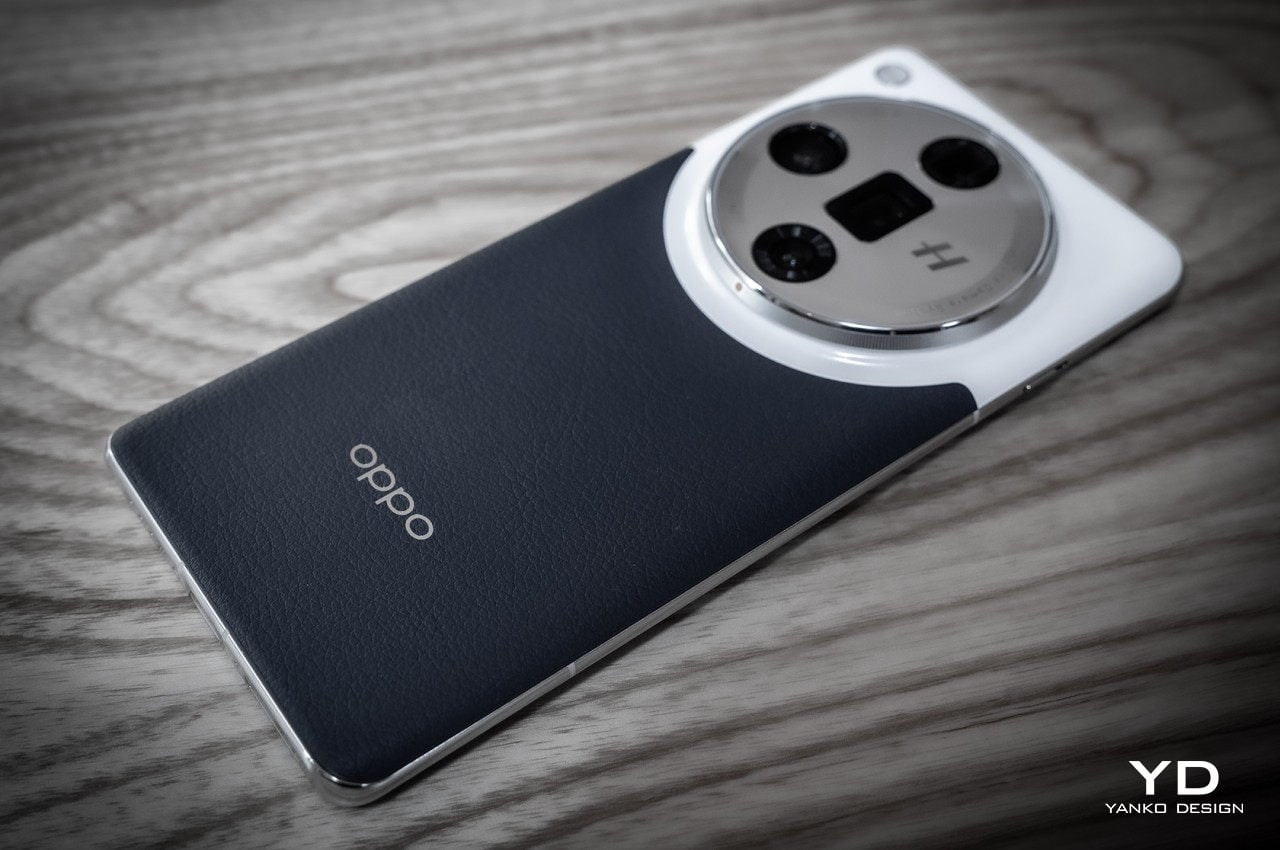
PROS:
- Distinctive and stylish design with a nice touch of vegan leather
- Impressive Quad Main Camera output
- Bright and vibrant display
- Excellent hardware performance across the board
RATINGS:
SUSTAINABILITY / REPAIRABILITY
EDITOR'S QUOTE:
With four nearly co-equal cameras packaged in a gorgeous design, the OPPO Find X7 Ultra makes real the prophesied smartphone that could rival professional cameras.
Photography has become an important part of the smartphone experience to the point that it could be considered one of the most critical deciding factors in a purchase. Companies have been working left and right to provide an excellent experience, but no matter how good the output is, they still can’t compare with the flexibility of a dedicated camera, especially mirrorless and DSLR cameras. You can only cram so much inside the thin body of a smartphone without either compromising on quality or leaving a distasteful bump on the phone’s back. Technology, however, is starting to catch up with smaller but more powerful sensors and lenses that could really give cameras a run for their money. The OPPO Find X7 Ultra embodies that promise, so we give the smartphone and its cameras a good test to see if it’s worth that large disc on its back.
Designer: OPPO
Aesthetics
If you’re familiar with OPPO’s premium smartphone line, then the Find X7 Ultra will immediately look familiar. But even if you aren’t, you’re still in for a treat with one of the most beautiful devices to grace the market so far. Just like its predecessor, the Find X6 Pro, it bears a dual-tone color scheme and a large circular camera bump that others have dubbed the “camera Oreo,” though a resemblance with the top of a soda can wouldn’t be off the mark either. It’s a peculiar design, but one that has a reason and actually serves another purpose, intentional or not.
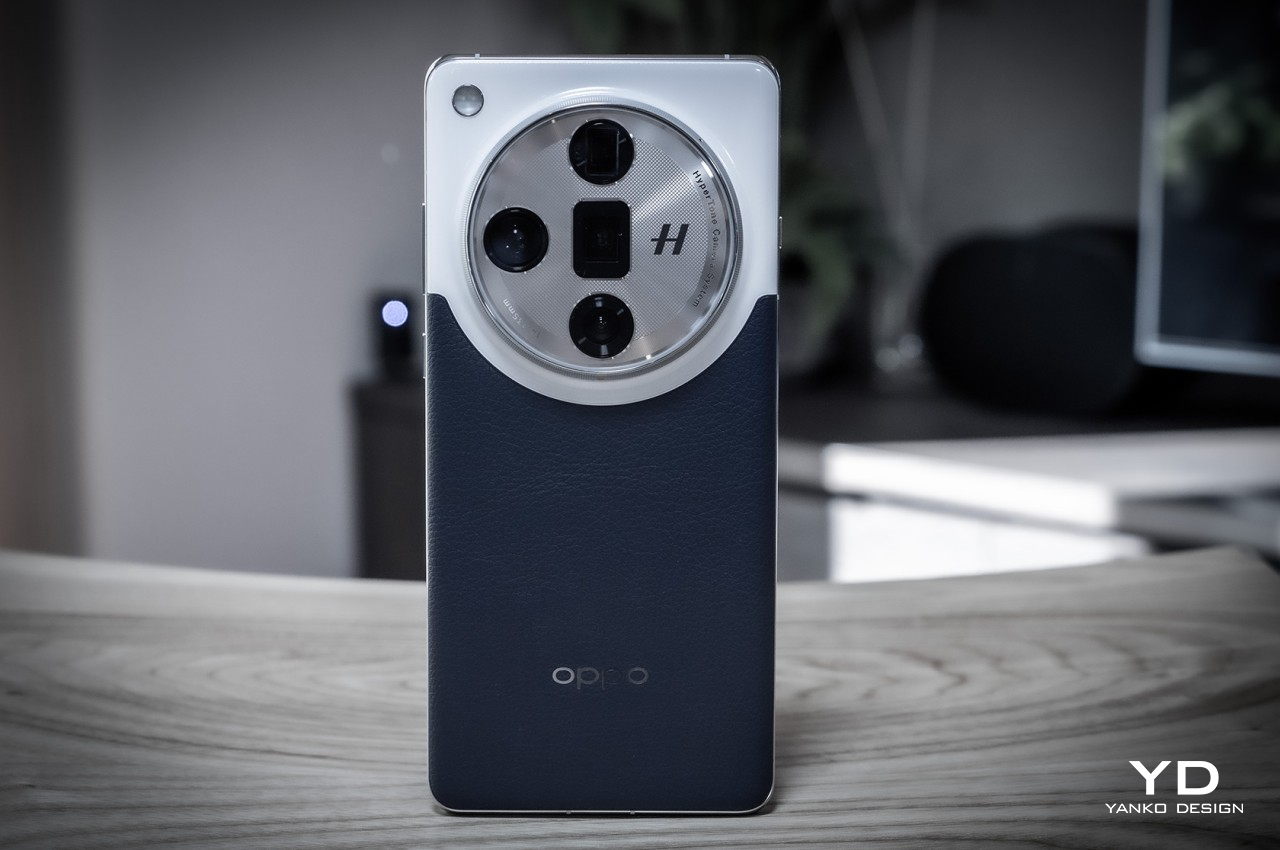
That said, the OPPO Find X7 Ultra isn’t just a rehash of the 2023 flagship. The colored vegan leather that makes up two-thirds of the rear area has a pleasant curve that arcs around the camera at a distance where the two elements intersect. It’s a subtle yet significant change that prevents visual elements from just abruptly cutting into each other. It also has the visual effect of giving the camera Oreo more prominence, with the leather seemingly giving way to this important part of the phone’s design.
The color options for the phone differ in more than just their hues this year, though. Both the Orange and Blue colorways do share a similar design, with the white top of the design looking like a familiar ceramic that OPPO has used in the past. The black colorway, on the other hand, has a few more interesting details, like the stitching on the vegan leather surface. Instead of ceramic, the top looks more like metal but still feels like glass. The mid-frame is also different, using some sandblasted finish that complements the phone’s darker looks.
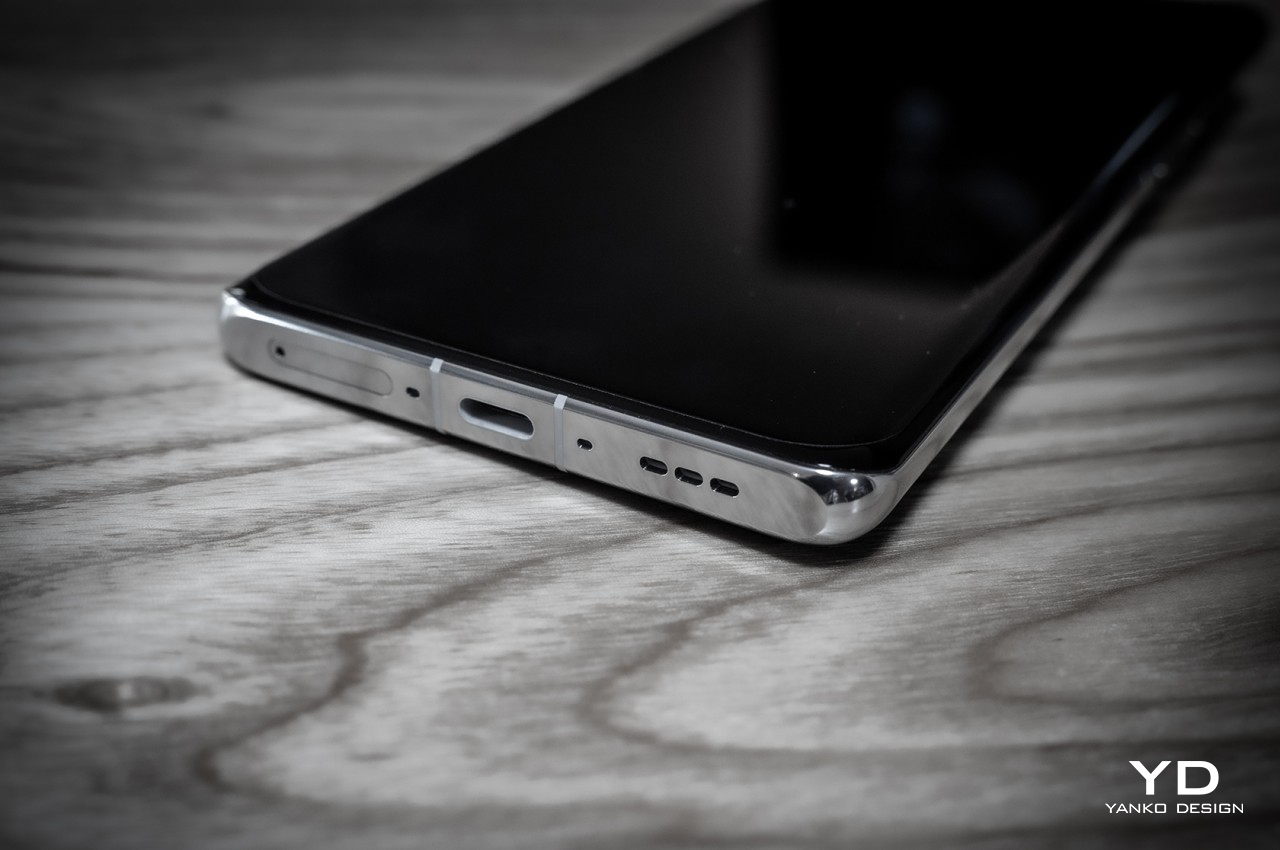
All three do have the same basic design, with a back that curves at the sides toward the edges. On the flip side, the screen is mostly flat but does curve sharply at those same edges, typical of the premium design carried by phones in the past. Admittedly, it’s going to be a divisive design choice, given how flat is back these days. There’s no denying, however, that the OPPO Find X7 Ultra still looks great with this style and probably wouldn’t be as appealing if was completely flat all around.
Ergonomics
The OPPO Find X7 Ultra is a large piece of metal and glass, there’s no getting around that fact. As with any large smartphone, there will be a problem of straining your hand with its weight and making it less comfortable and stable to hold over time. Fortunately, the phone is also unbelievably thin at 9.5mm only, and at 221g, it’s not exactly a heavyweight. It also feels well-balanced and not top-heavy as you might suspect given the size of the camera bump.
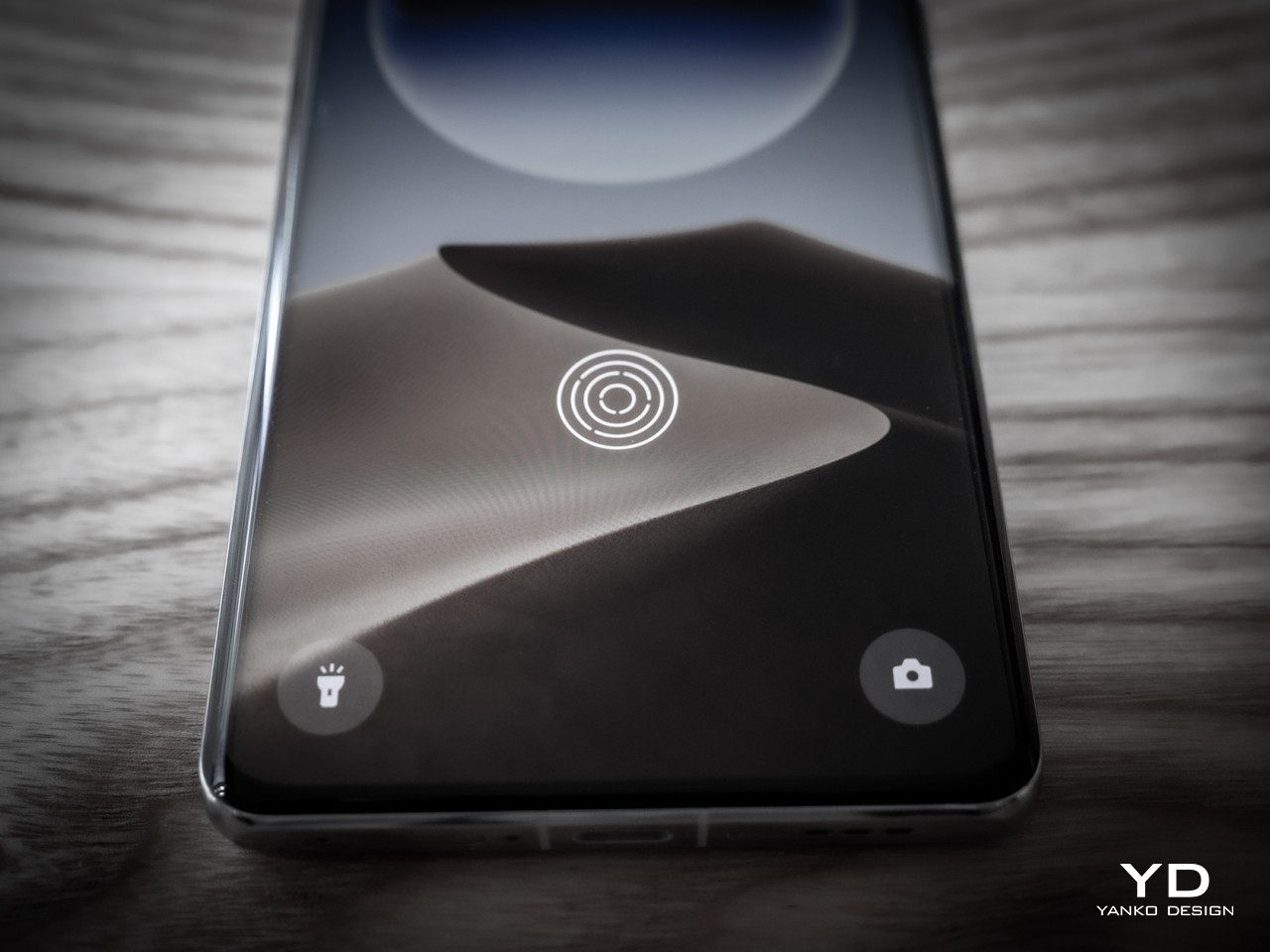
Even better, the rest of the phone’s design also contributes to helping secure a more confident grip. The vegan leather, for example, provides enough texture for your skin to grip comfortably. Even that camera Oreo becomes a place where your index fingers can rest when holding up the phone, especially with a ribbed rim that, again, adds texture and friction to stop the phone from slipping out of your hands. You will still have some difficulty reaching higher areas of the screen if you’re holding it in one hand, but other than that, the size of the Find X7 Ultra doesn’t get in the way of an enjoyable experience when using it.
Performance
The OPPO Find X7 Ultra is a premium flagship through and through, which means it also bears the best of the best hardware available in the market to date. That means a Qualcomm Snapdragon 8 Gen 3, 16GB of RAM, and 512GB of storage, right at the top of the list. Suffice it to say, the phone isn’t wanting in terms of silicon power and it blasts through all kinds of tasks, including heavy gaming, without breaking a sweat. Your hands won’t be sweating either thanks to an impressive cooling system. Mind you, it does get a bit warm with heavier loads, but not to the point of making you want to drop it like a hot potato.
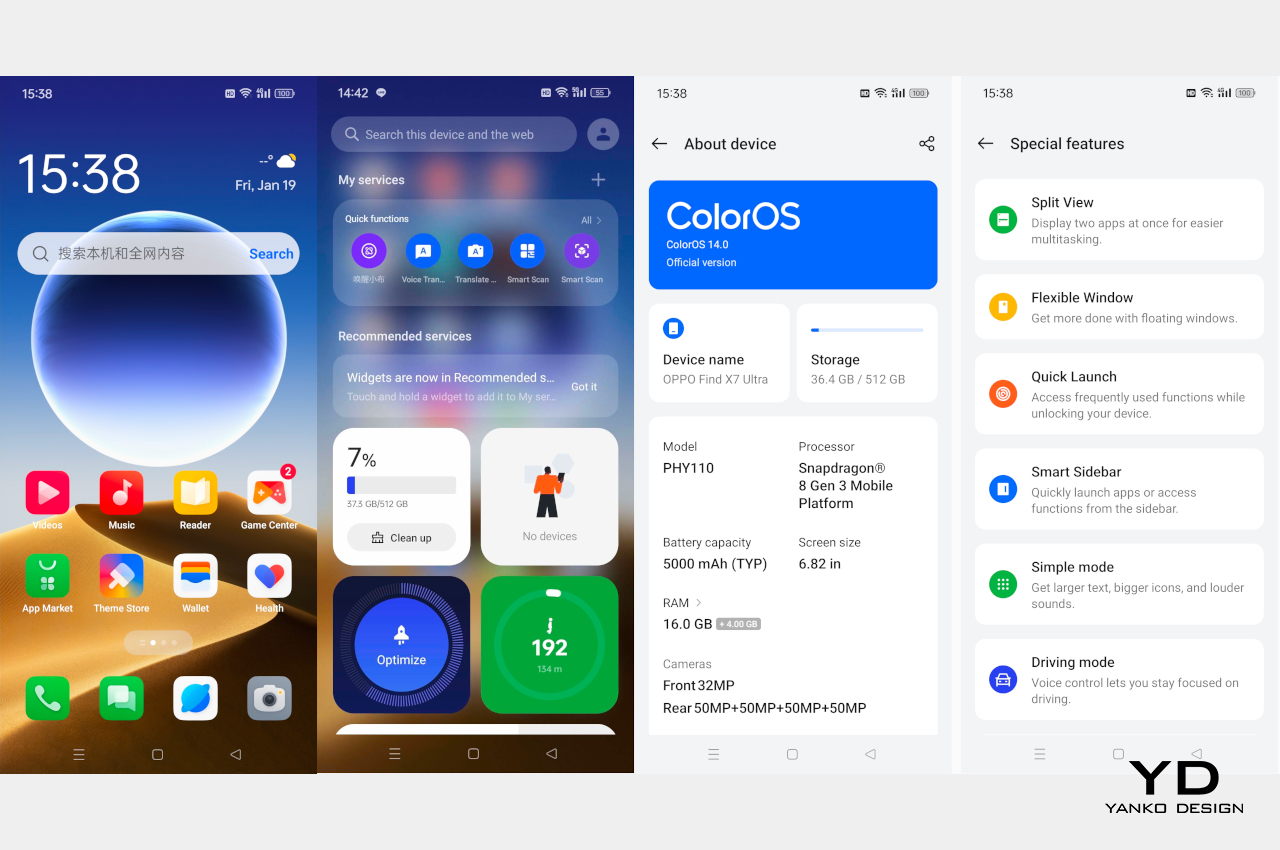
It would be such a shame and a waste if those specs were matched with a mediocre screen and, fortunately, OPPO didn’t fail to impress here either. The huge 6.82-inch LTPO AMOLED display is bright, fast, responsive, and vibrant. It perfectly complements the phone’s luxurious back with an equally gorgeous display that supports the industry-standard HDR10+, OPPO’s own ProXDR, and soon, Google’s new Ultra HDR. Given you’ll want to view the photos you take on this screen, OPPO really needed to make sure that it was up to the task.
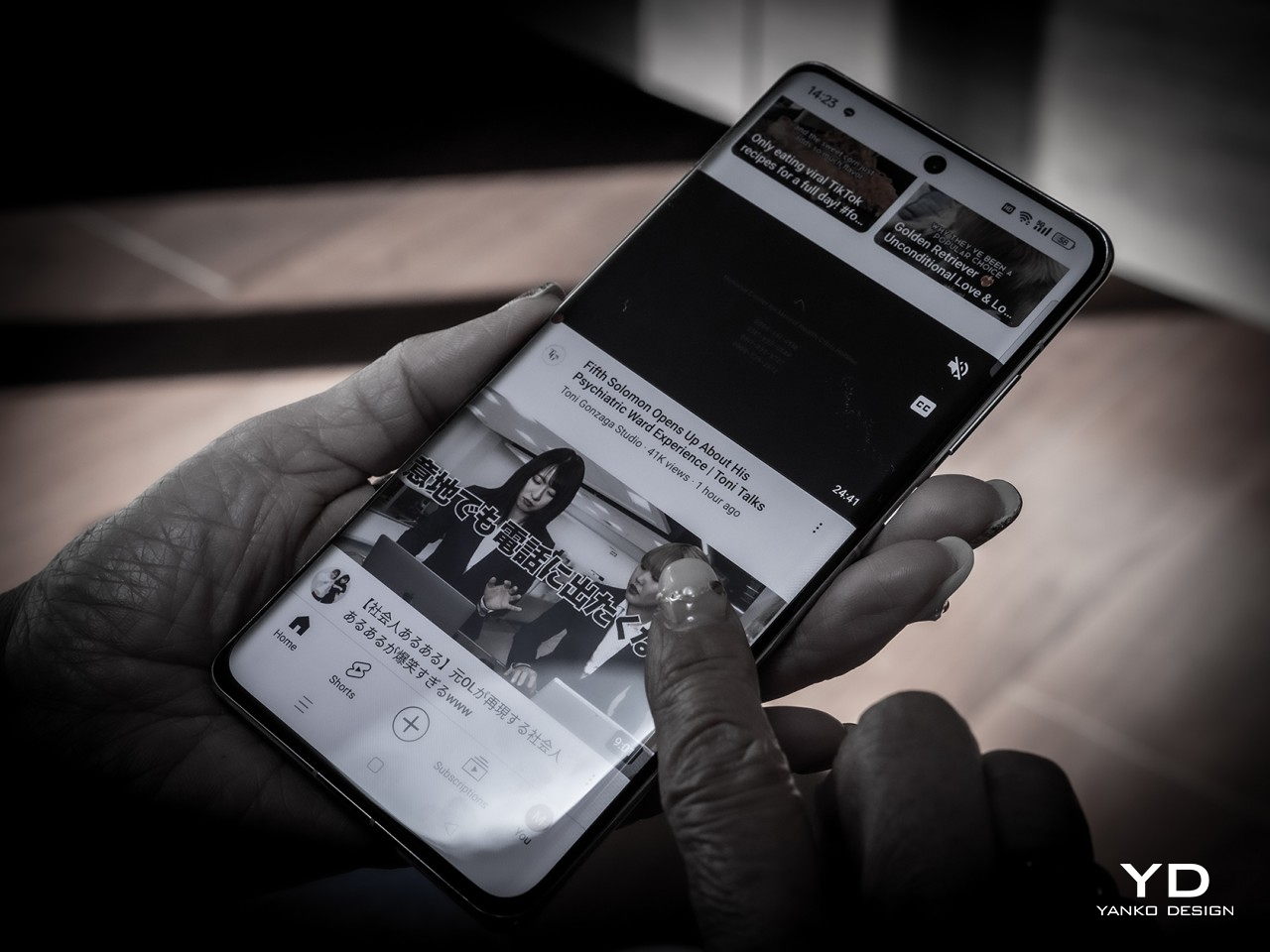
OPPO crammed a 5,000mAh battery inside, which is both common yet also mildly disappointing. With all its capabilities, a higher capacity would have been a better choice, but that would have also weighed down the phone considerably. Fortunately, it does last a day on a single charger, at least with constant use, and the super-fast 100W charging is enough to bring it back to full in about half an hour. 50W wireless charging is also plenty fast, which is a rarity in this regard.
Quad Main Camera and HyperTone System
Much of OPPO’s rhetoric revolves around the OPPO Find X7 Ultra’s Quad Main Cameras, and to be fair, it does deserve some praise for pulling off what comes naturally to professional cameras but not to smartphones. DSLRs and mirrorless cameras can easily change lenses when they need a different focal length or field of view while keeping the same high-quality imaging sensor built into the camera. Smartphones, on the other hand, use a different camera for different focal lengths, but due to space and price constraints, also use different sensors that aren’t always up to the task.
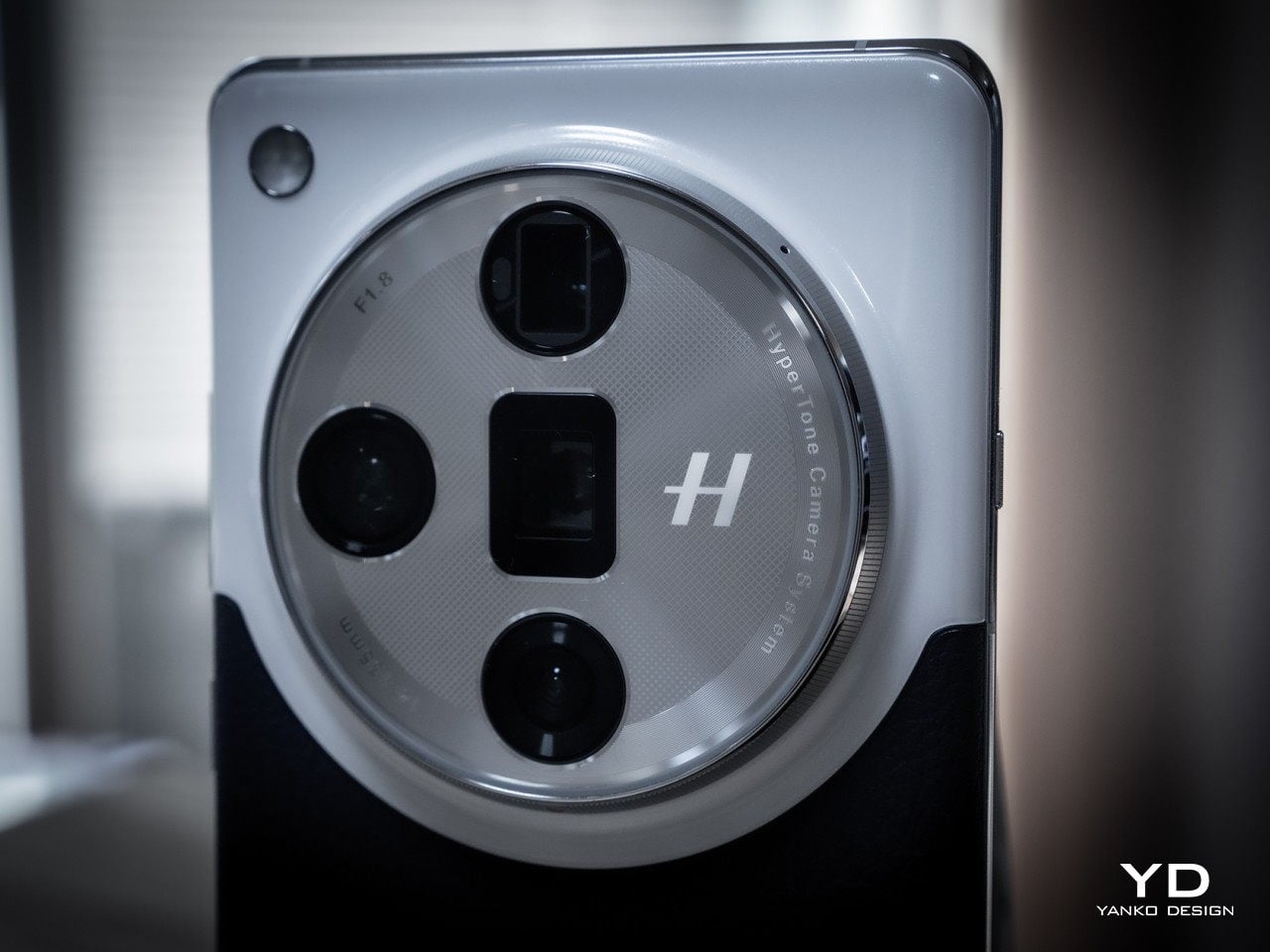
What the OPPO Find X7 Ultra accomplishes is to have four different cameras with different lenses, all of which have 50MP sensors. Yes, these sensors have different sizes and specs and, therefore, different overall quality, but the differences are very marginal at best. No longer do you have to sacrifice quality just to jump from wide to ultrawide to telephoto, nor will you get that jarring effect whenever you switch between cameras.

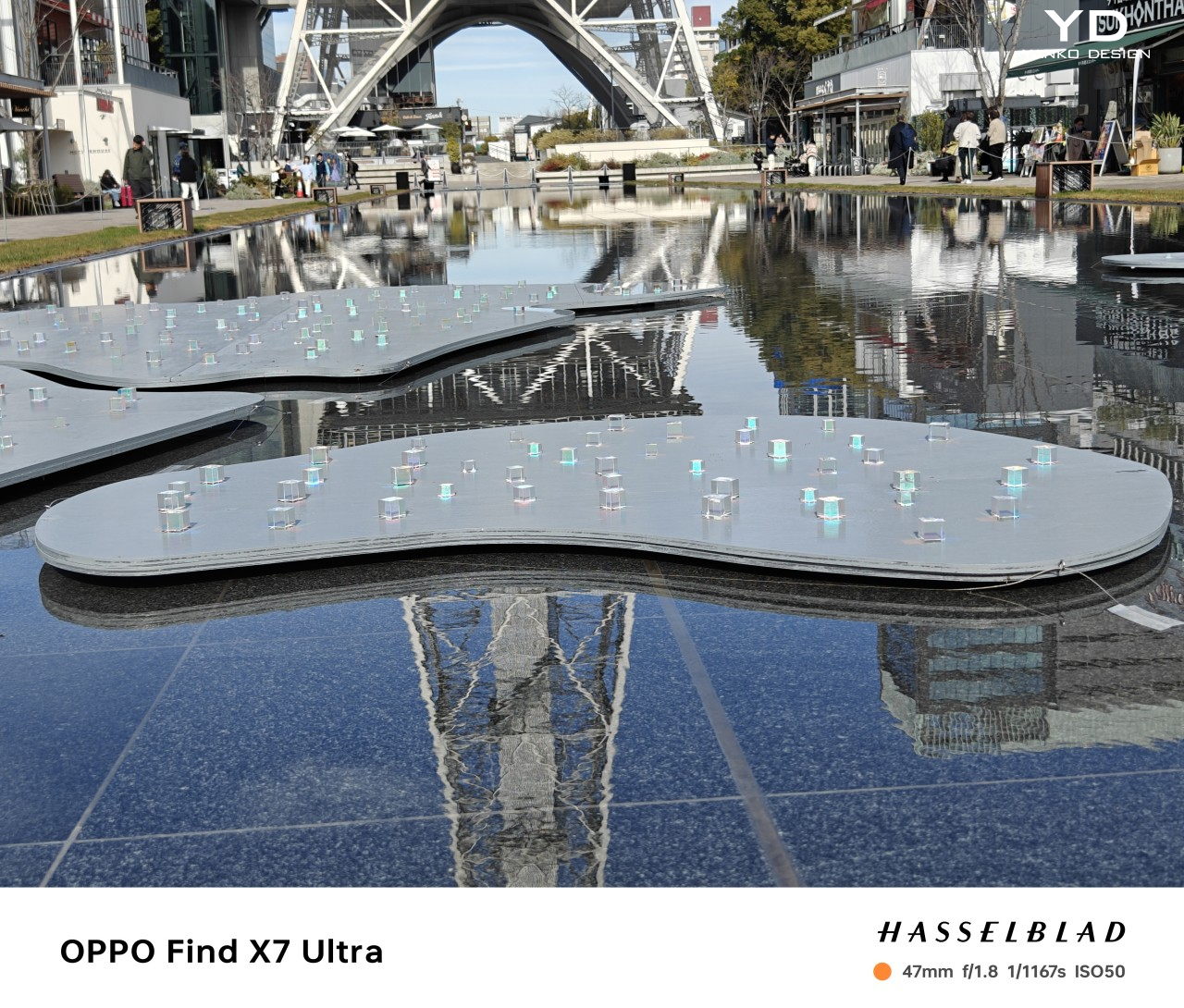
The phone’s mighty camera roster includes a 1-inch 50MP Sony LYT-900 with a 23mm focal length equivalent, a 1/1.95-inch 50MP Sony LYT-600 ultrawide (14mm equivalent), a 1/1.56-inch 50MP Sony IMX890 3x periscope telephoto (65), and a 1/2.51-inch 50MP Sony IMX858 6x periscope telephoto (135mm). With this set, the OPPO Find X7 Ultra practically covers the whole range of lenses used by photographers, including 10x zoom at 270mm with some computational photography. OPPO’s software also allows users to select more common focal lengths, like 35mm for the wide (main) camera, though it does that with a bit of cropping.




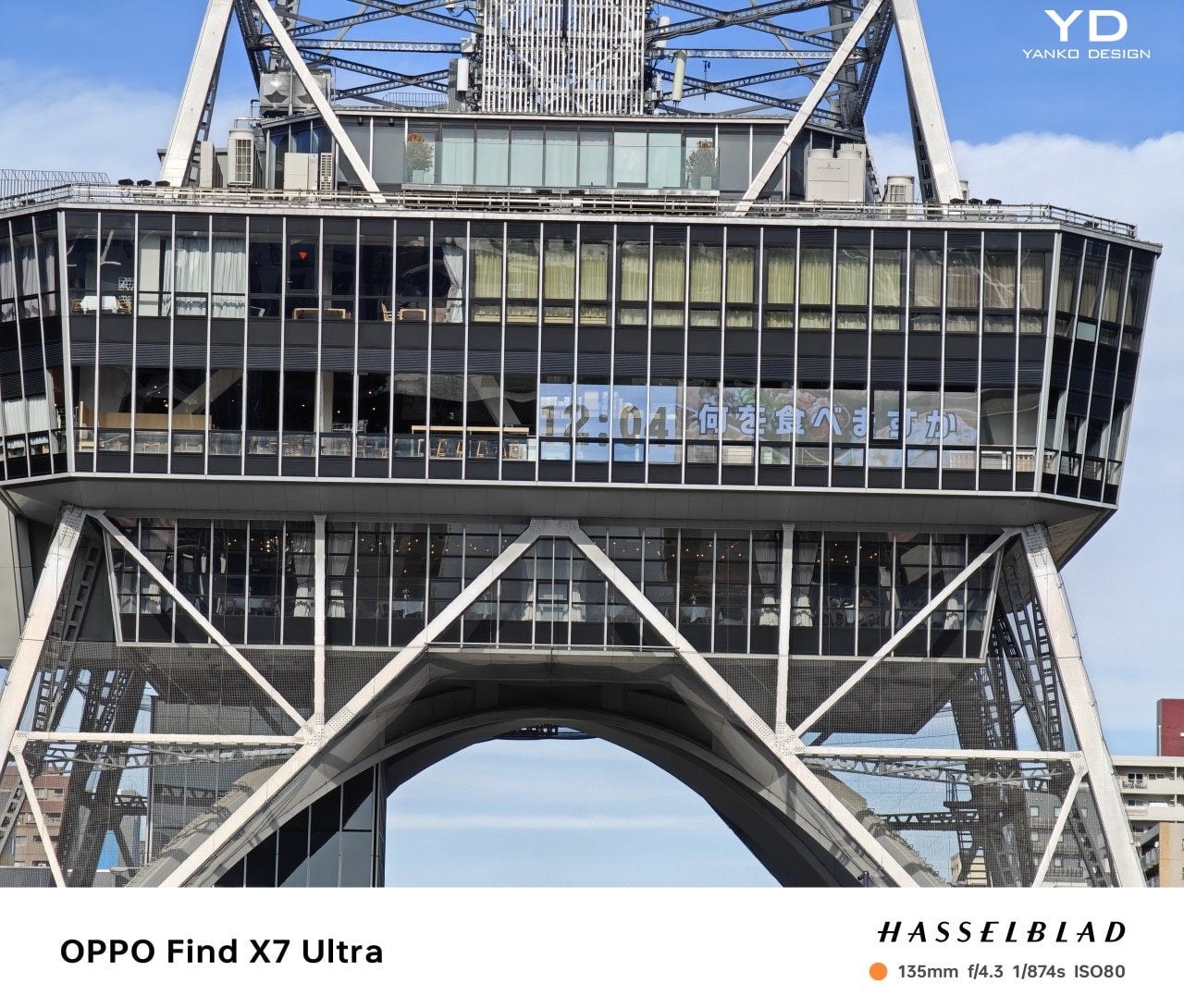
As you might have already noticed with the camera samples, these aren’t just numbers or empty words. OPPO definitely delivered on its promise of professional-quality photos in any field of view, zoom, or even lighting condition. Part of that magic is thanks to its partnership with Hasselblad, which also led to the Computational Photography aspect of its HyperTone camera system. In a nutshell, it tries to avoid oversharpening, overexposure, and other exaggerations that most camera software apply to compensate for poor image quality, resulting in more natural-looking photos you might have never thought came from a smartphone instead of a pro camera.
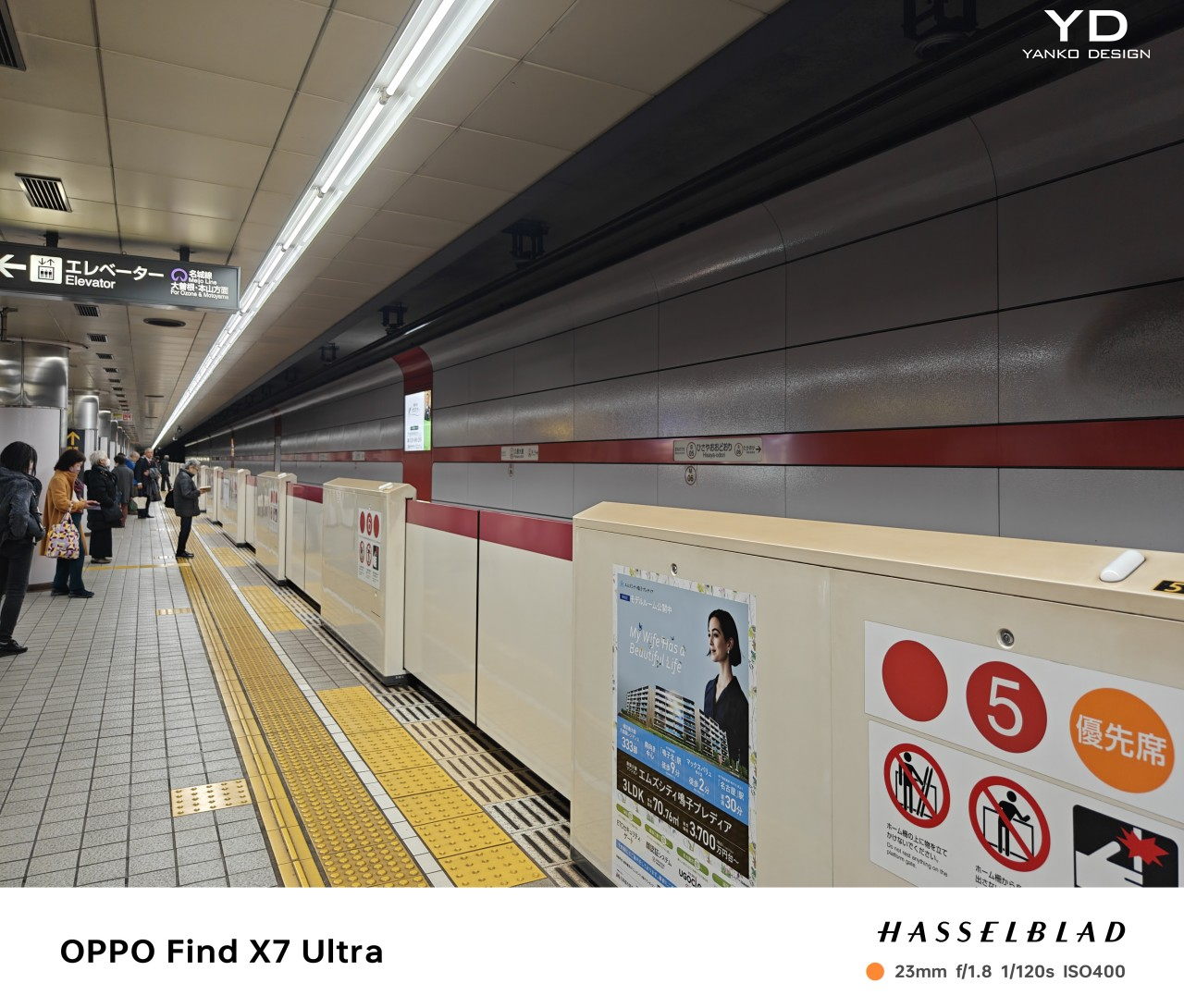

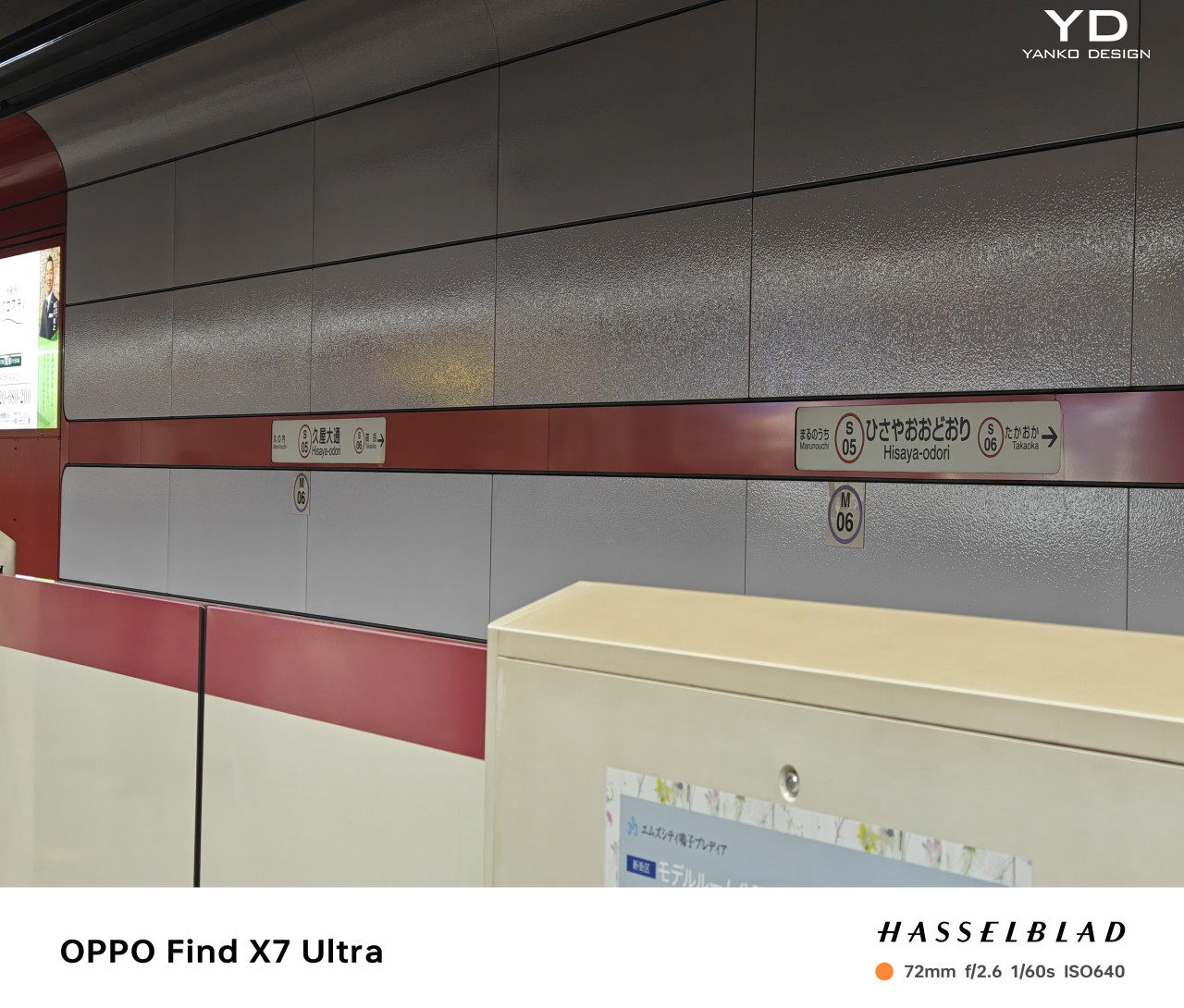
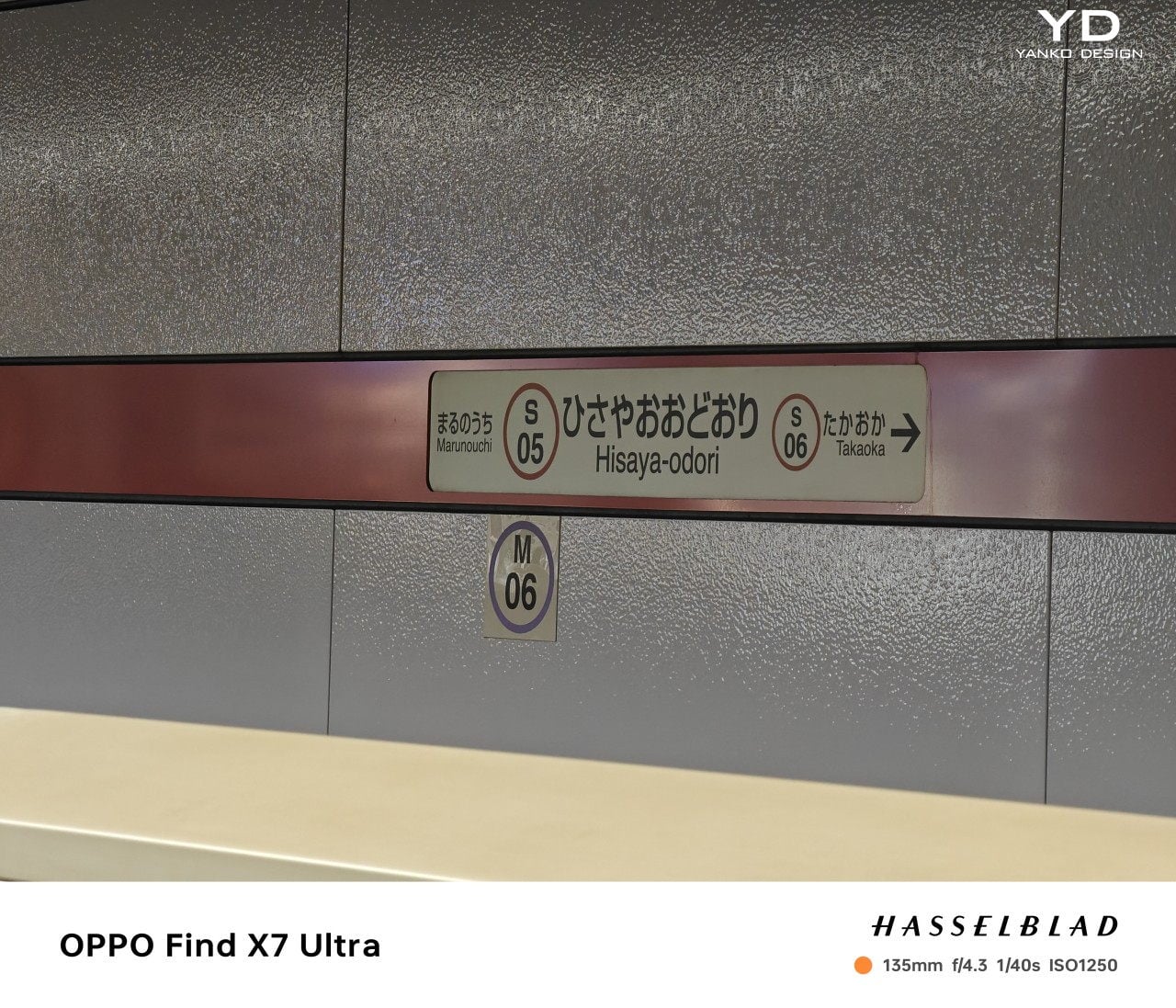

Sustainability
As one of the world’s top 5 smartphone vendors, OPPO has taken its responsibility for preserving the environment quite seriously. In addition to a few models that made use of recycled or sustainable materials, the company also has a concrete program for reducing the negative impact its business has on the planet. That involves reducing its carbon footprint, optimizing its packaging and logistics, and offsetting its harmful emissions.
Unfortunately, the OPPO Find X7 Ultra itself doesn’t have the clear marks of a sustainable phone. Sure, it uses vegan leather across all models, but that synthetic material isn’t completely environment-friendly either, despite the name. One upside is that the phone is IP68-rated, which is one of the highest dust and water resistance levels for smartphones, promising a mostly durable product that should last you quite a while before you have to throw it away, responsibly, of course.
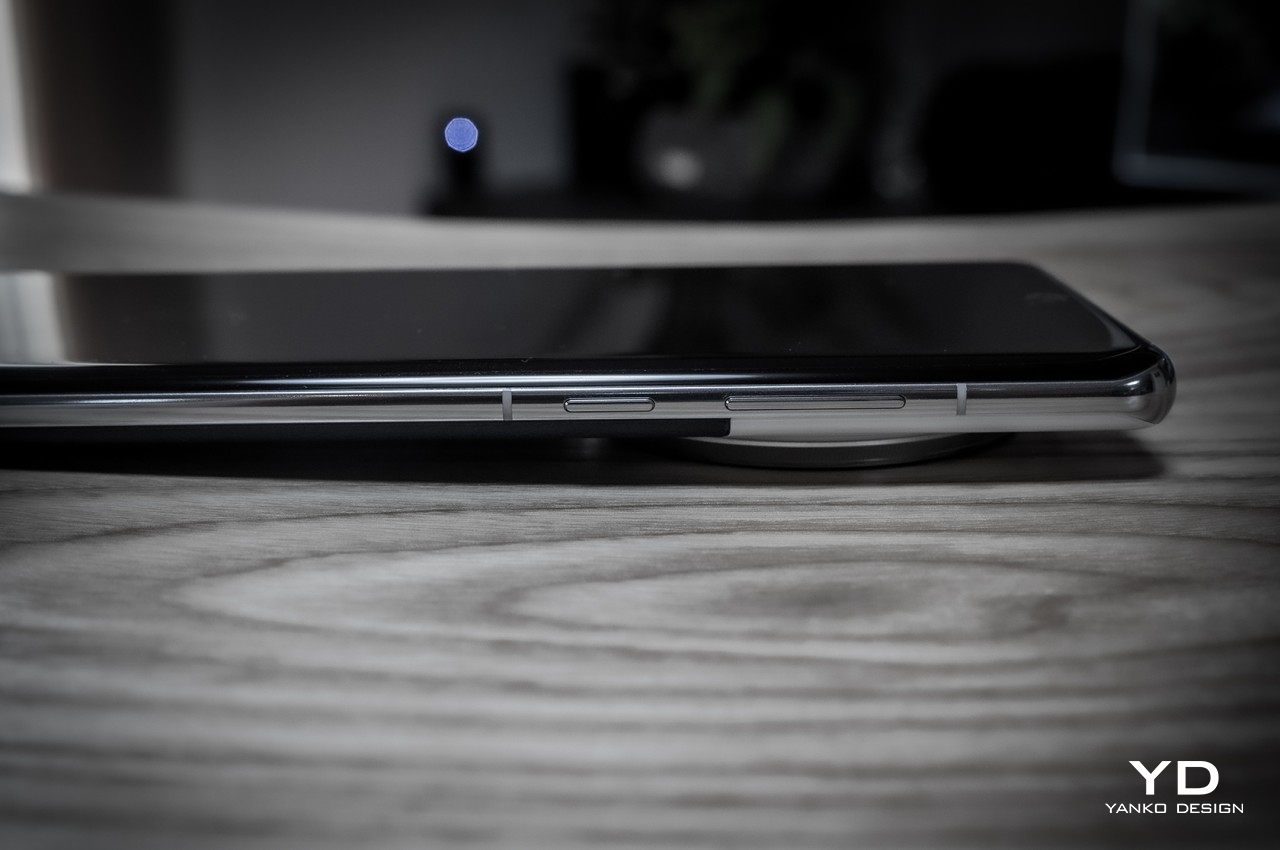
Value
If you’re anything of a mobile shutterbug, it’s hard not to get excited over the OPPO Find X7 Ultra. Although it’s not going to dethrone an expensive DSLR, it really comes close to it with its HyperTone Quad Main Camera System. And all that imaging hardware is packed into a thin and stylish device that you can also use for more than just taking photos. What’s not to like?
Unfortunately, the product’s value takes a nosedive because of the fact that, as of this writing, OPPO has no plans yet to bring the OPPO Find X7 Ultra to international markets, making it exclusive to a Chinese audience. Yes, you can probably import the phone through other channels, but that won’t change the fact that the version of ColorOS software running on it isn’t made for global users. Yes, you can install Google Play Store unofficially, but that still won’t give you access to some basic platform capabilities you’d expect from international versions of these devices. It’s definitely a shame that such a treasure would be out of reach, and hopefully, OPPO will change its mind very soon.
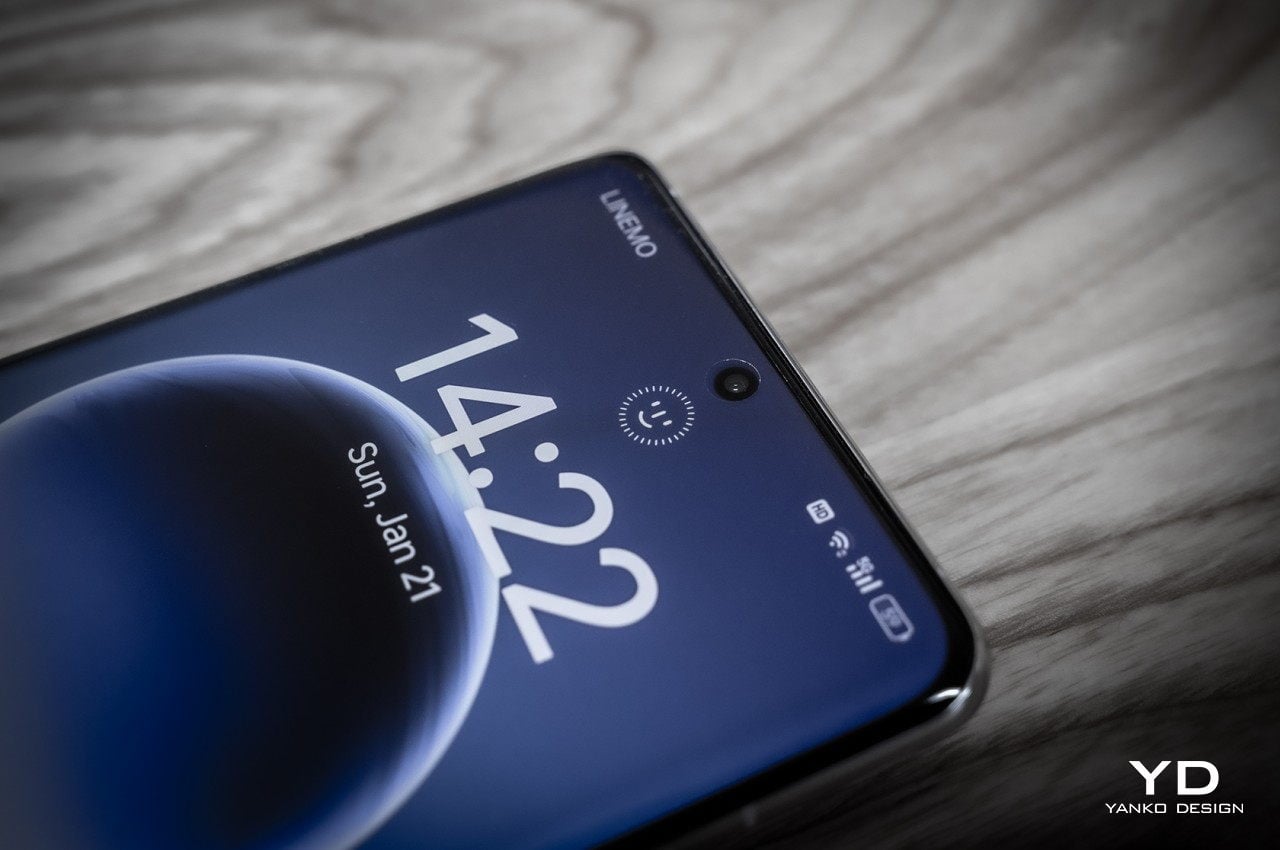
Verdict
Smartphones are sometimes a victim of their own success, or at least of marketing hype. It wasn’t that long ago when they were said to devour the lower end of professional cameras, but they haven’t managed to surpass the bulkier and more powerful shooters in terms of flexibility and quality. It’s just impossible, given the restraints on design, price, and engineering, so smartphones have to make do with workarounds and software solutions.
The OPPO Find X7 Ultra, however, comes pretty close to that ideal. It still can’t change lenses physically, but it provides almost the same experience through a perfect combination of hardware and software. Of course, it’s not just a digital camera, and it manages to excel in almost every field with very few flaws. It’s tragic that most people won’t be able to experience all of that, though, but hopefully, they will soon be able to get their hands on what could very well be this year’s most beautiful and most capable smartphone camera.
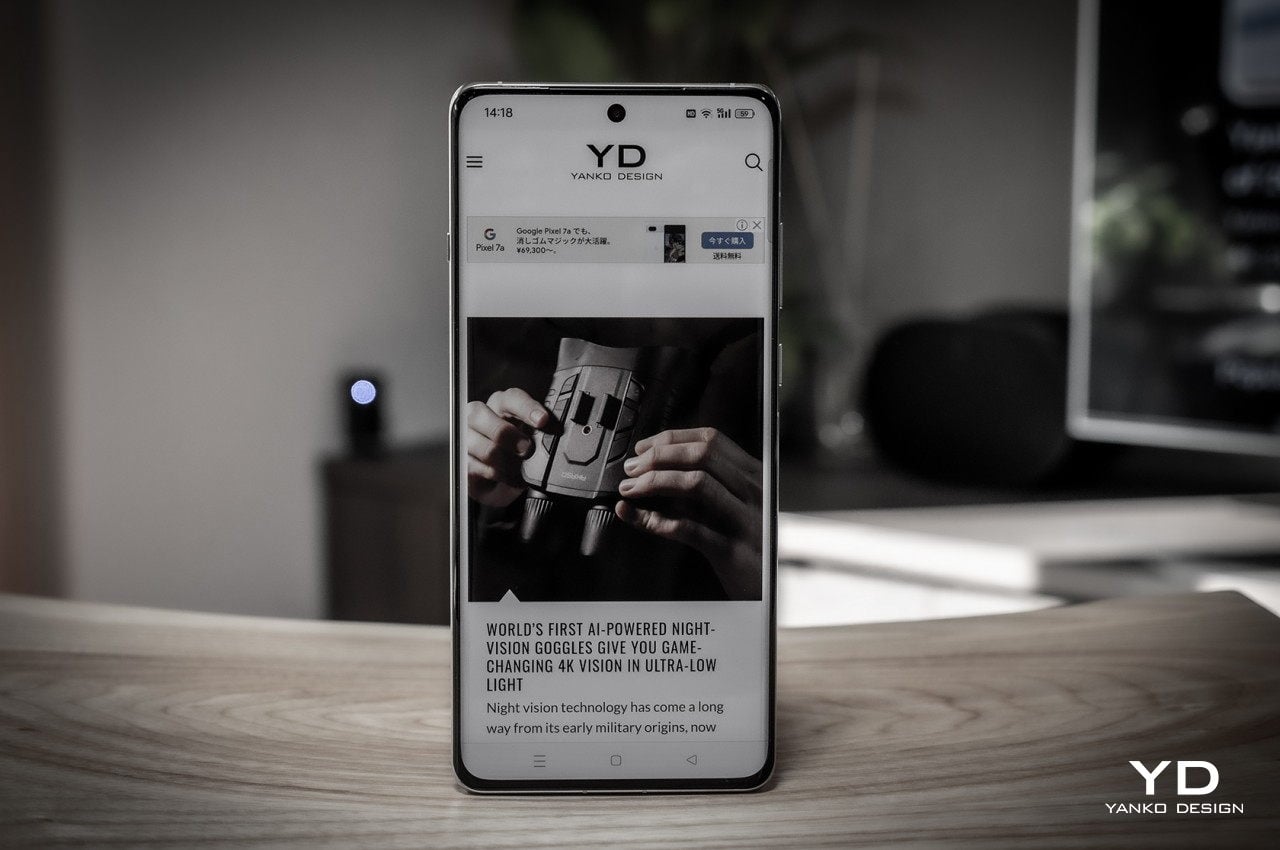
The post OPPO Find X7 Ultra Review: Inching Closer to Photography Perfection first appeared on Yanko Design.
